OK Well First, What Do The Tonsils Do?
The tonsils are the body's first line of defense and serve as both guards for the airway and digestive system, and as indicators of the immune systems health and function. They provide a window into the immune system’s overall state.
The tonsils are are positioned to encounter inhaled or ingested pathogens immediately. They contain immune cells—including B cells, T cells, macrophages, and dendritic cells—that capture foreign particles and present them to the immune system. This helps trigger an adaptive immune response, including the production of antibodies (such as IgA) that are crucial for protecting mucosal surfaces.
Because tonsils are one of the first tissues to come into contact with pathogens, changes in their appearance—like redness, swelling, or the presence of white exudates—often reflect an active immune response. These changes can indicate that the body is fighting off an infection or reacting to an inflammatory stimulus.
Why is Chronic Tonsil Inflammation Concerning?
Chronic tonsillar inflammation, tonsil stones and abnormal growths in the tonsils and lymph nodes have been found to be linked to paraneoplastic conditions, as they reflect the body’s attempt to manage the burden of excess misfolded proteins and immune dysfunction.
Literature & Studies:
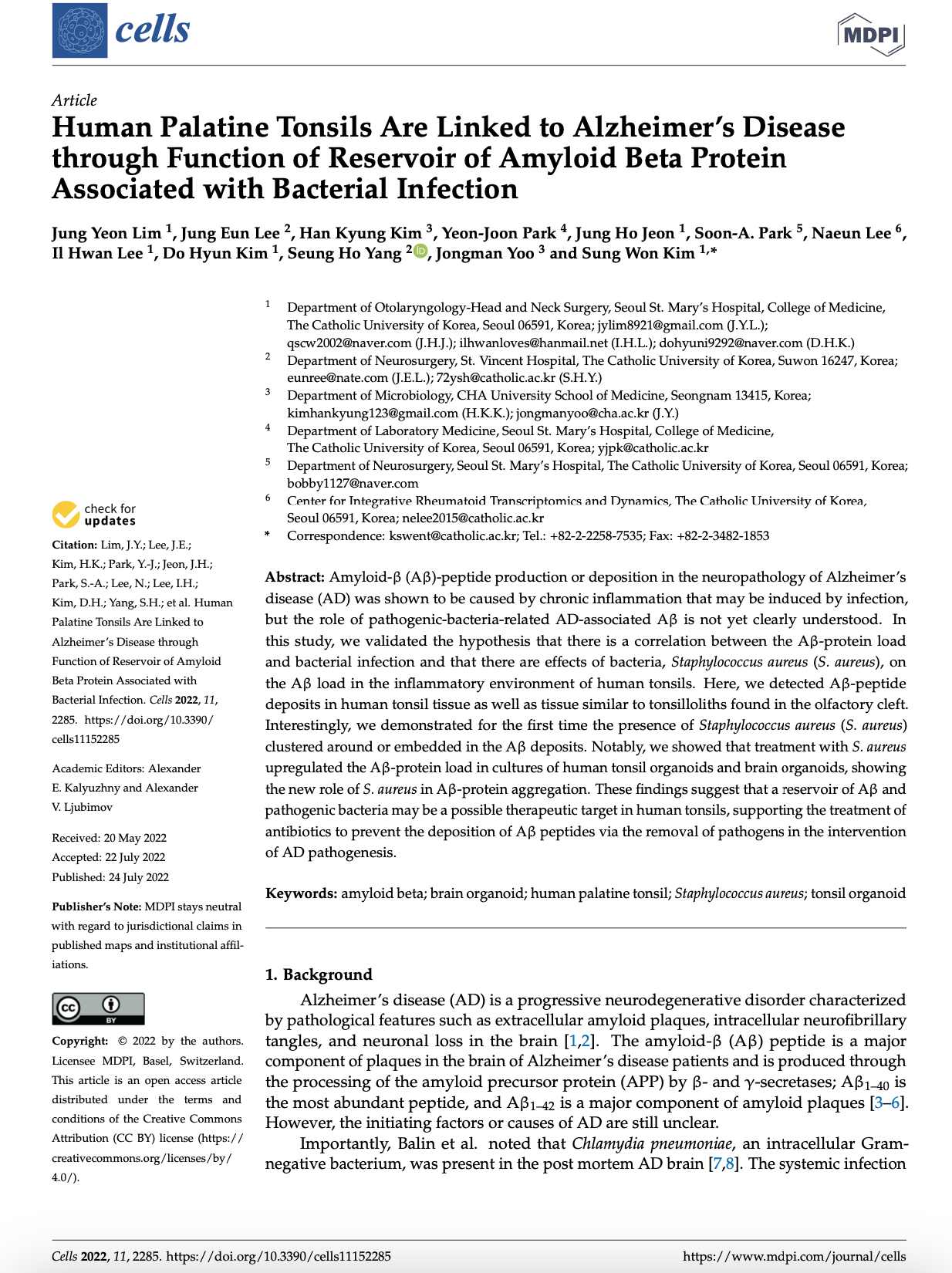
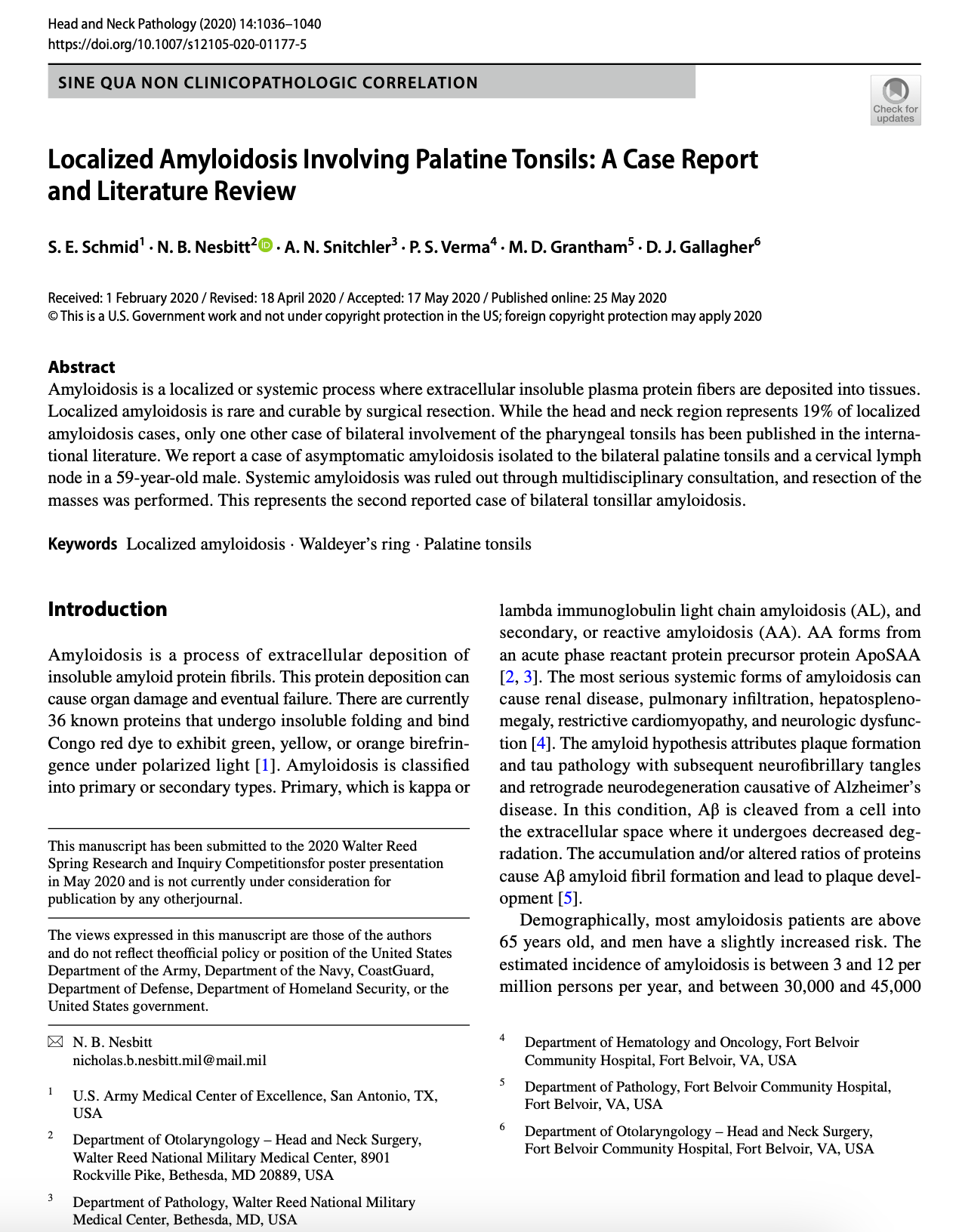
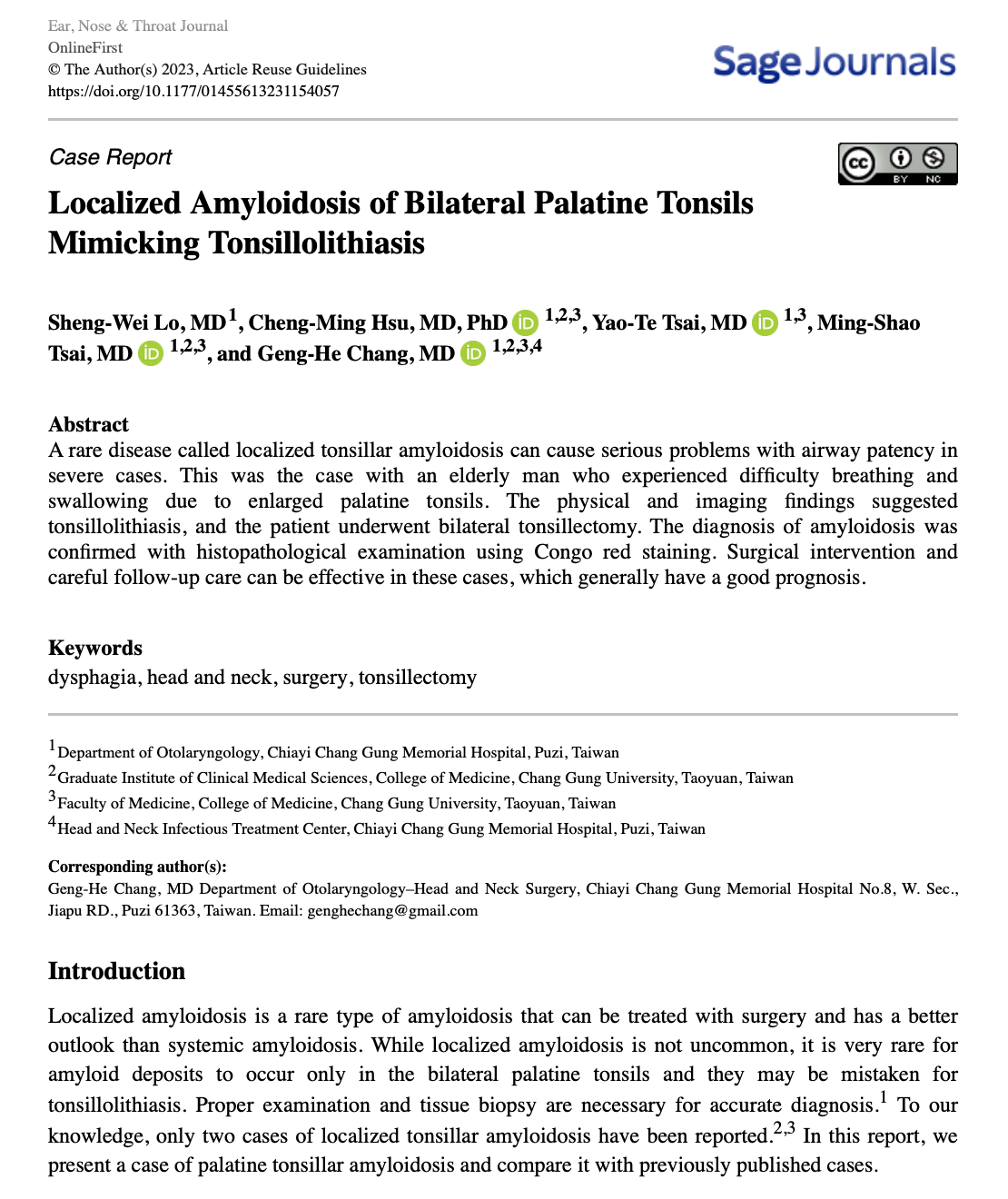

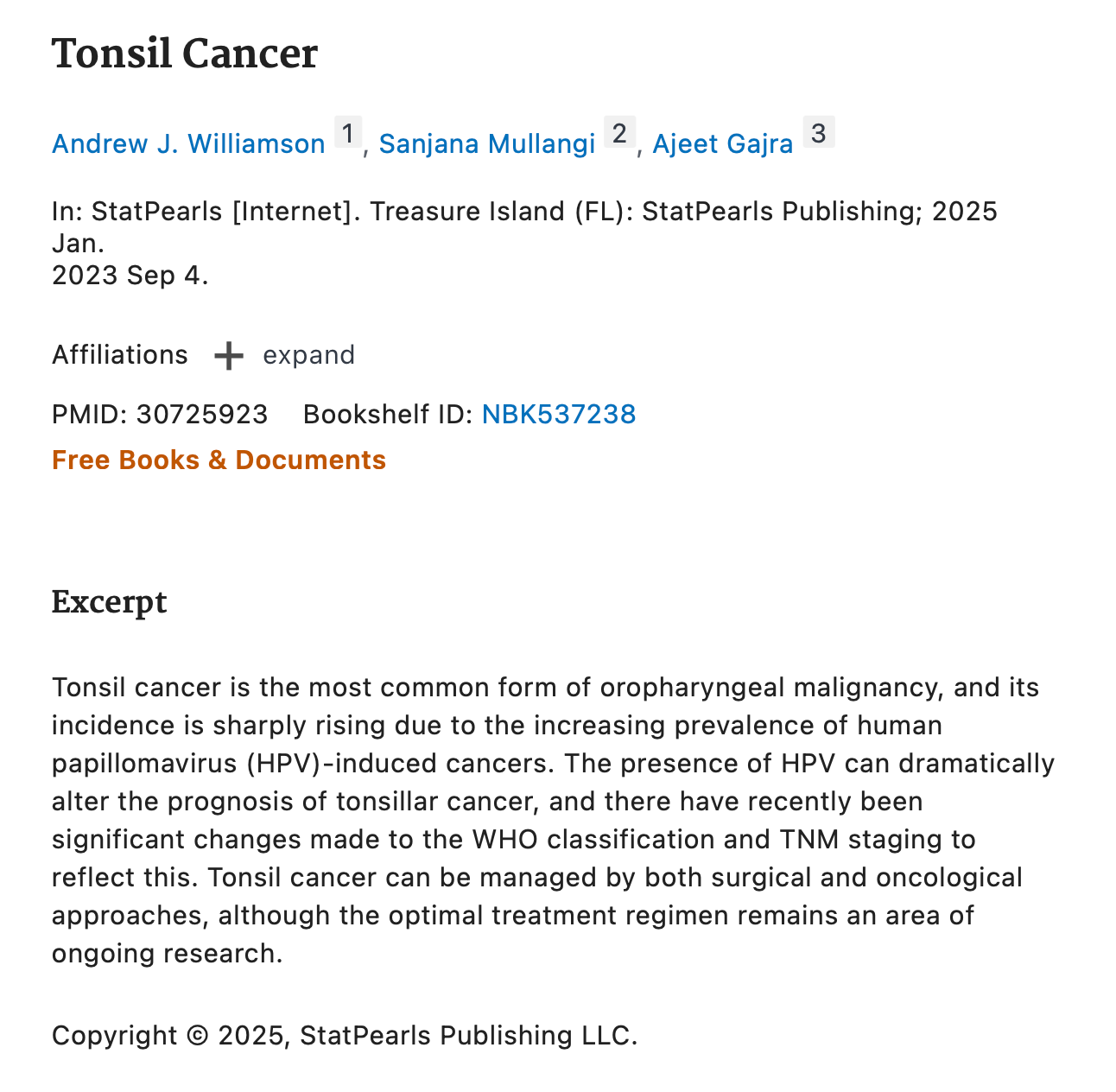

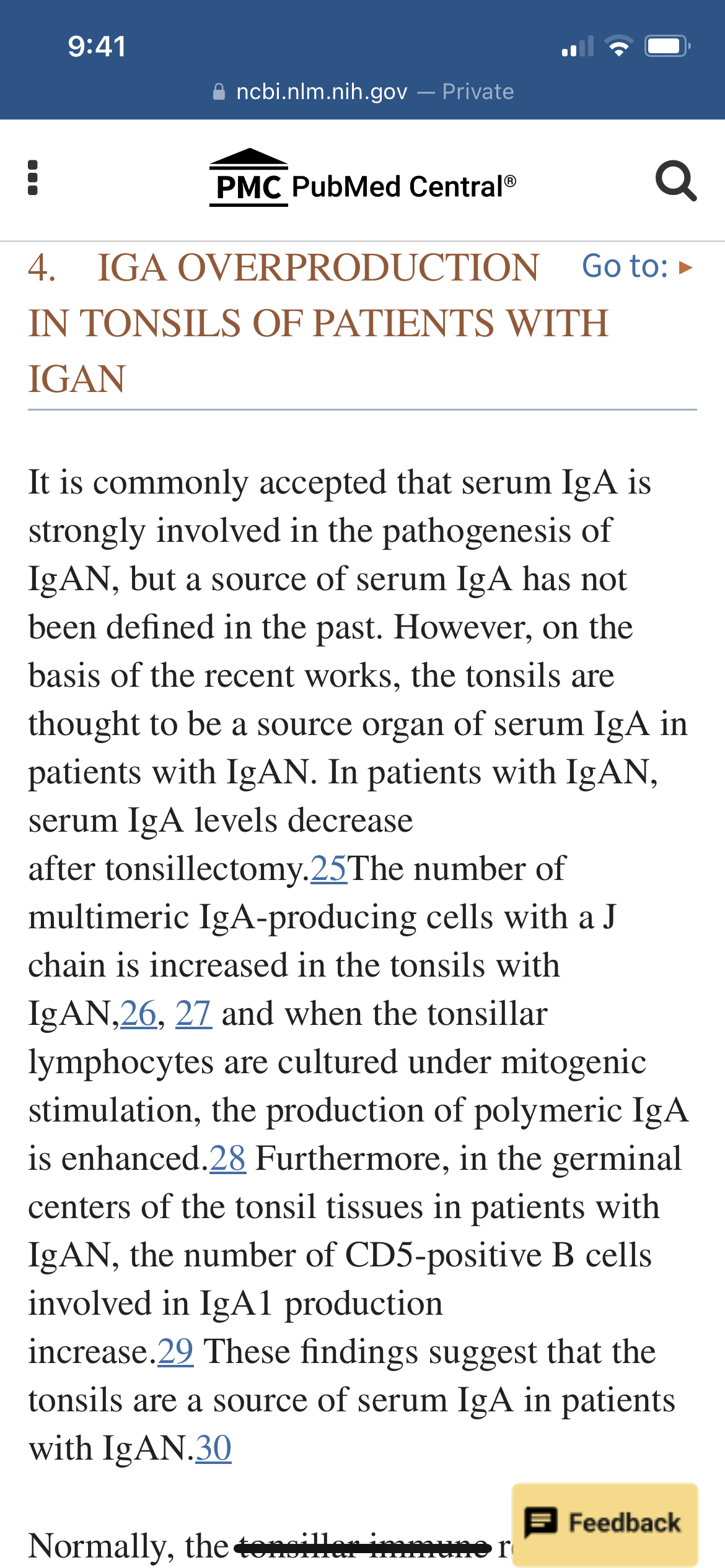
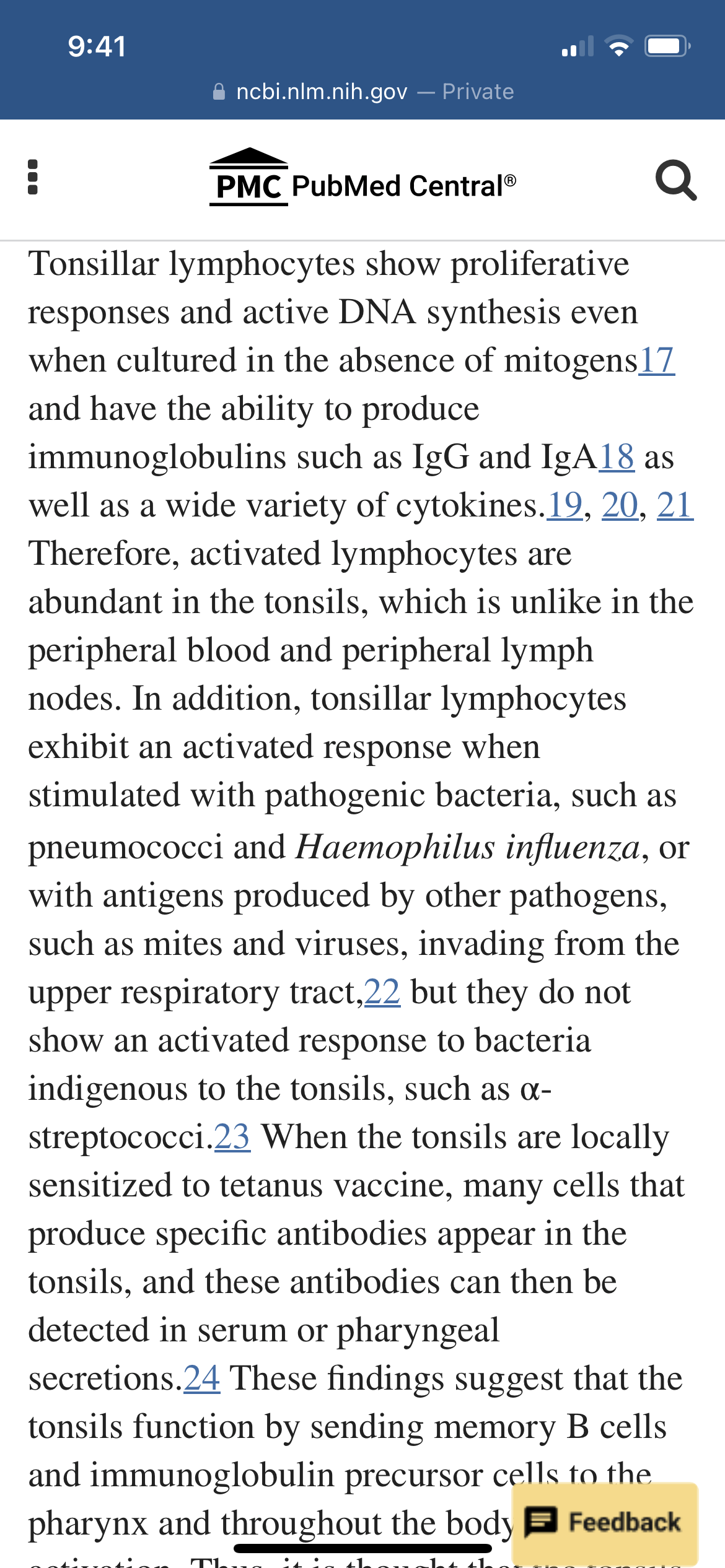
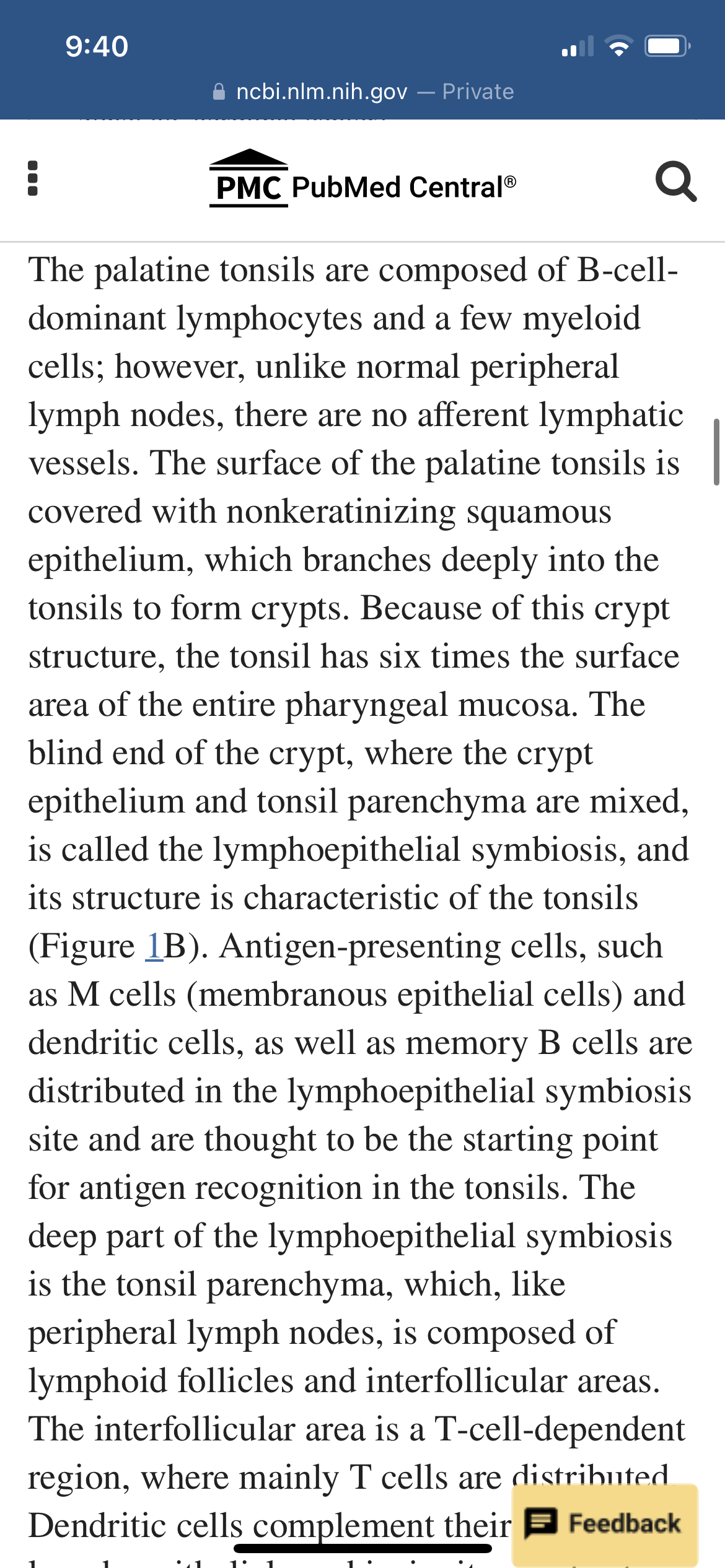
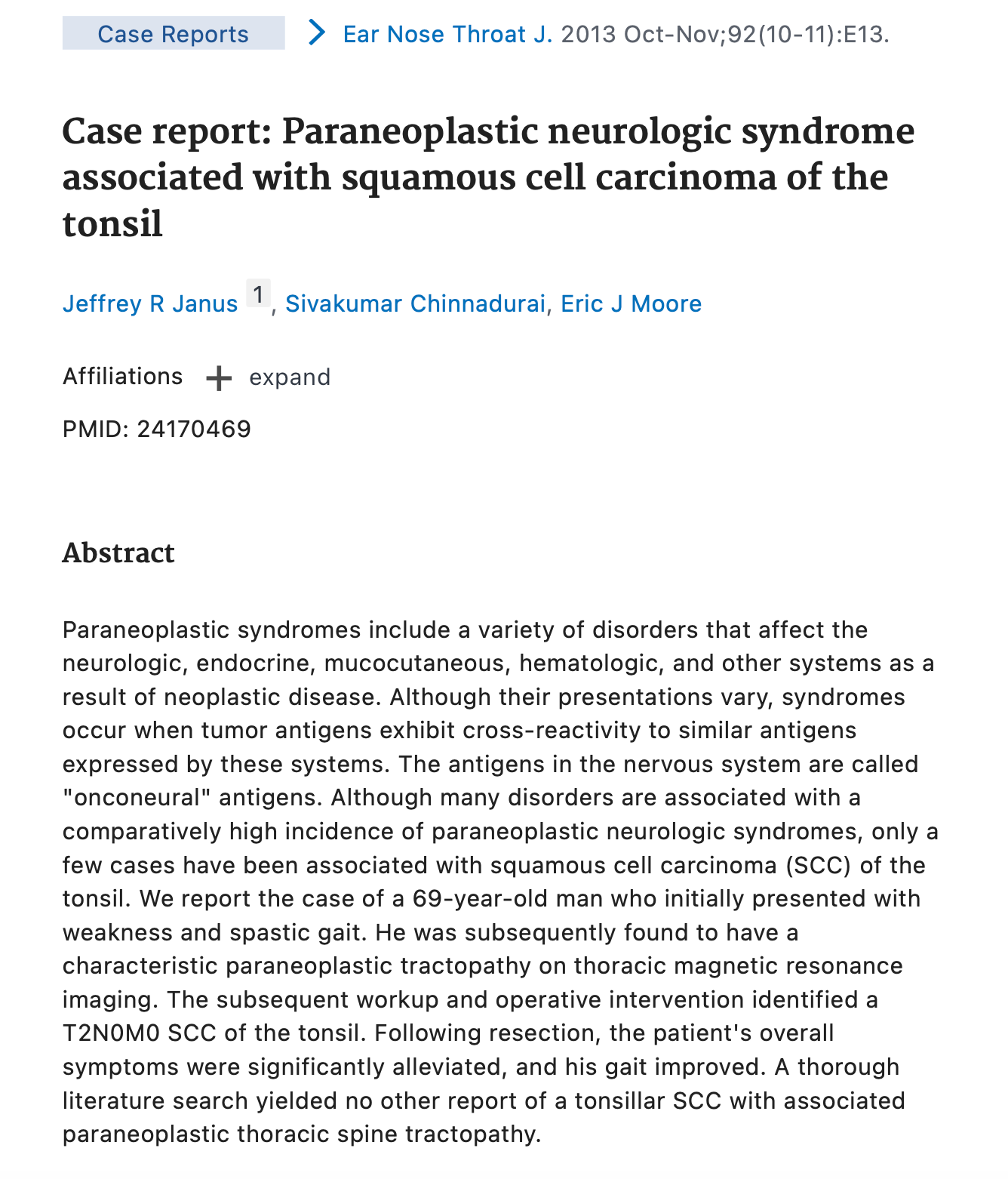

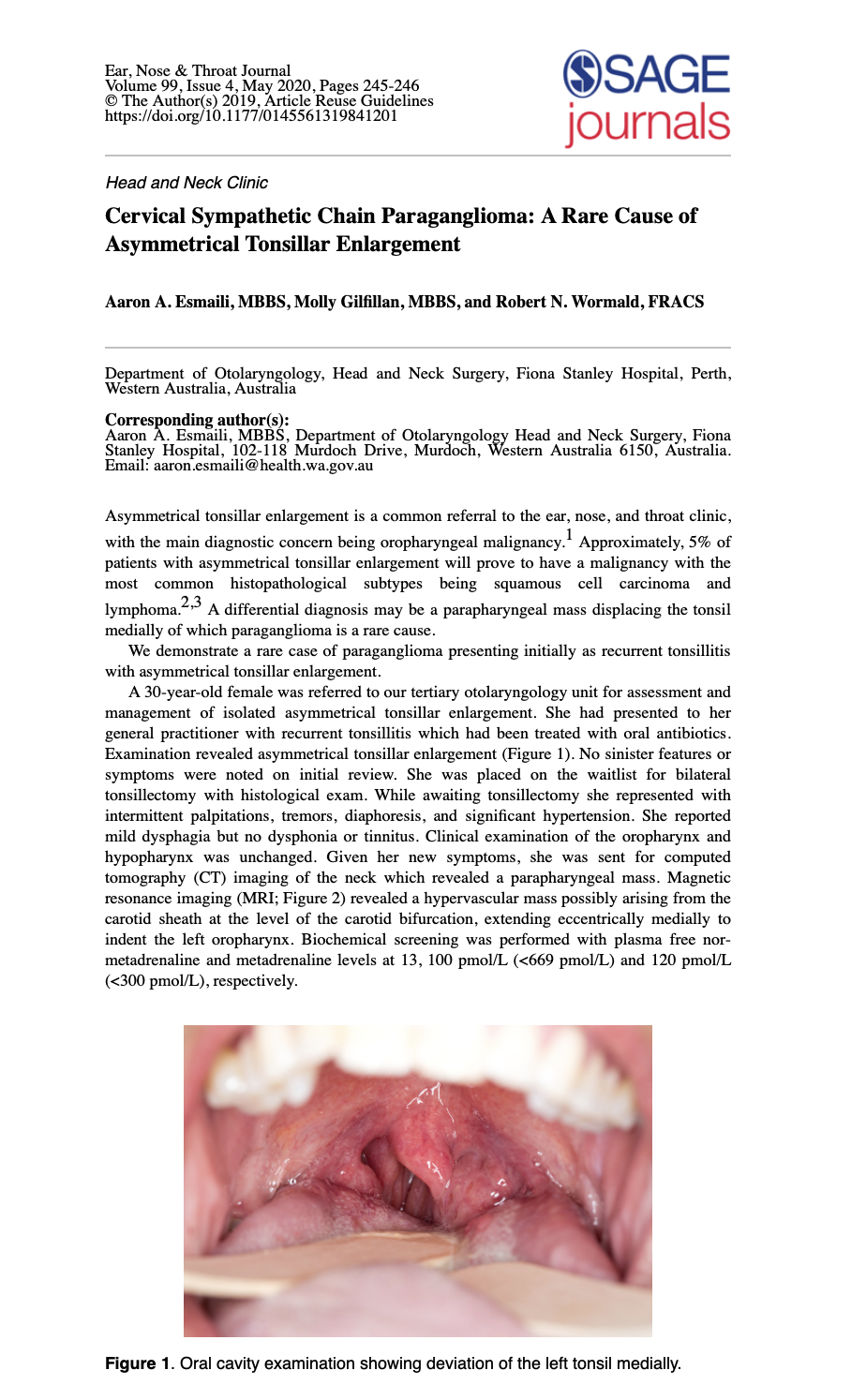
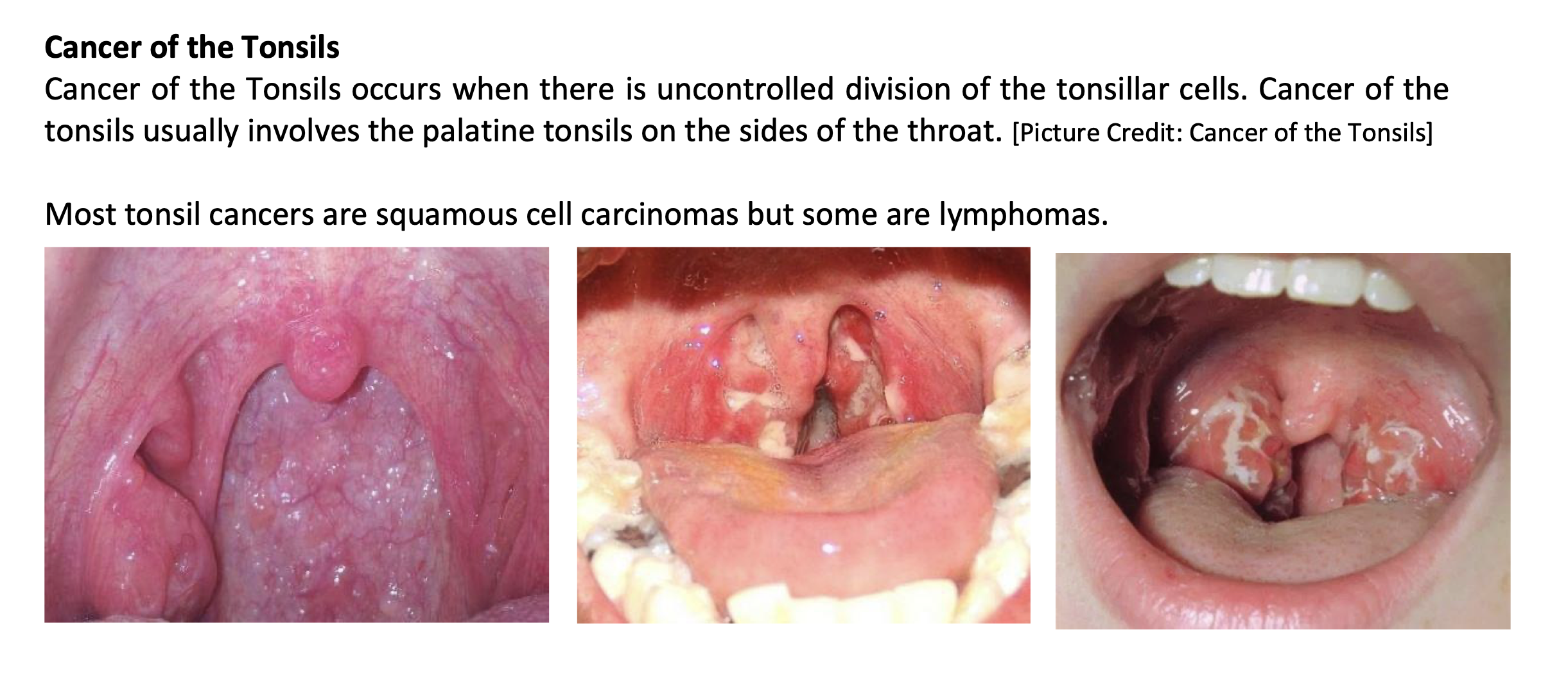

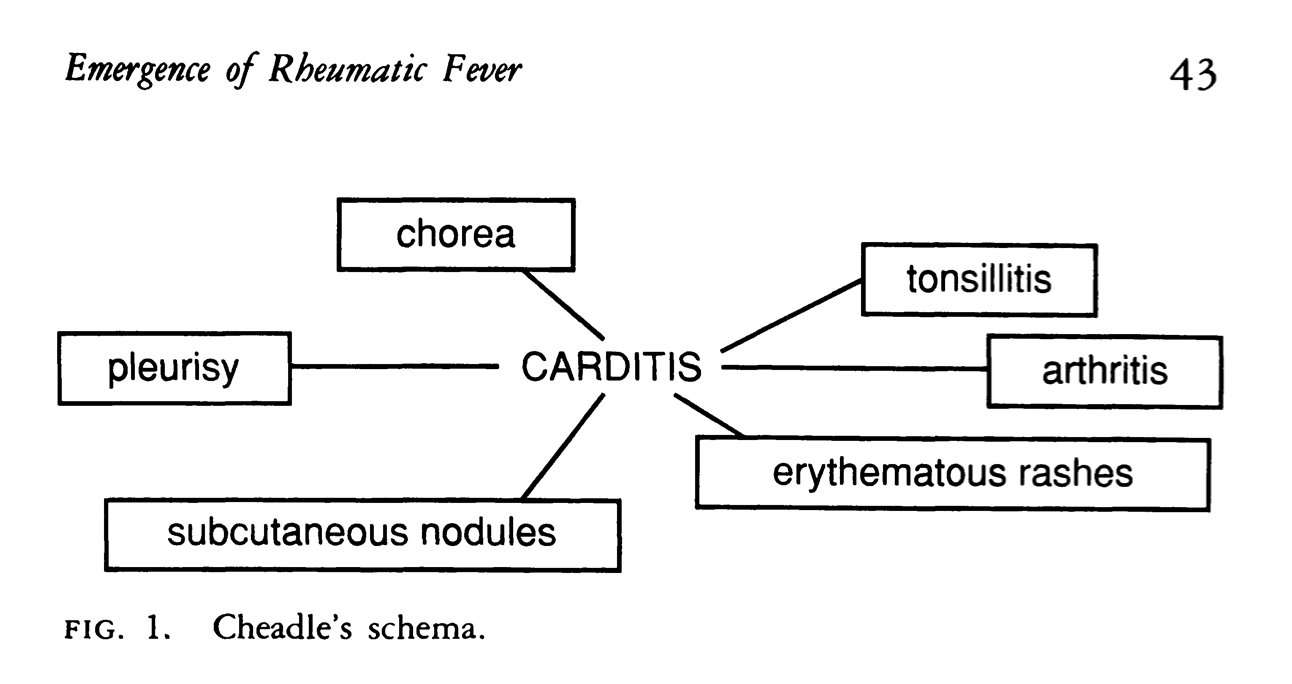
The freakishly sudden increase of tonsil photos on my Reddit feed was the first thing that really made me think the vaccines were causing more sickness than Covid, because before the vaccines were rolled out I hadn't seen any photos like these, and then suddenly it was like a dam broke.
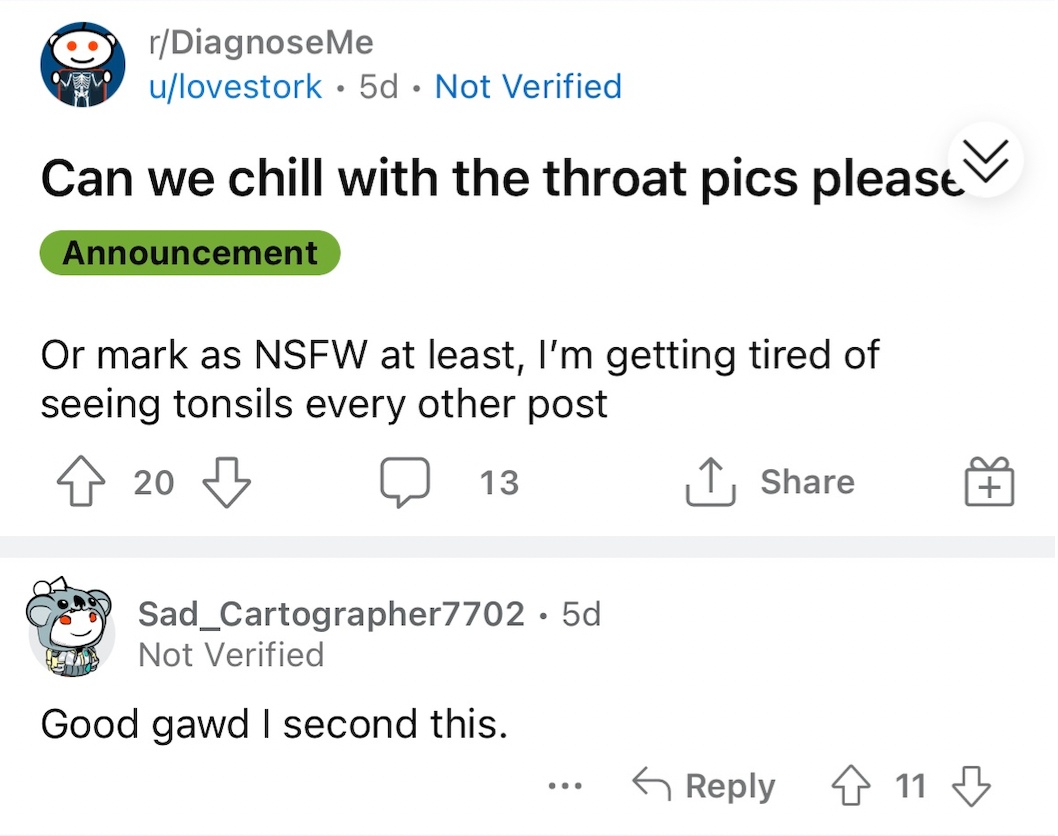
And I wasn't the only one that noticed. This post might actually be responsible for the start of my entire Reddit research project, because it confirmed it wasn't just me that was seeing these everyday and thinking what the hell.
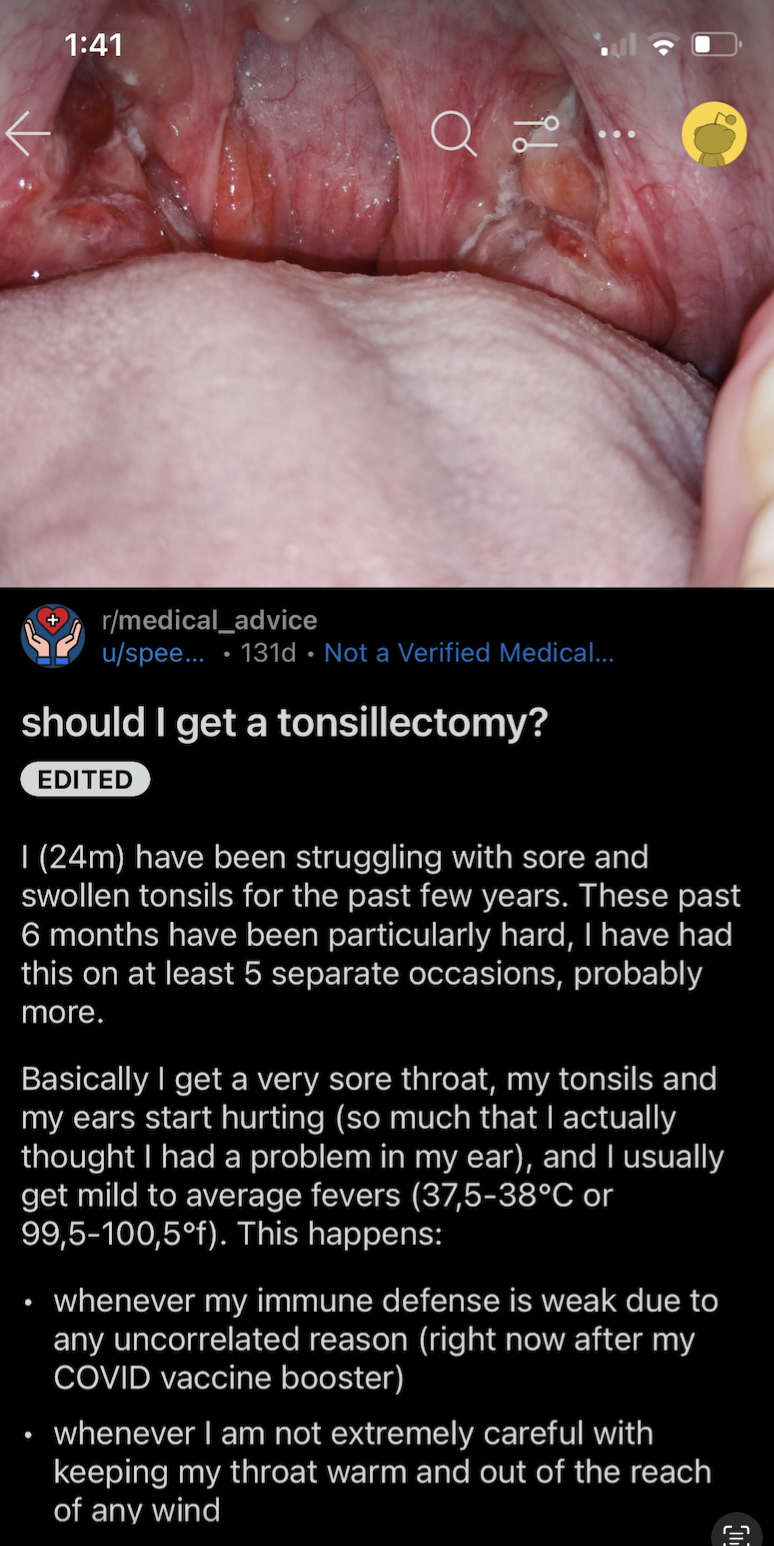


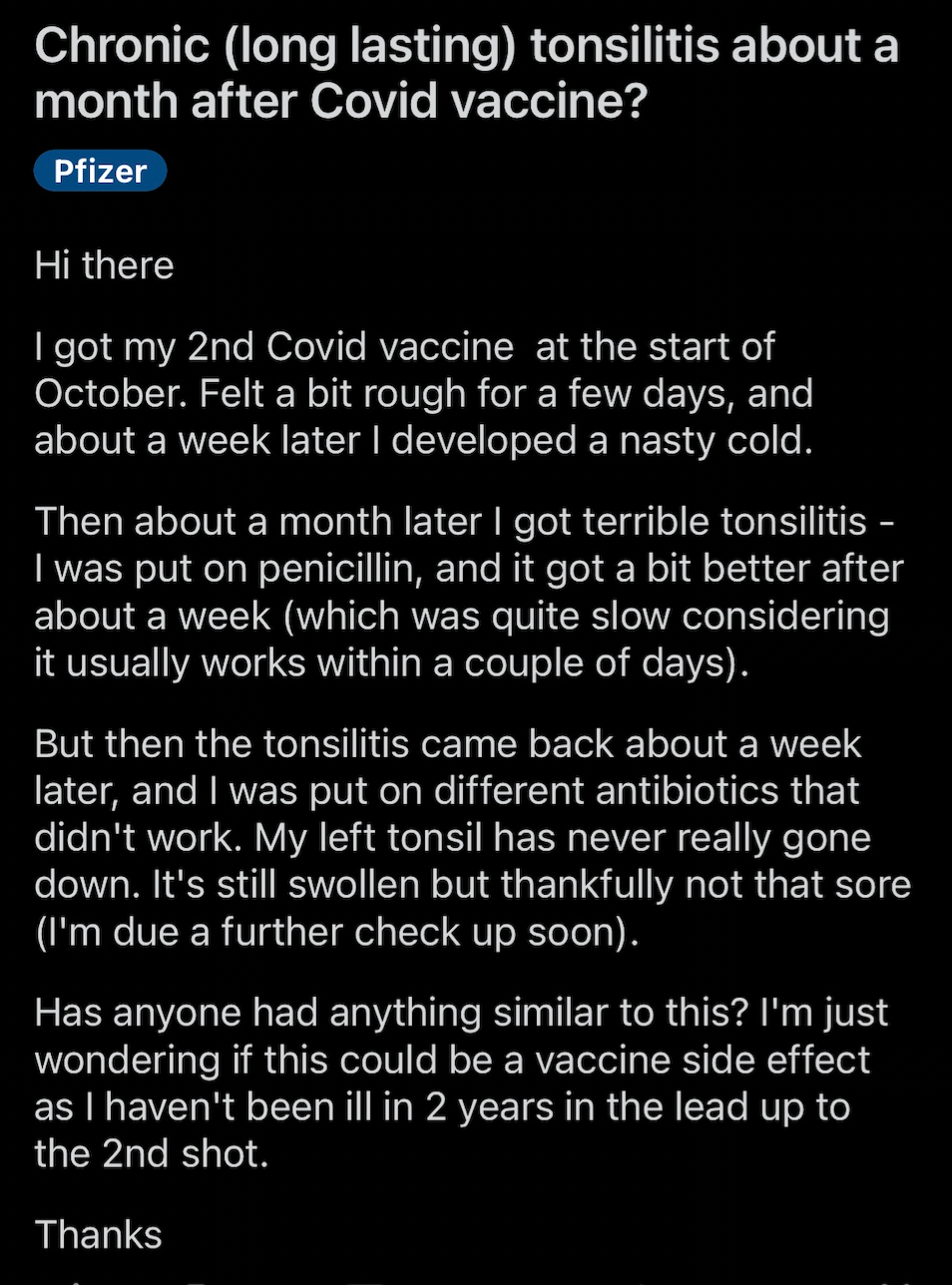
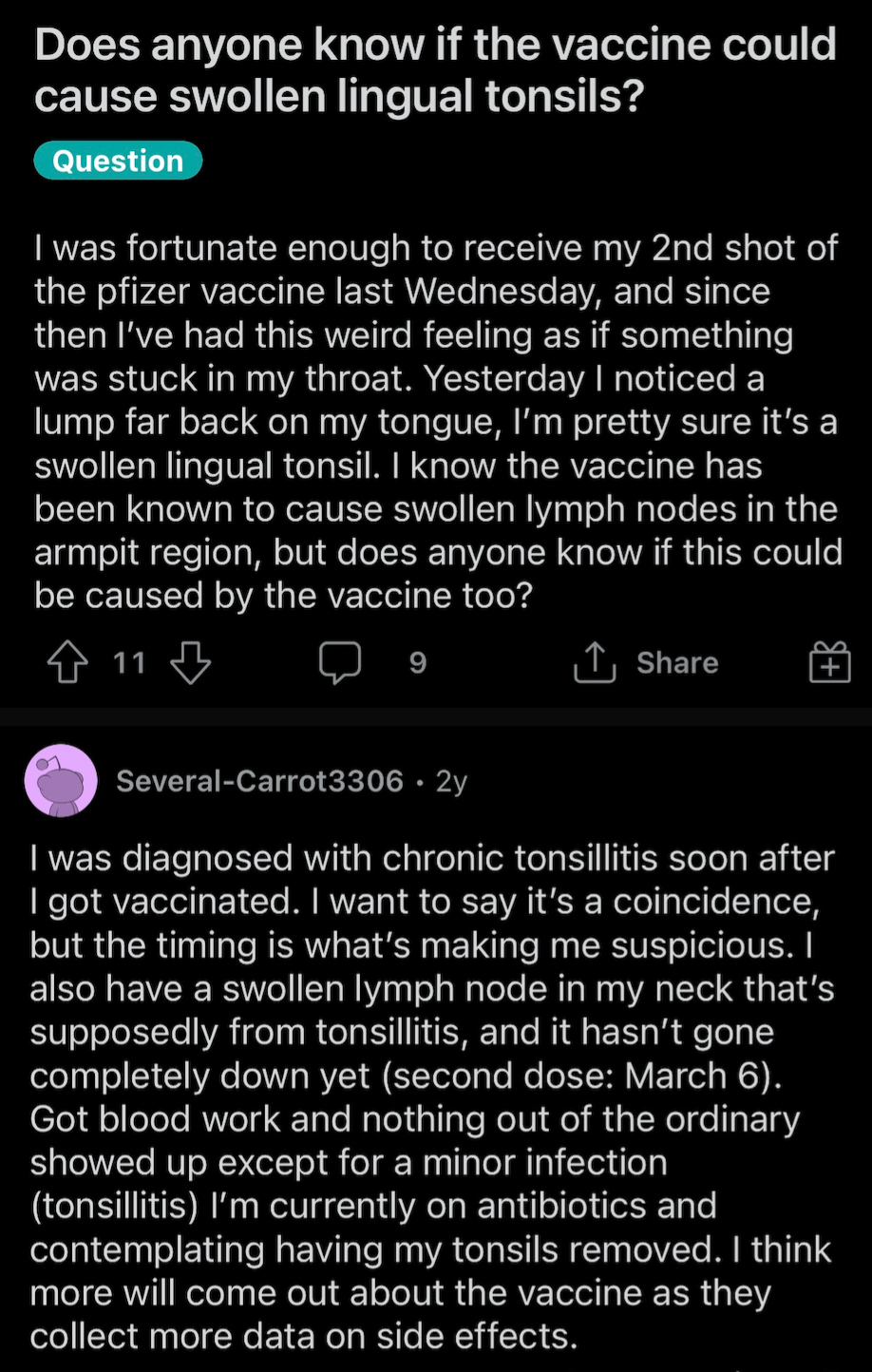
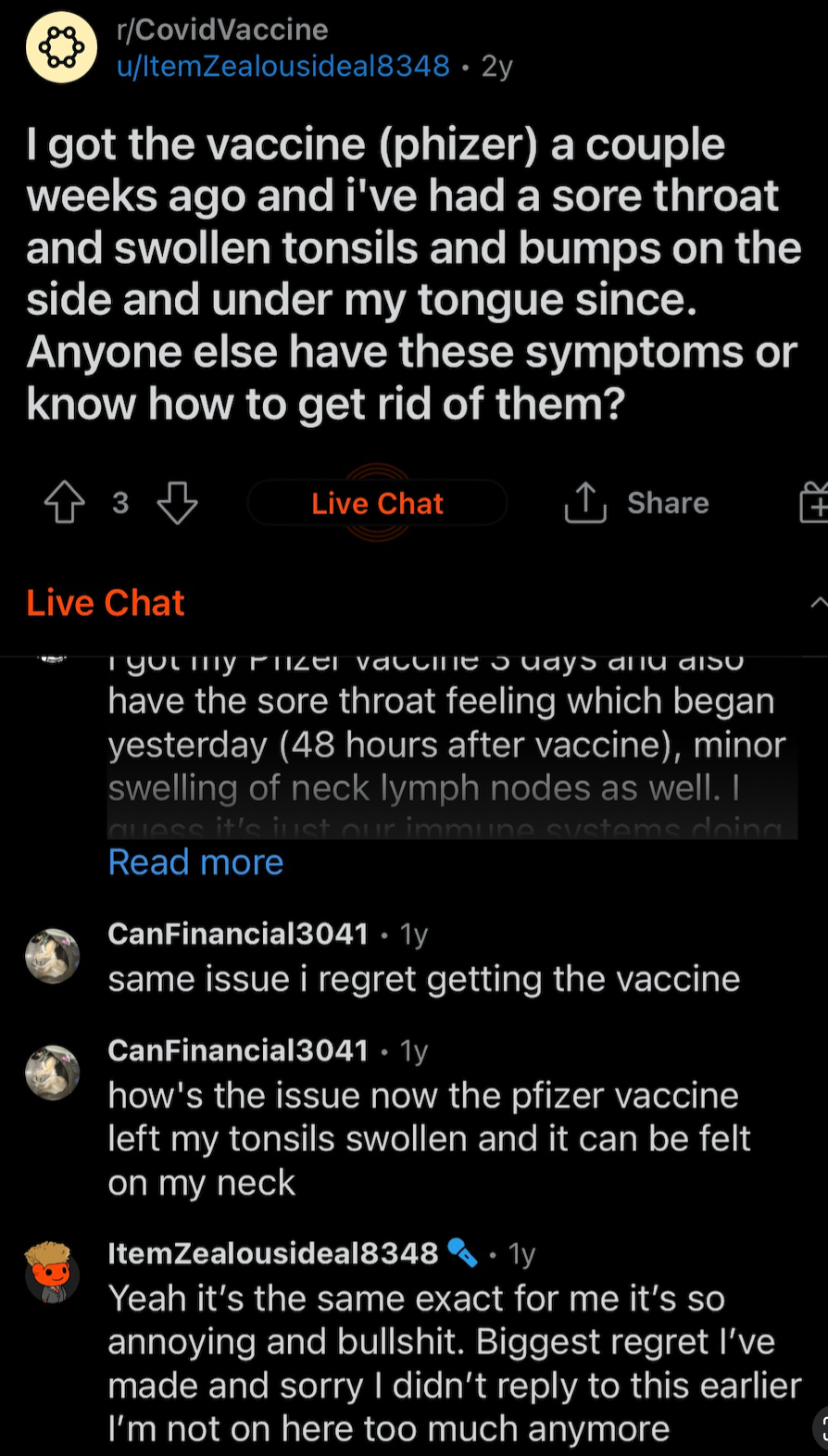

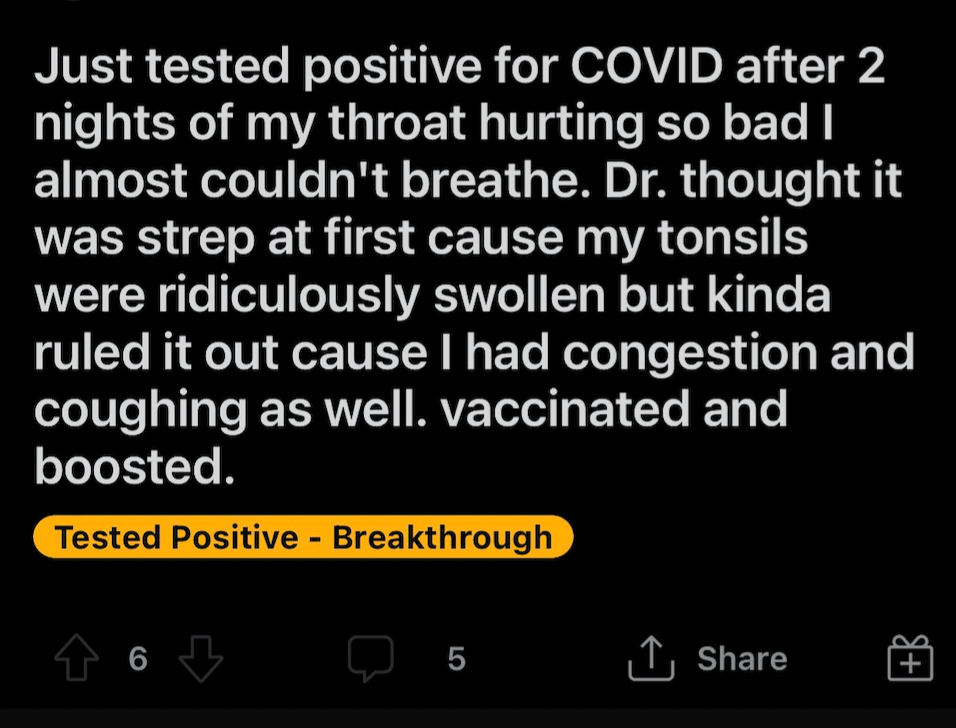
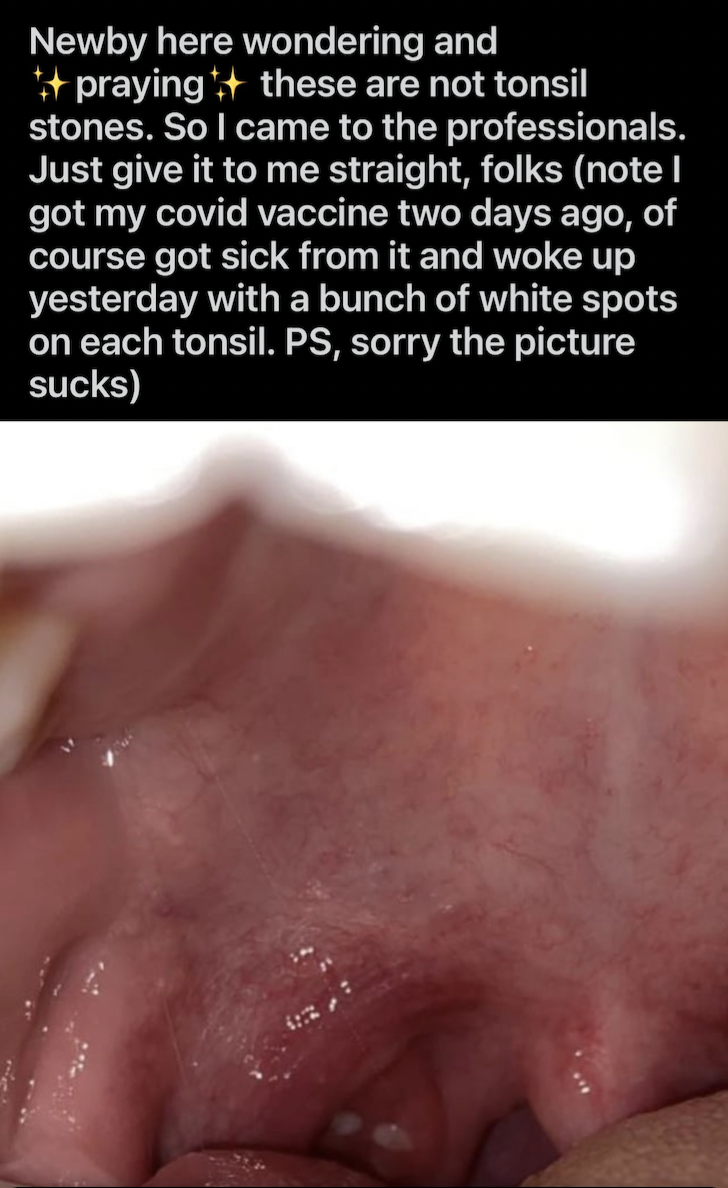
How A Normal Infection Presents In The Tonsils:
- Typically develops rapidly, is painful and tender, and resolves within 7-10 days with appropriate treatment
- Soft, diffuse swelling of the tonsils
- Inflammation tends to affect both tonsils similarly, the enlargement is symmetrically, they become red and tender
- A layer of exudate may form due to the acute inflammatory response
What Concerning Tonsils Look Like:
Abnormal tonsil appearance persists or gradually worsens over weeks to months, sometimes even without typical signs of acute infection. In neoplastic or chronic conditions, there might be systemic signs like unexplained weight loss, fatigue, or lymphadenopathy.
Unilateral or markedly asymmetric enlargement may suggest a localized process such as a neoplasm (e.g., tonsillar carcinoma or lymphoma) or chronic infection that has led to tissue remodeling.But the presence of irregular tissue growth, masses or nodules indicates abnormal cellular proliferation.
When tonsils are inflamed and extremely large or misshapen without exudate, it suggests a chronic, non-infectious process such as neoplastic growth or long-standing inflammatory changes that have progressed beyond the acute phase.
What You'll See In This Collection Of Photos:
Below are just a few of the hundreds of screenshots taken from my Reddit feed over the last two years.
These photos present an increasing incidence of extremely abnormal, asymmetric, extremely large, misshapen tonsils with flesh-like growths or chronic, reoccurring exudate build up - in many cases, exudate build up without any other symptoms of infection.
If you take the time to go through and read each caption, you'll notice the following things:
- To no surprise, doctors are extremely dismissive of this pathology despite patients being extremely concerned
- Majority of these posts describe chronic and/or reoccurring tonsil inflammation
- There are dozens which present with the most horrifying tonsils, yet explain they feel fine and have no physical symptoms or signs of infection elsewhere
- The veins around the throat are extremely visible, prominent and dilated - indicating increased vascularity from chronic inflammation
- Small lumps or nodules present in the back of the throat, indicative of lymphoid hyperplasia (an overgrowth of lymph tissue) - indicating either a reactive process (for instance, due to chronic infection or irritation) or a neoplastic condition like lymphoma or early carcinoma
- Tonsils with significantly enlarged tonsils with deep, irregular crypts and an absence of exudate - this tells us that the process is not due to an acute bacterial infection, and may indicate chronic tonsillar hyperplasia or, in some cases, early signs of malignancy (especially if accompanied by asymmetry or other systemic symptoms)
Reddit Screenshot Gallery:
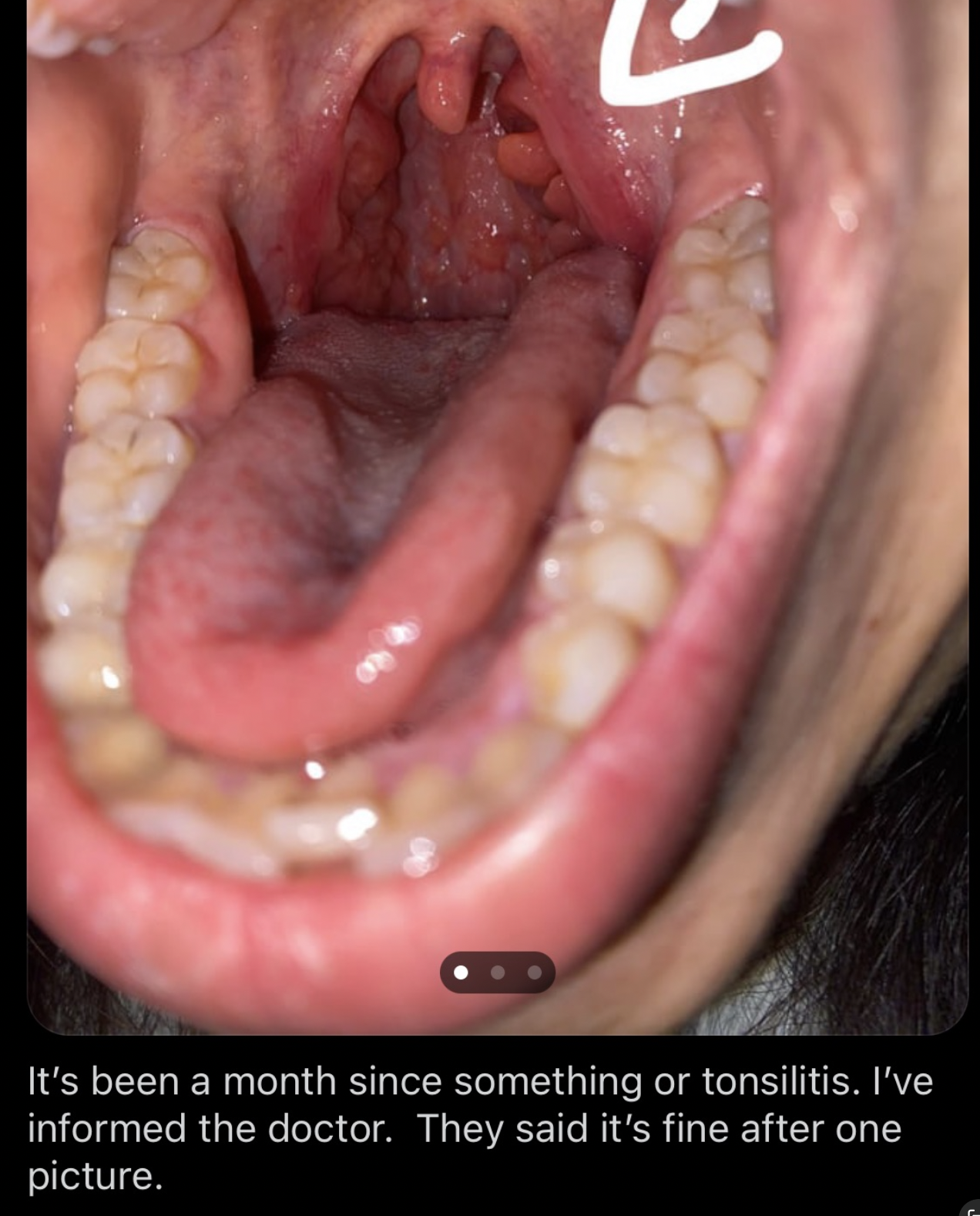

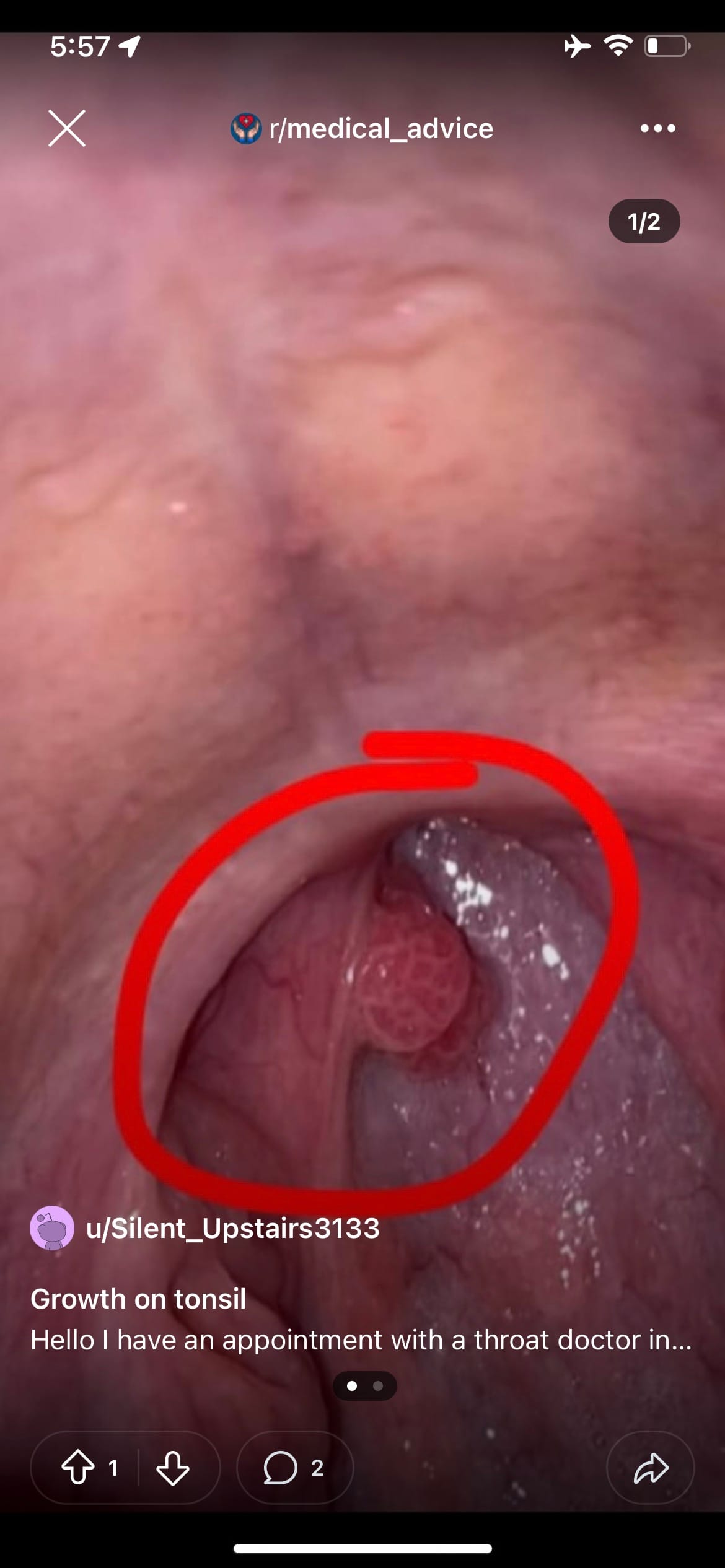



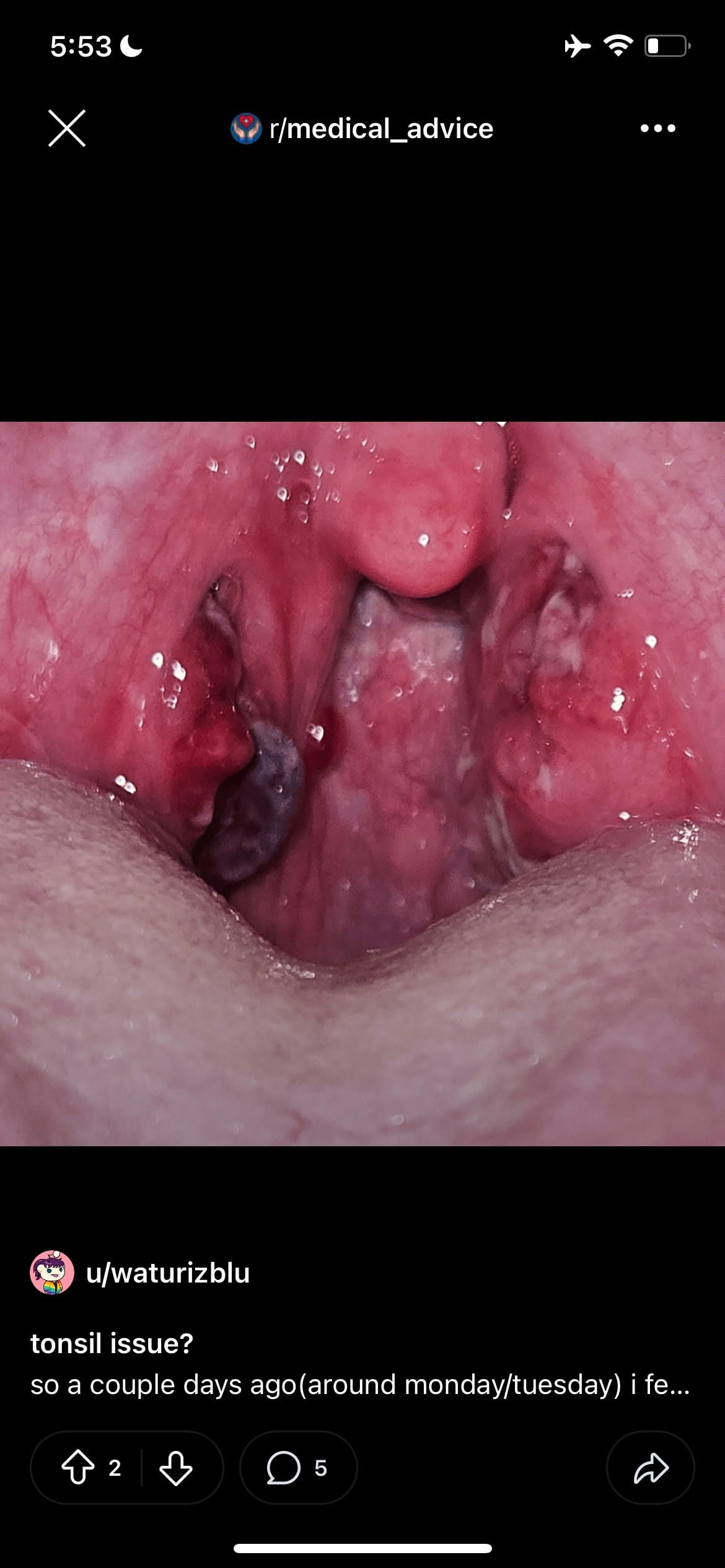

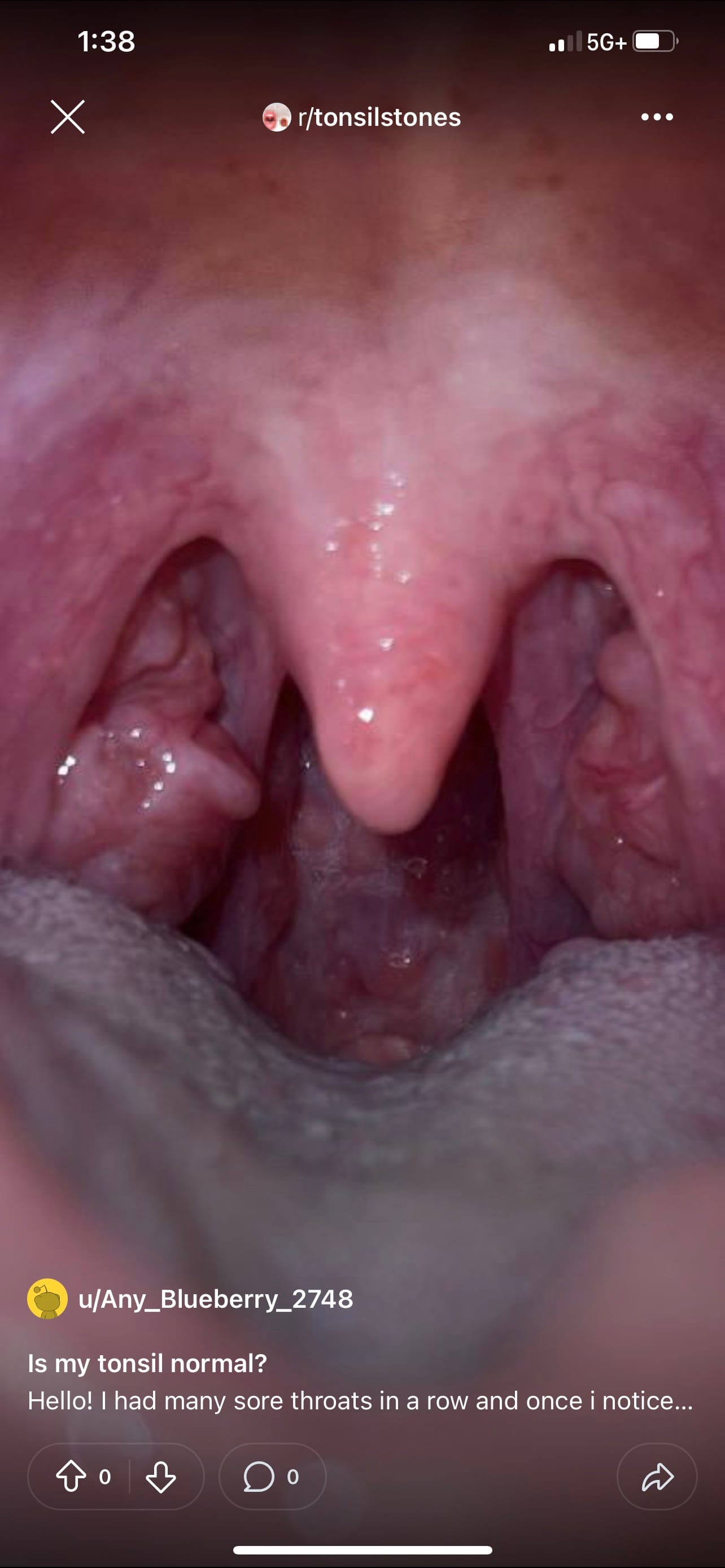
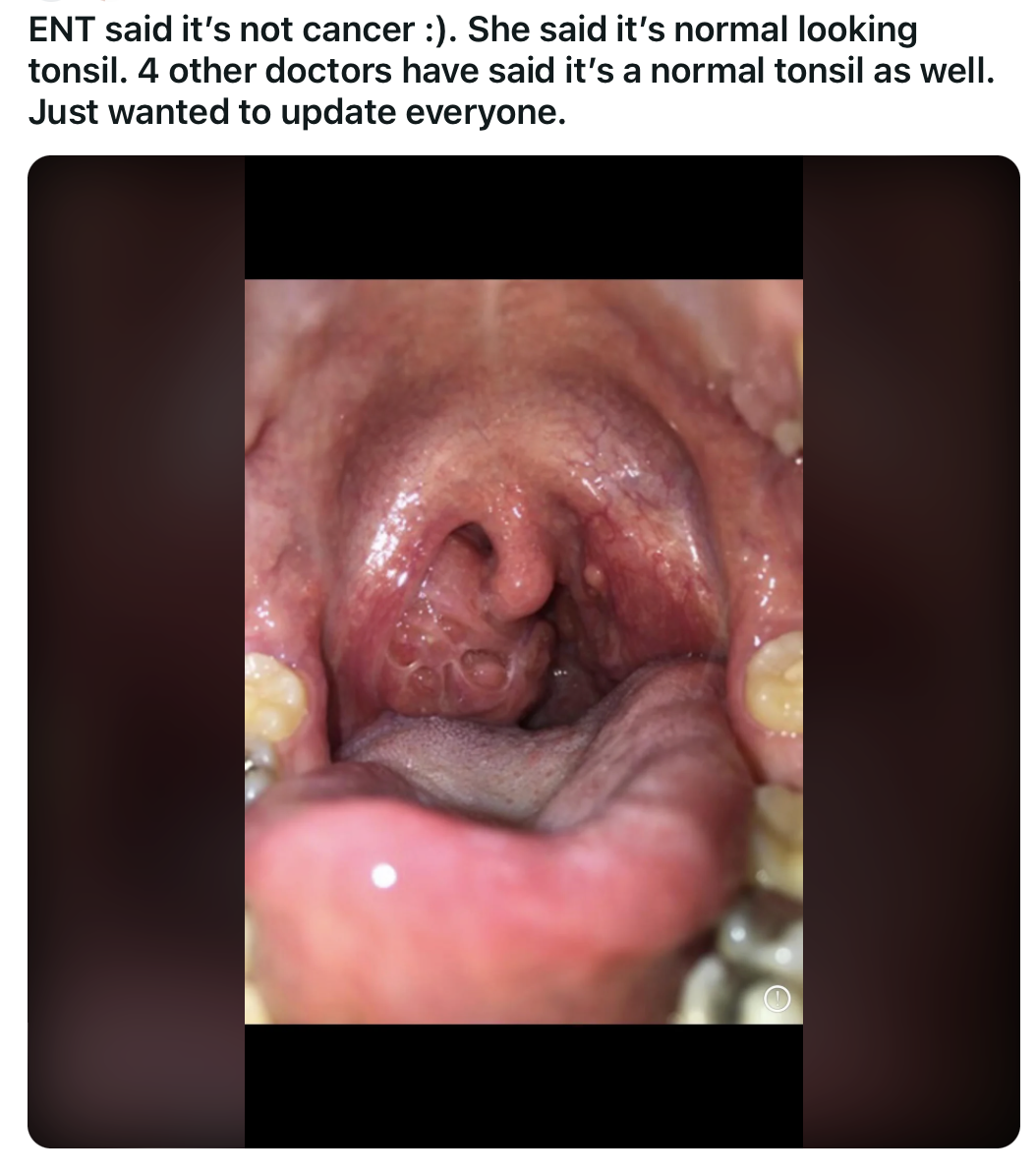
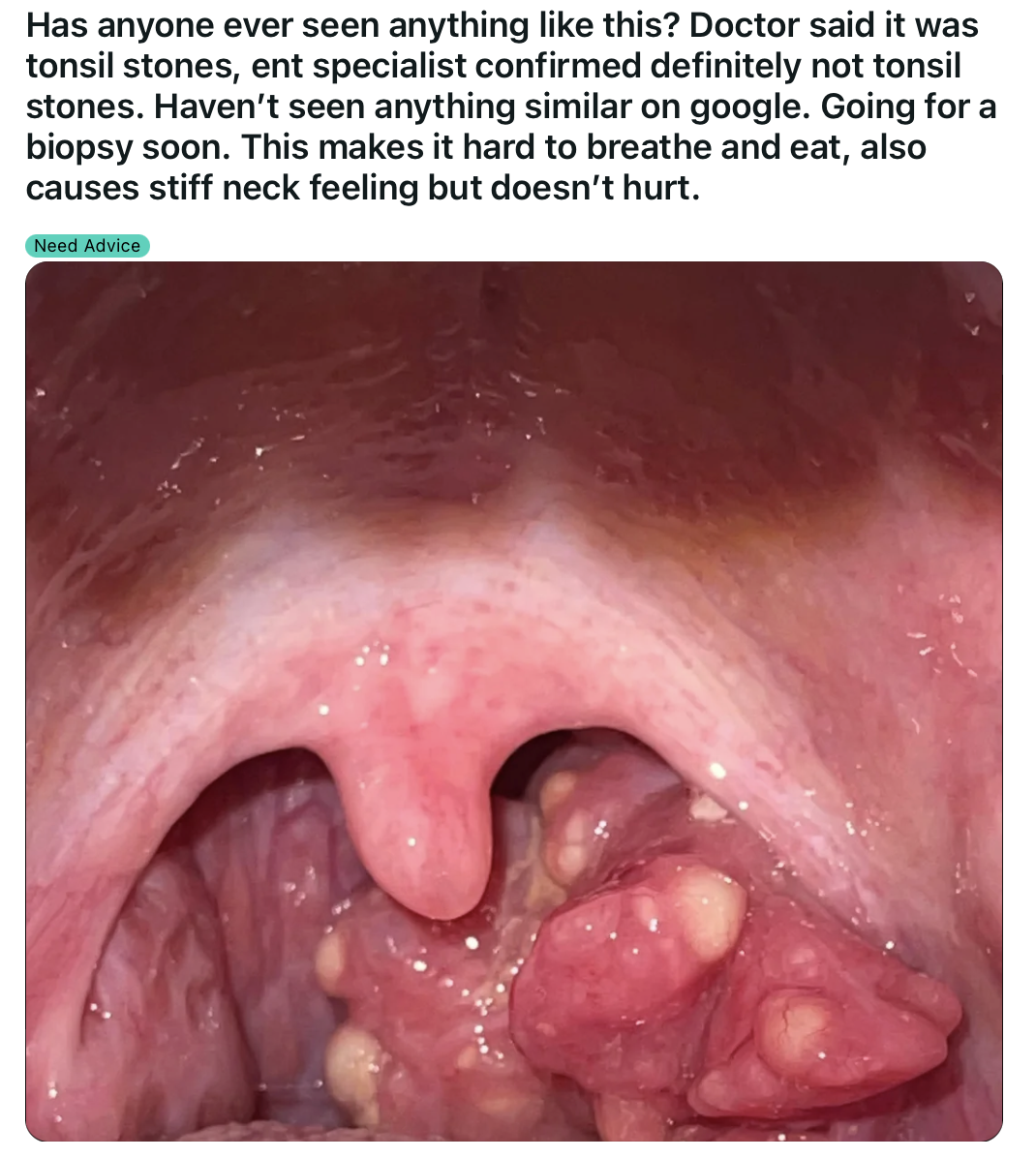
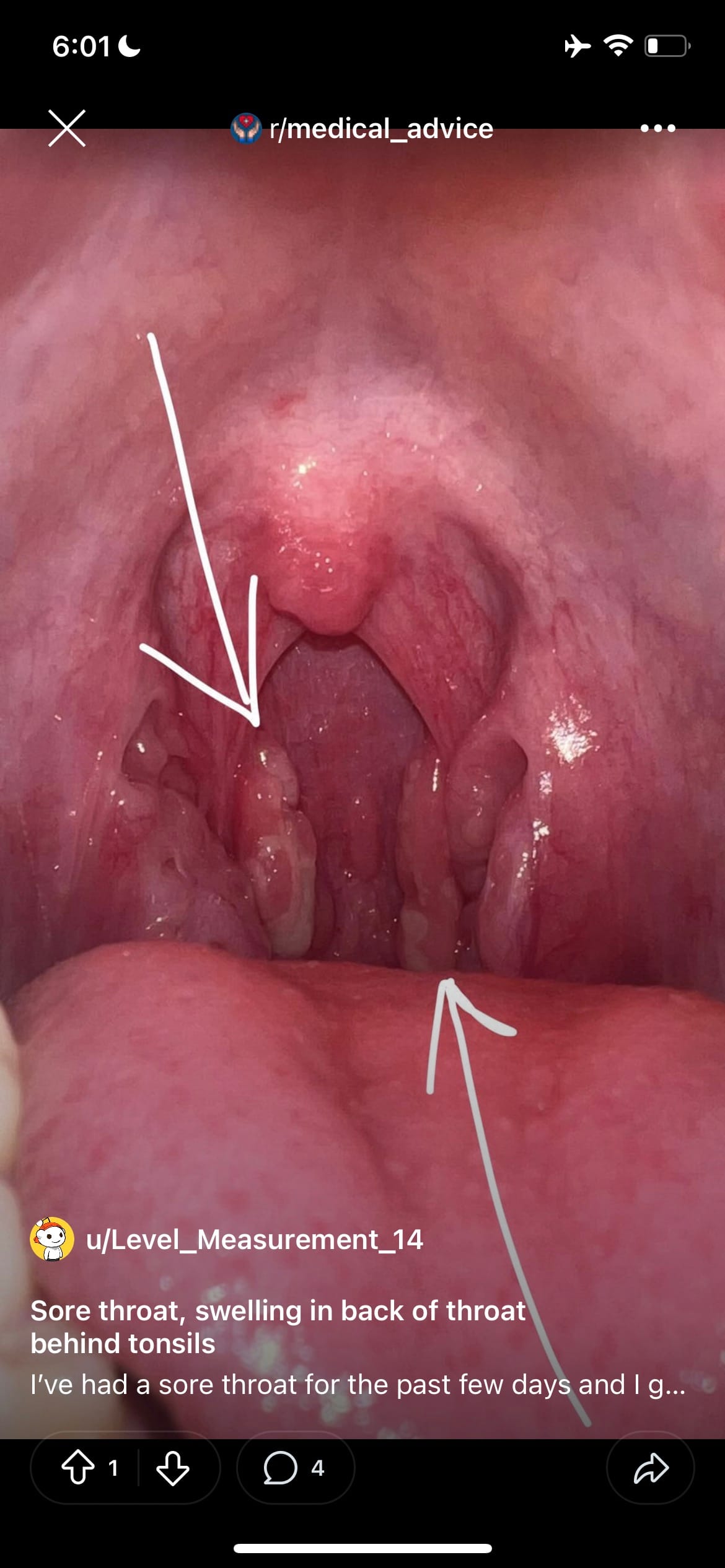
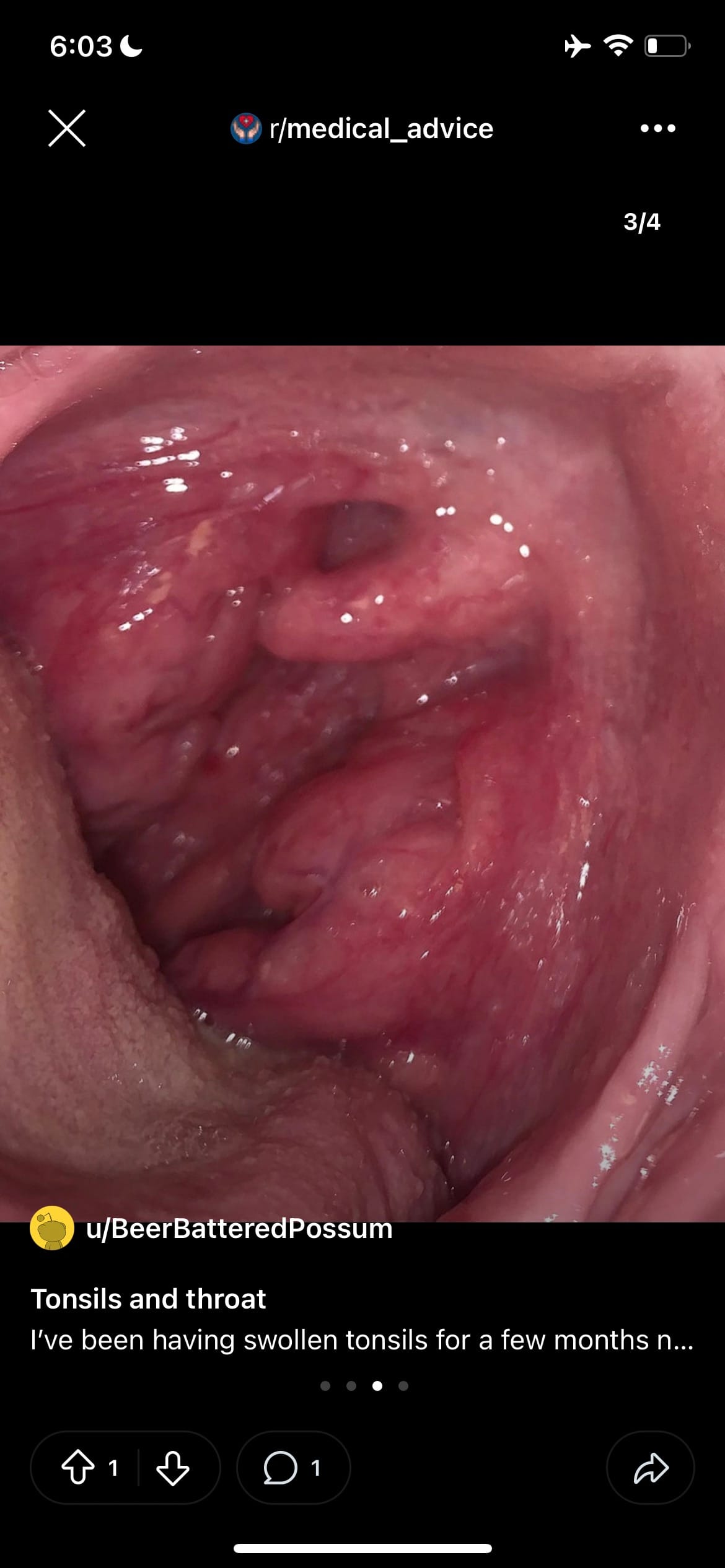
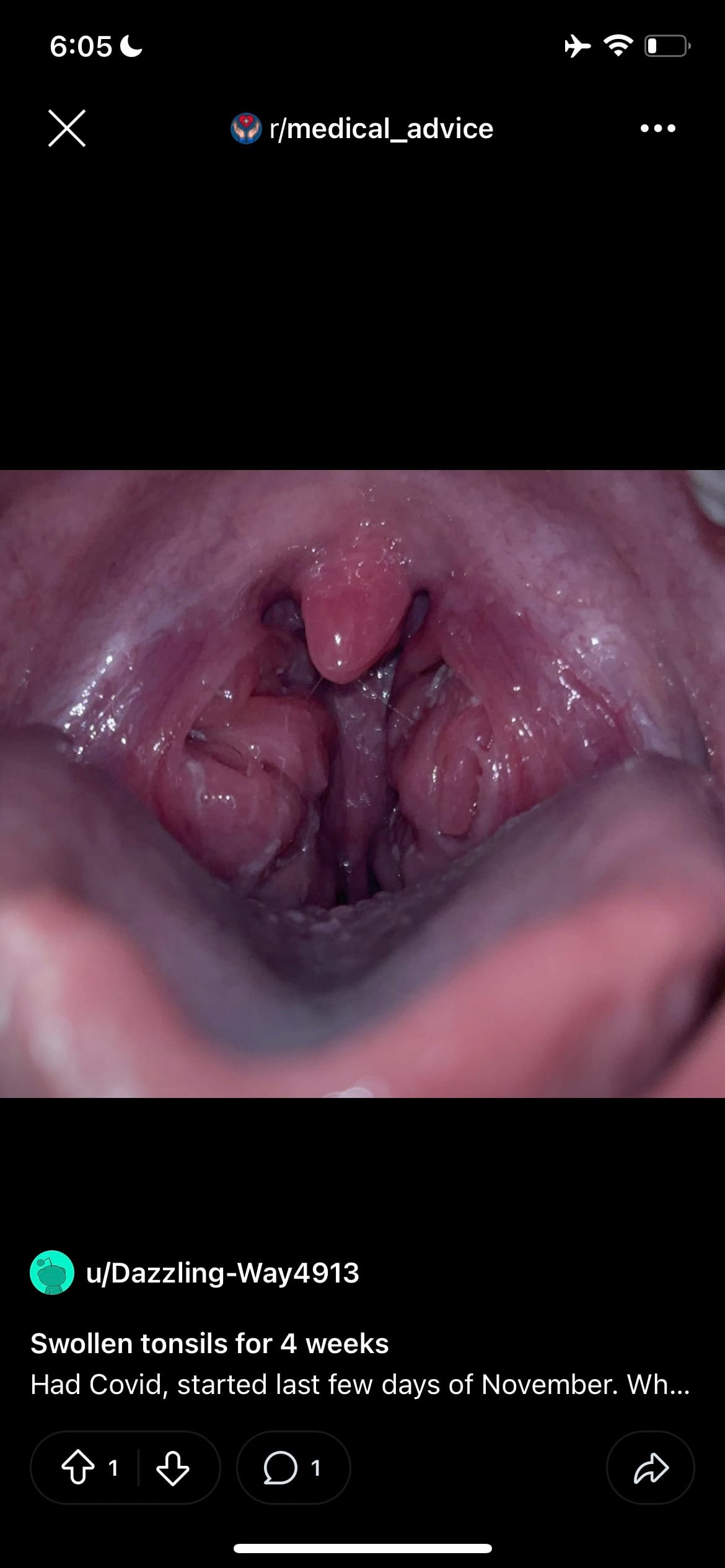

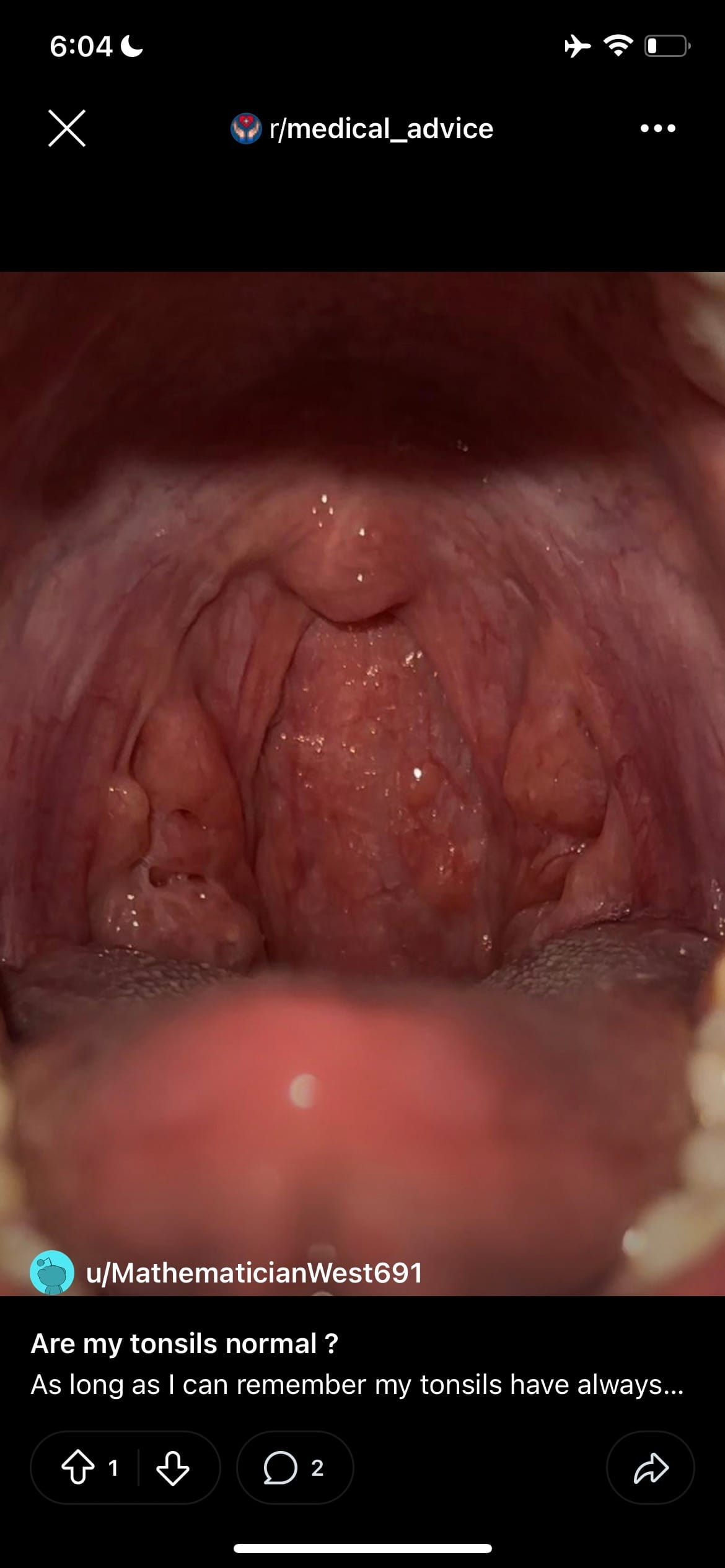

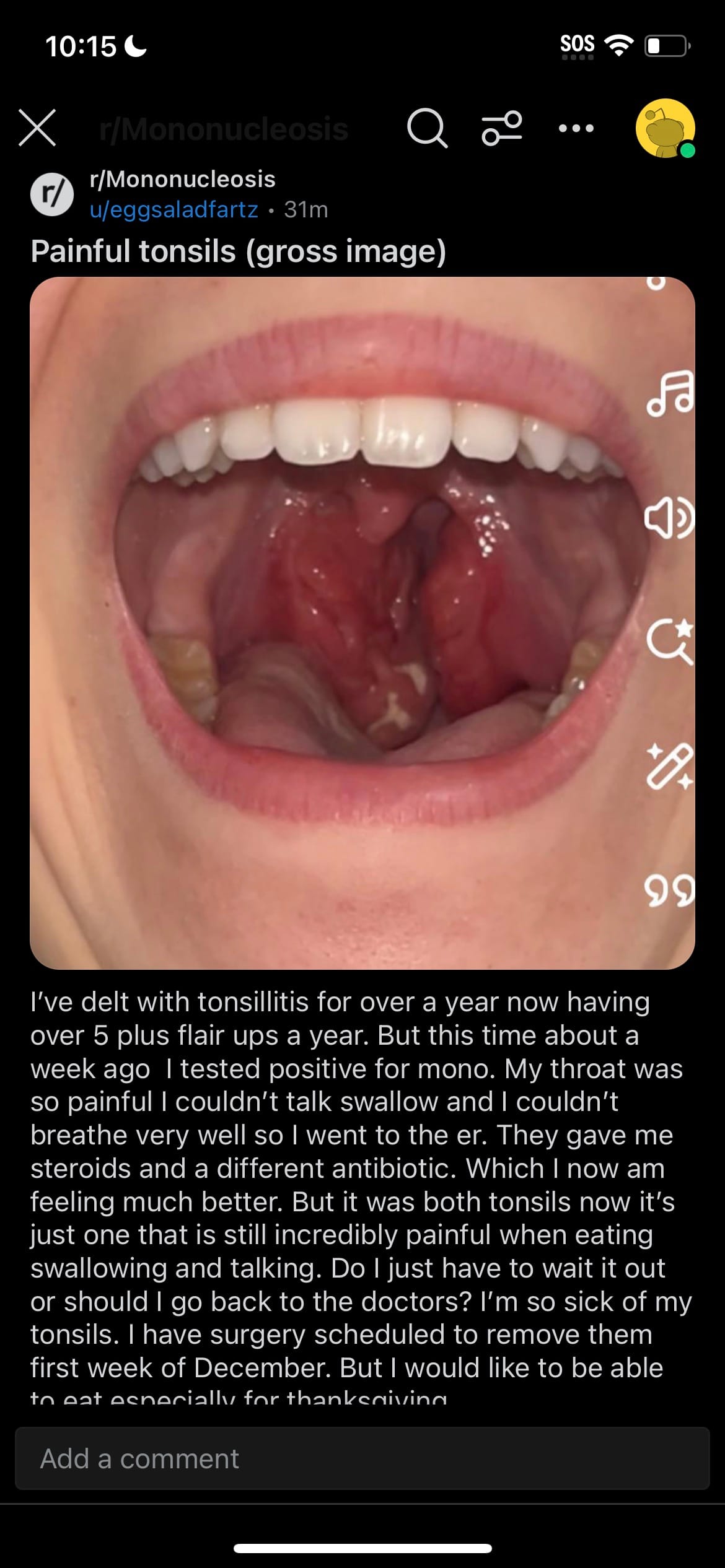
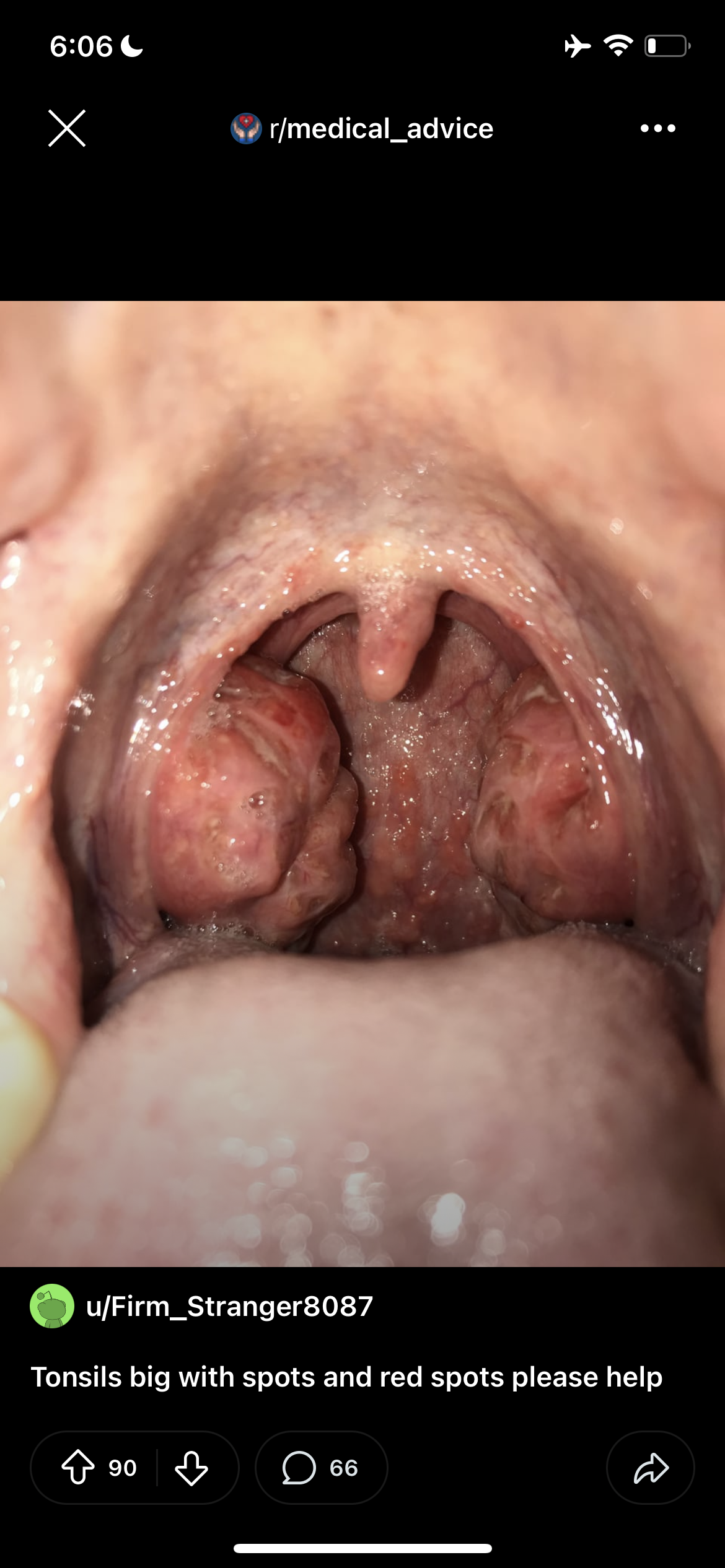

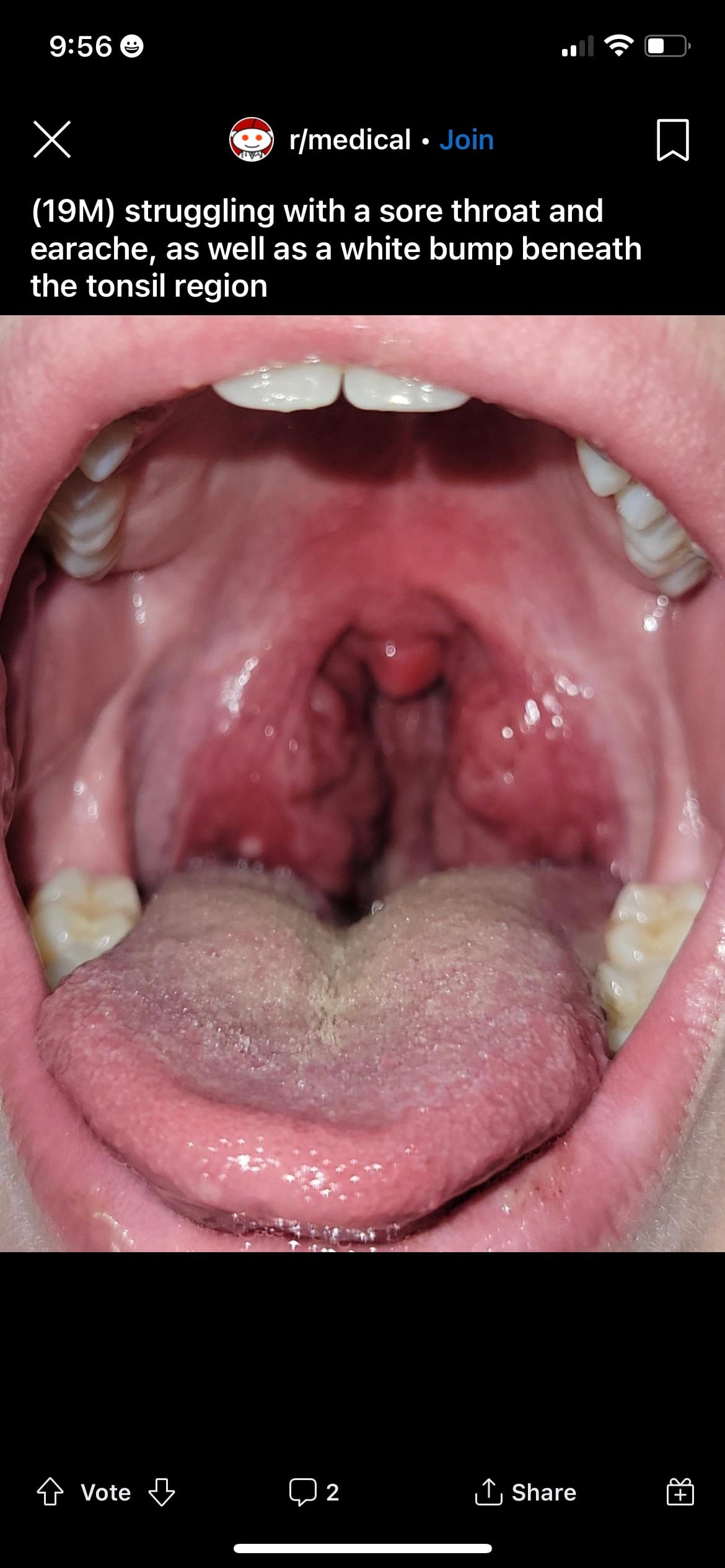
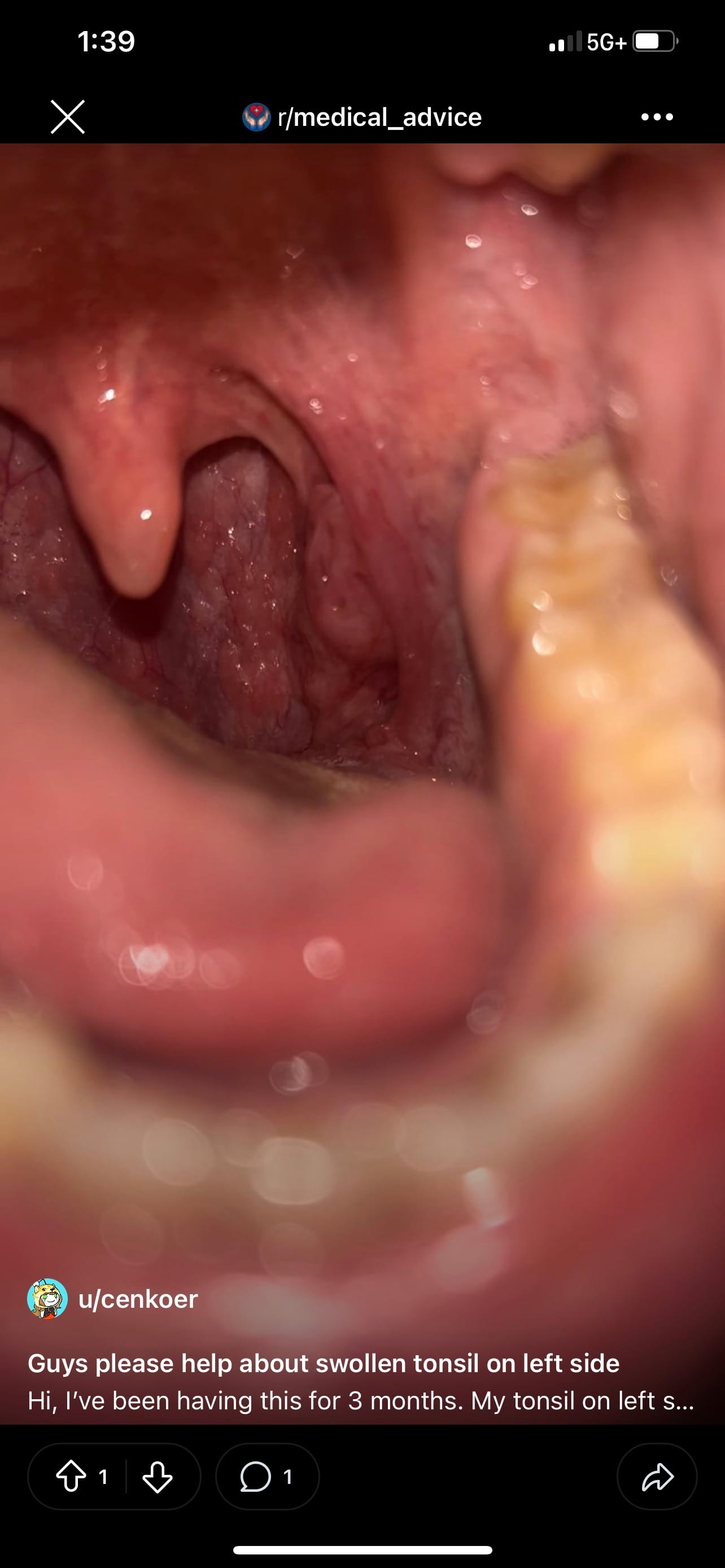

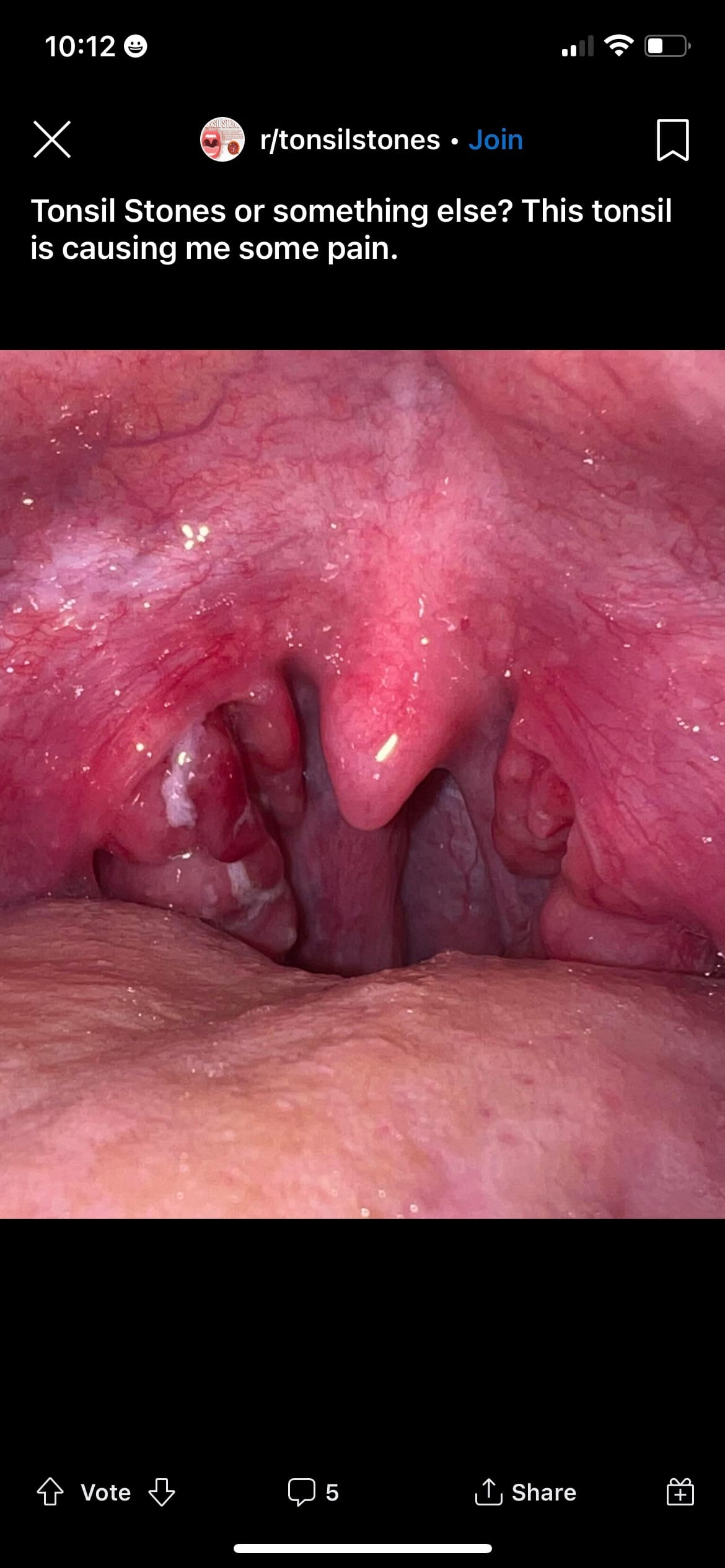
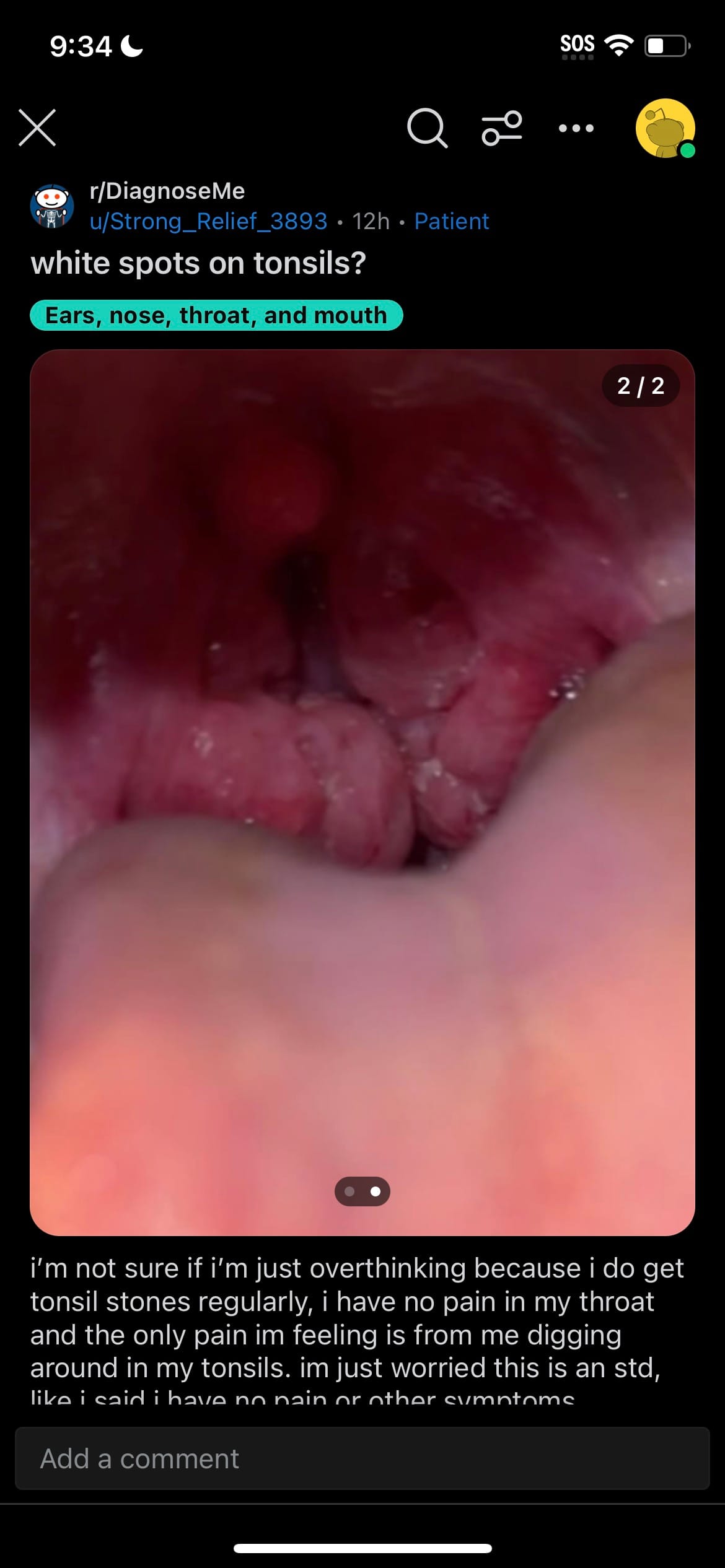
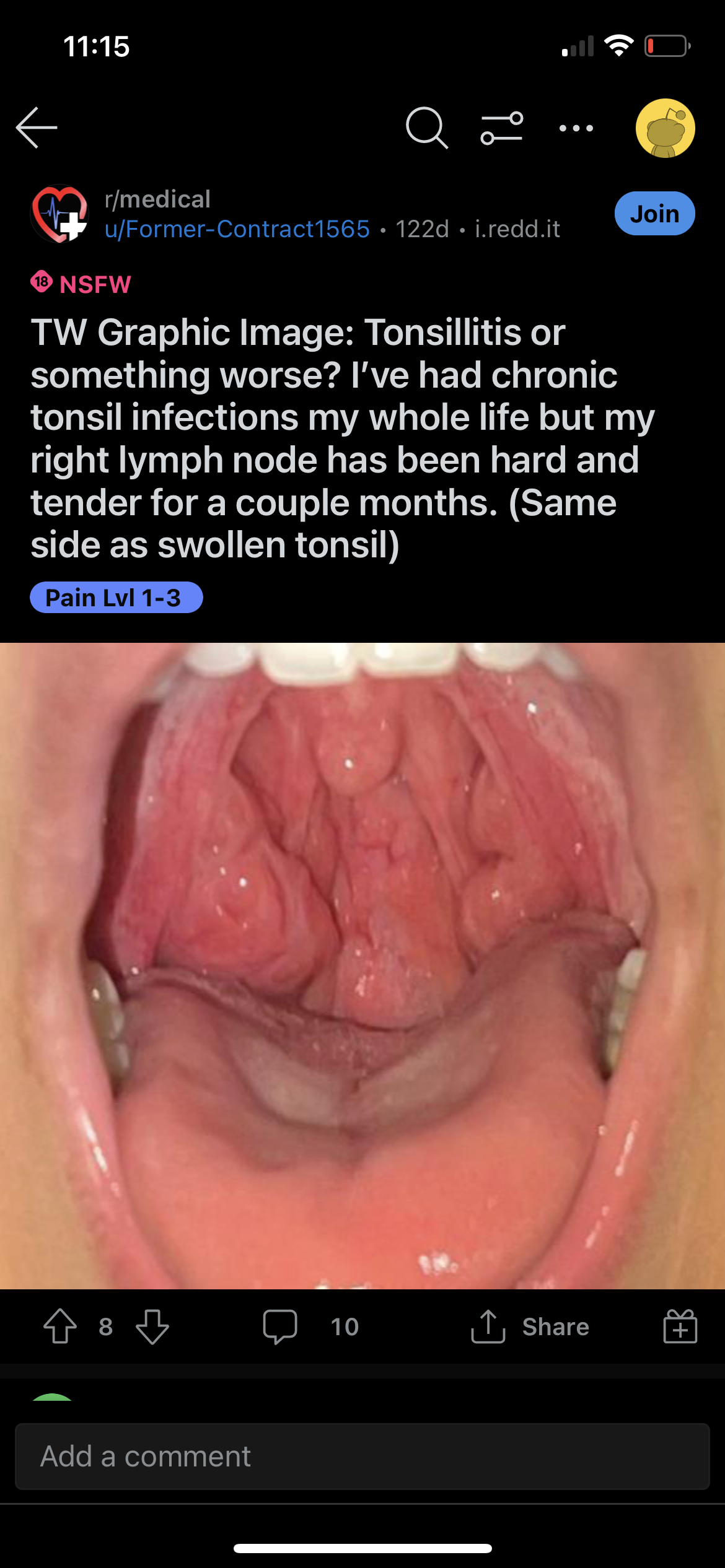
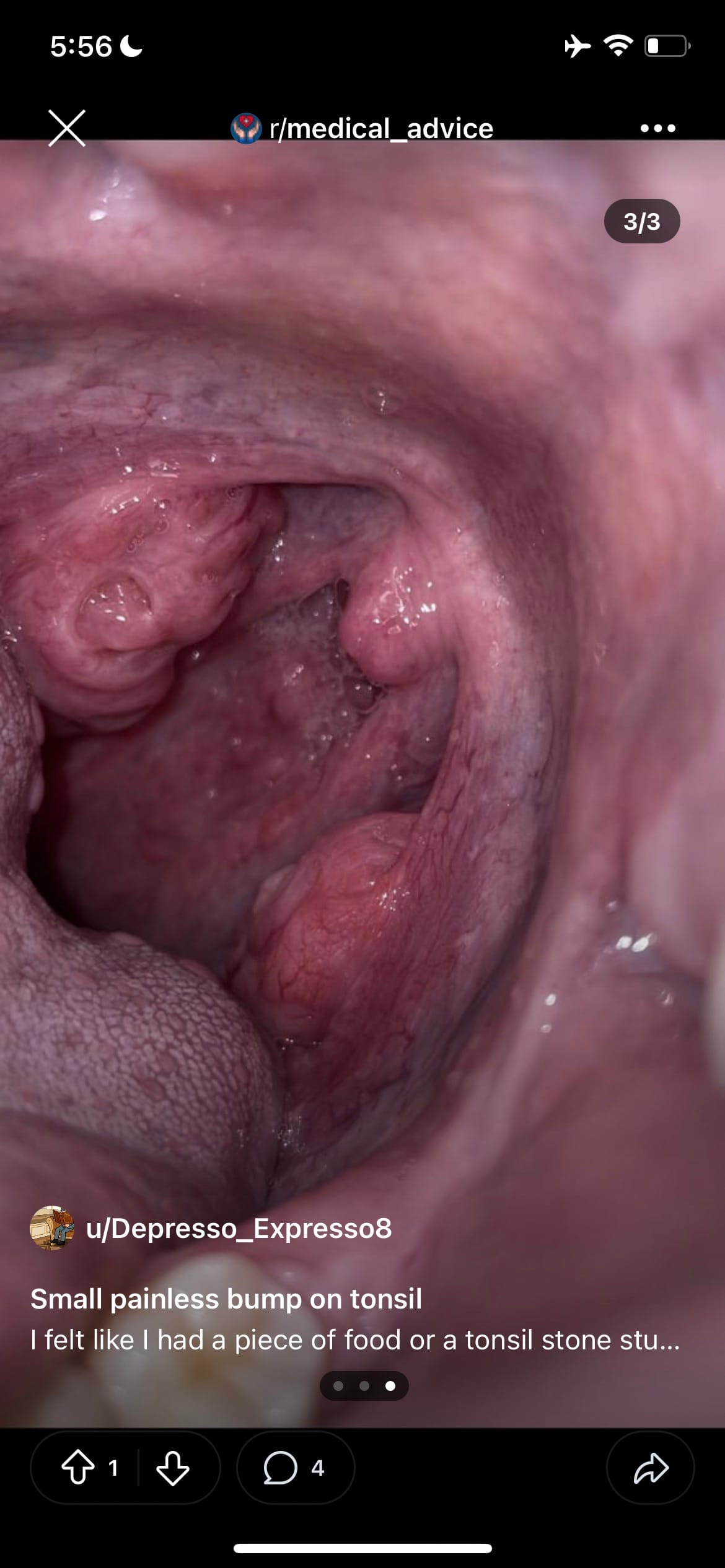
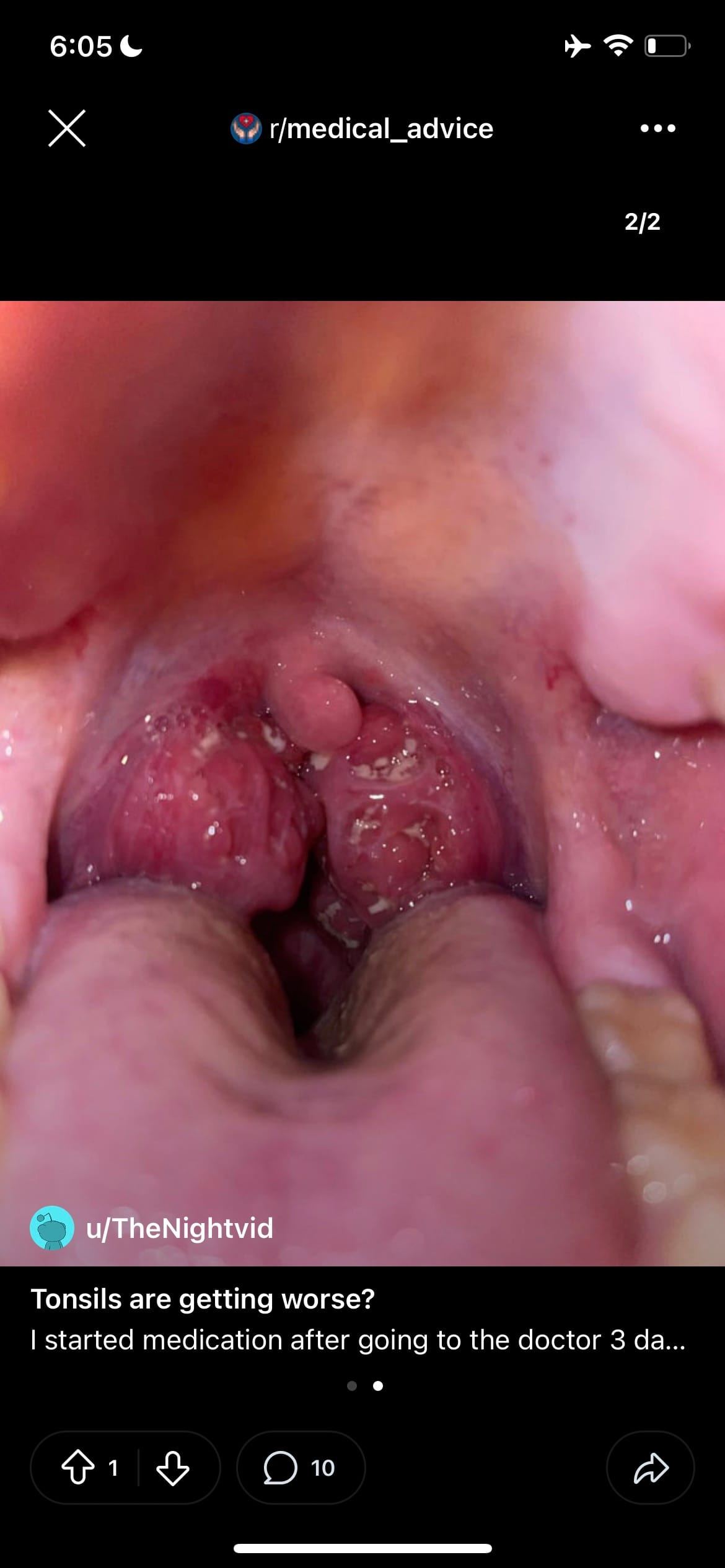
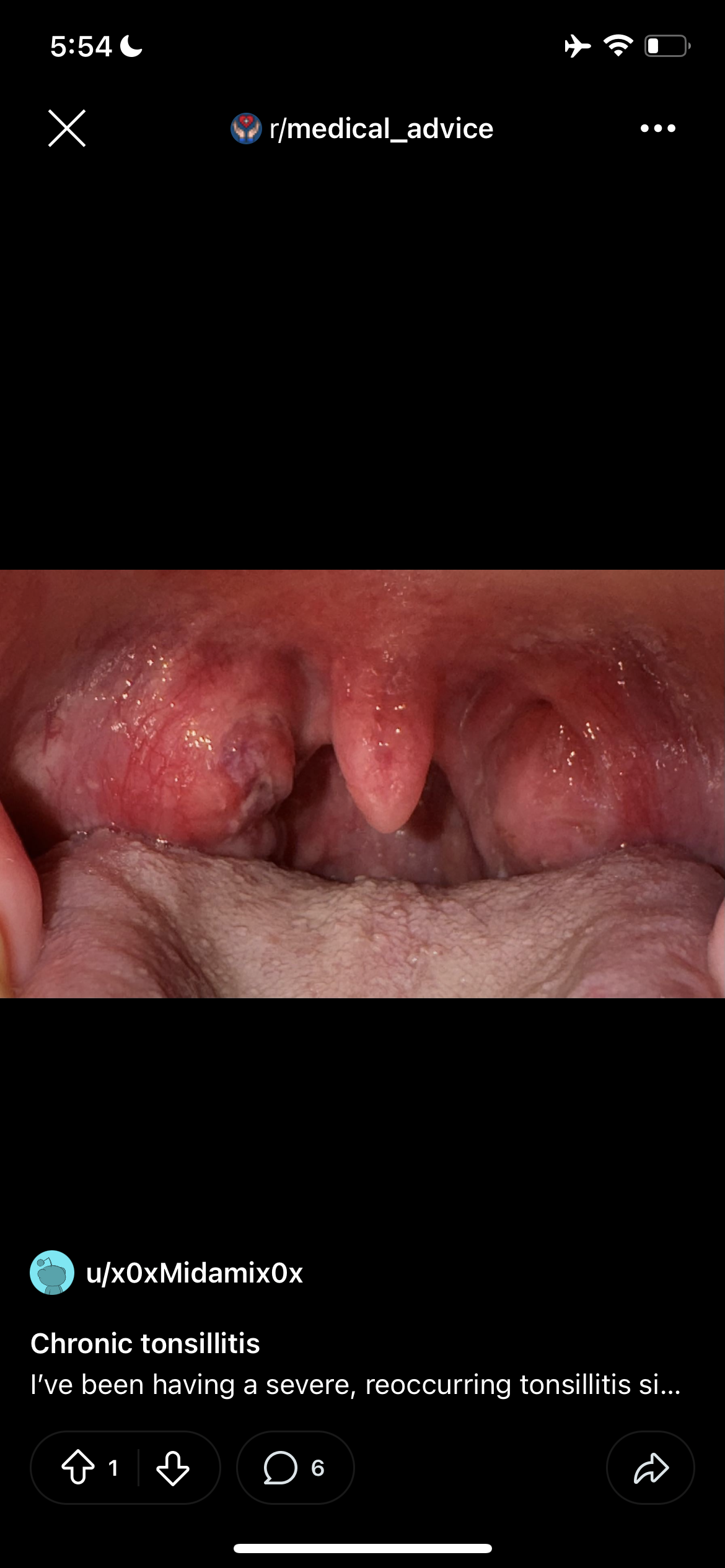
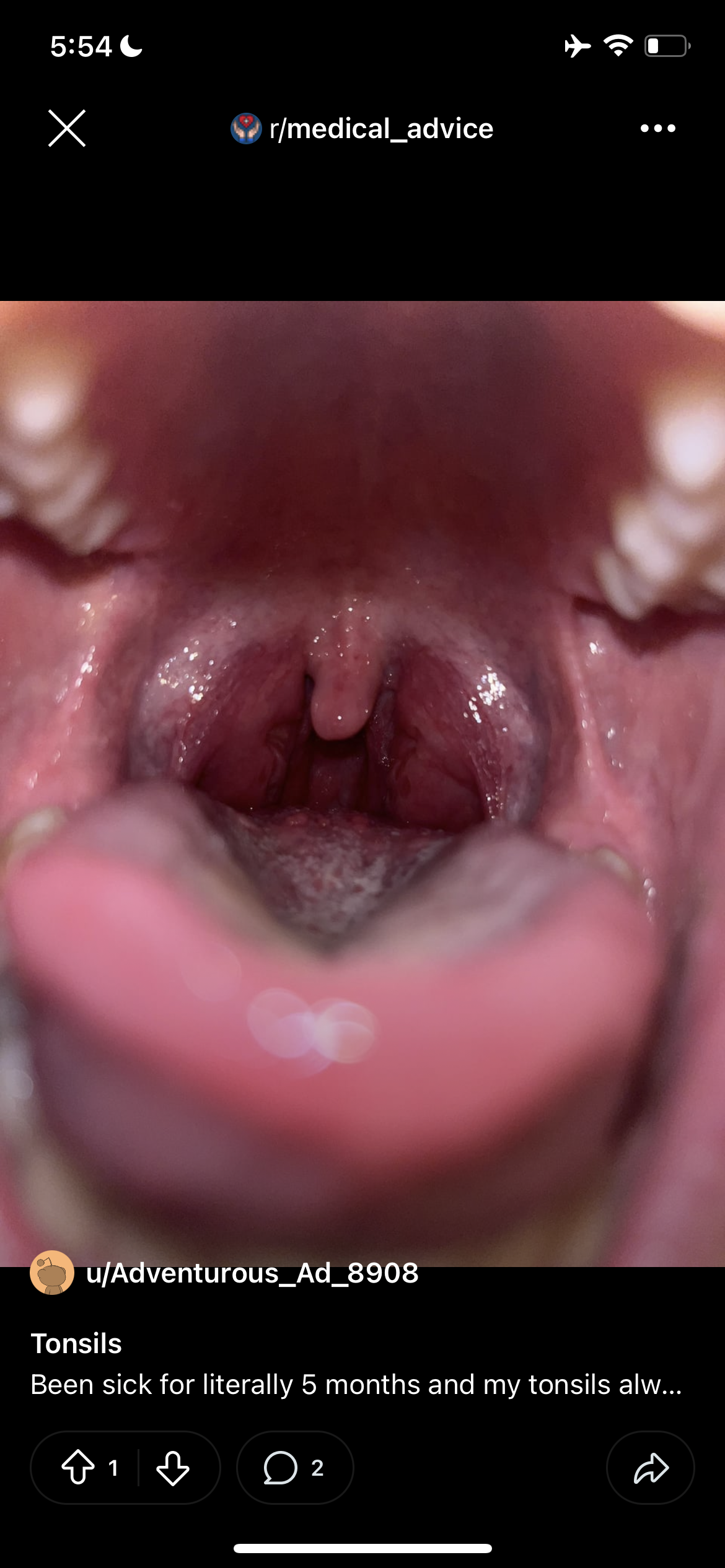
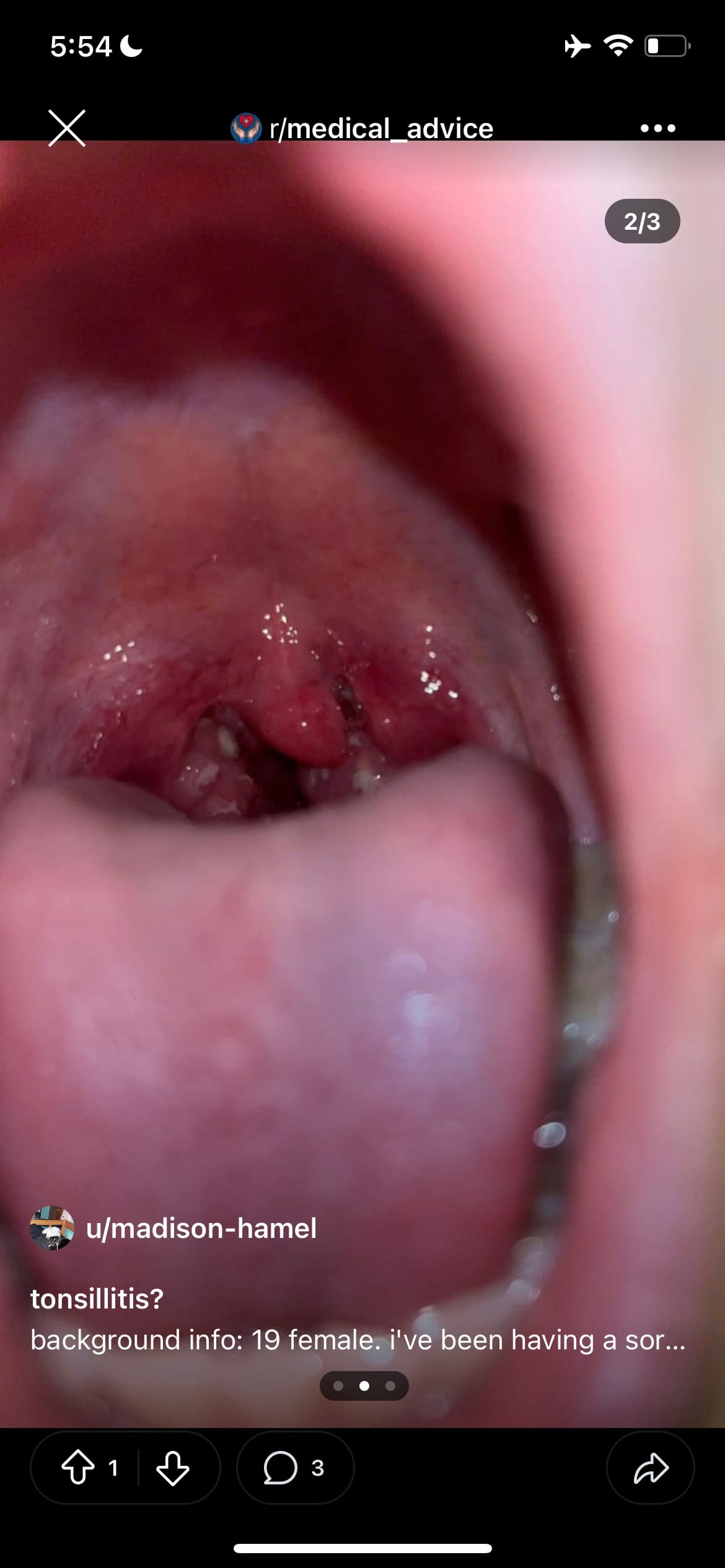
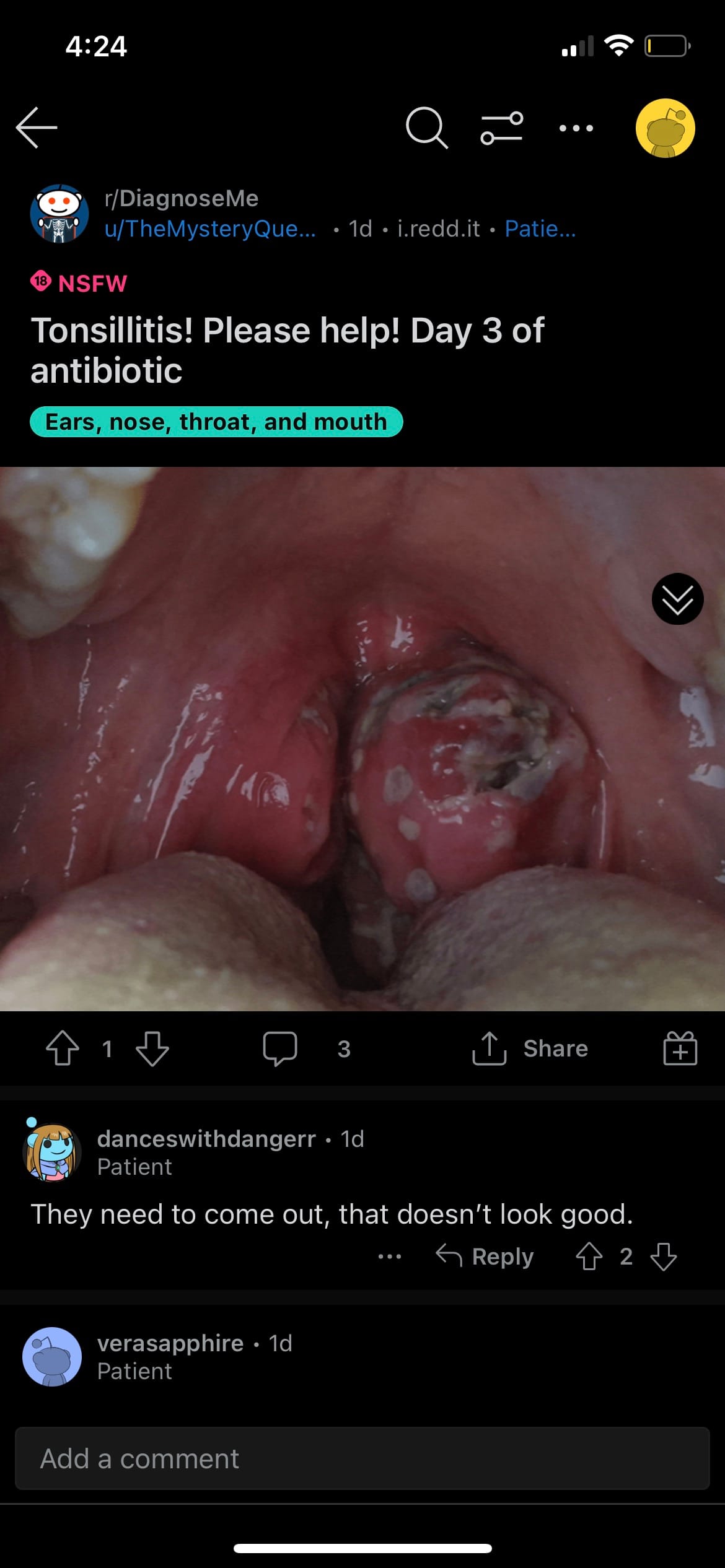
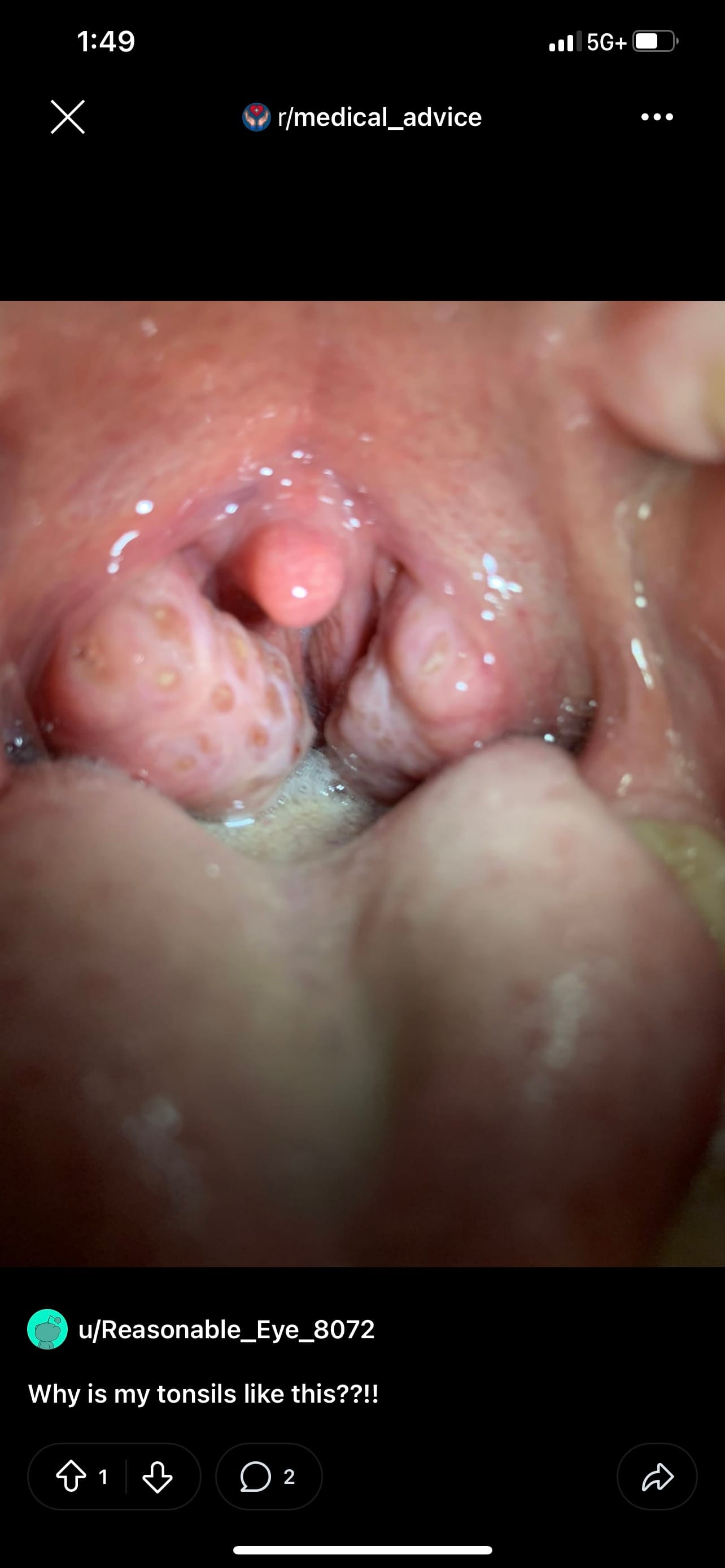
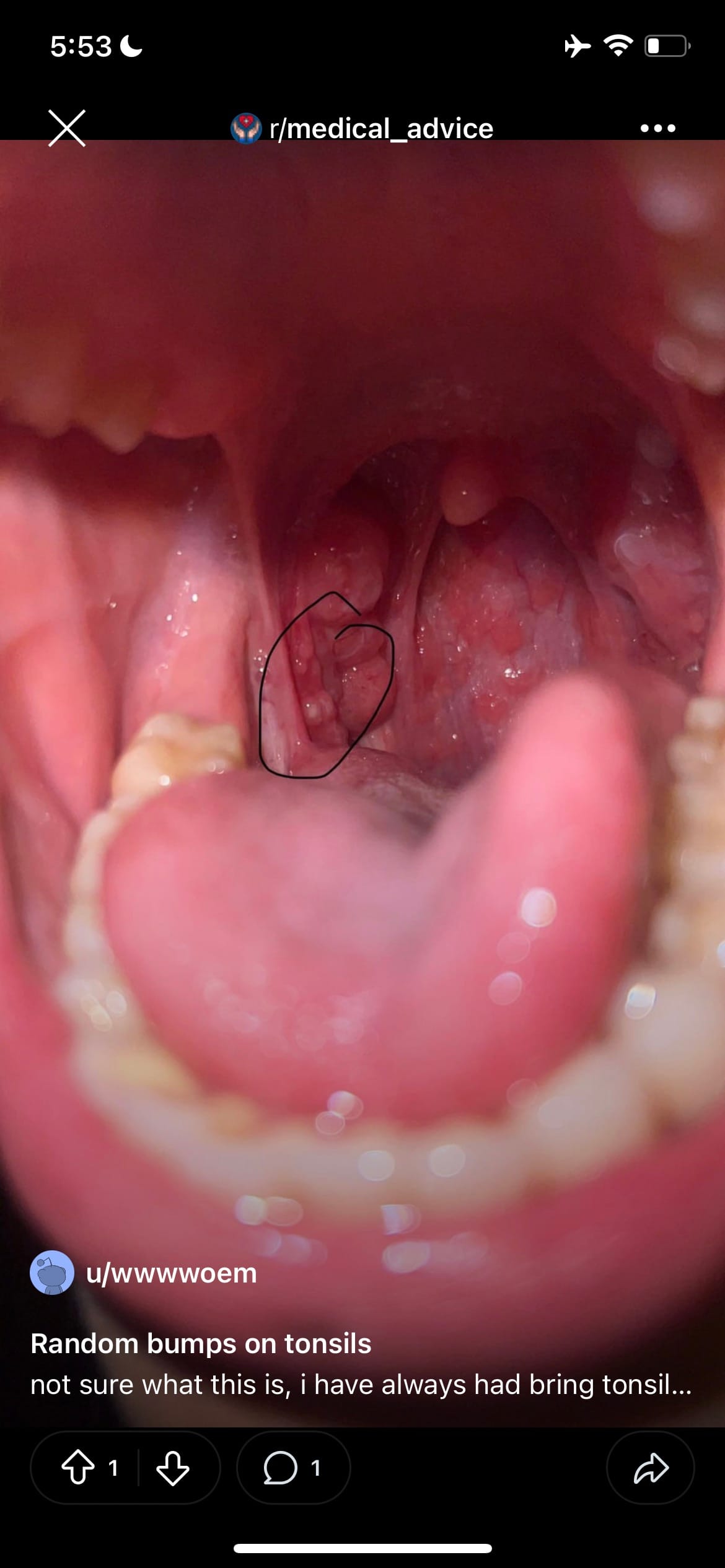
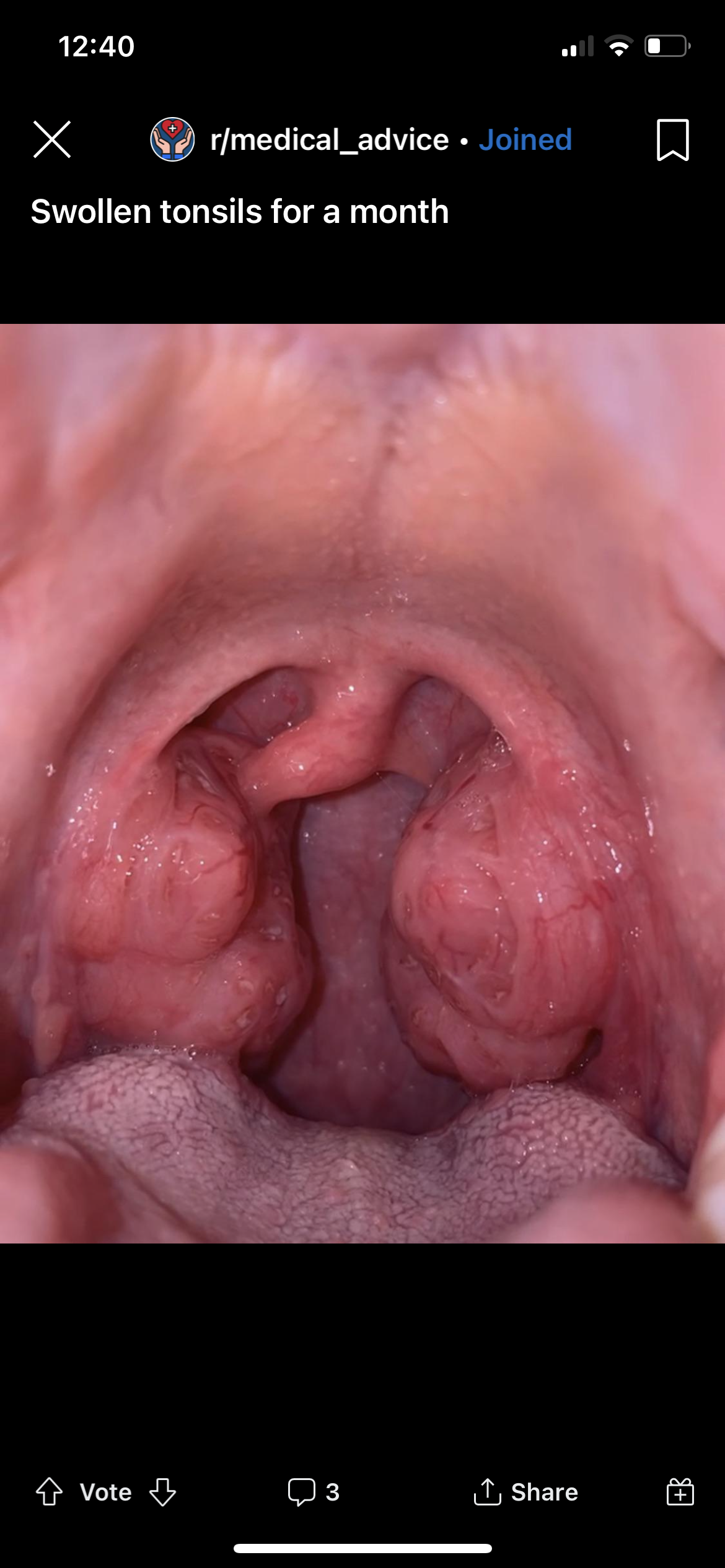
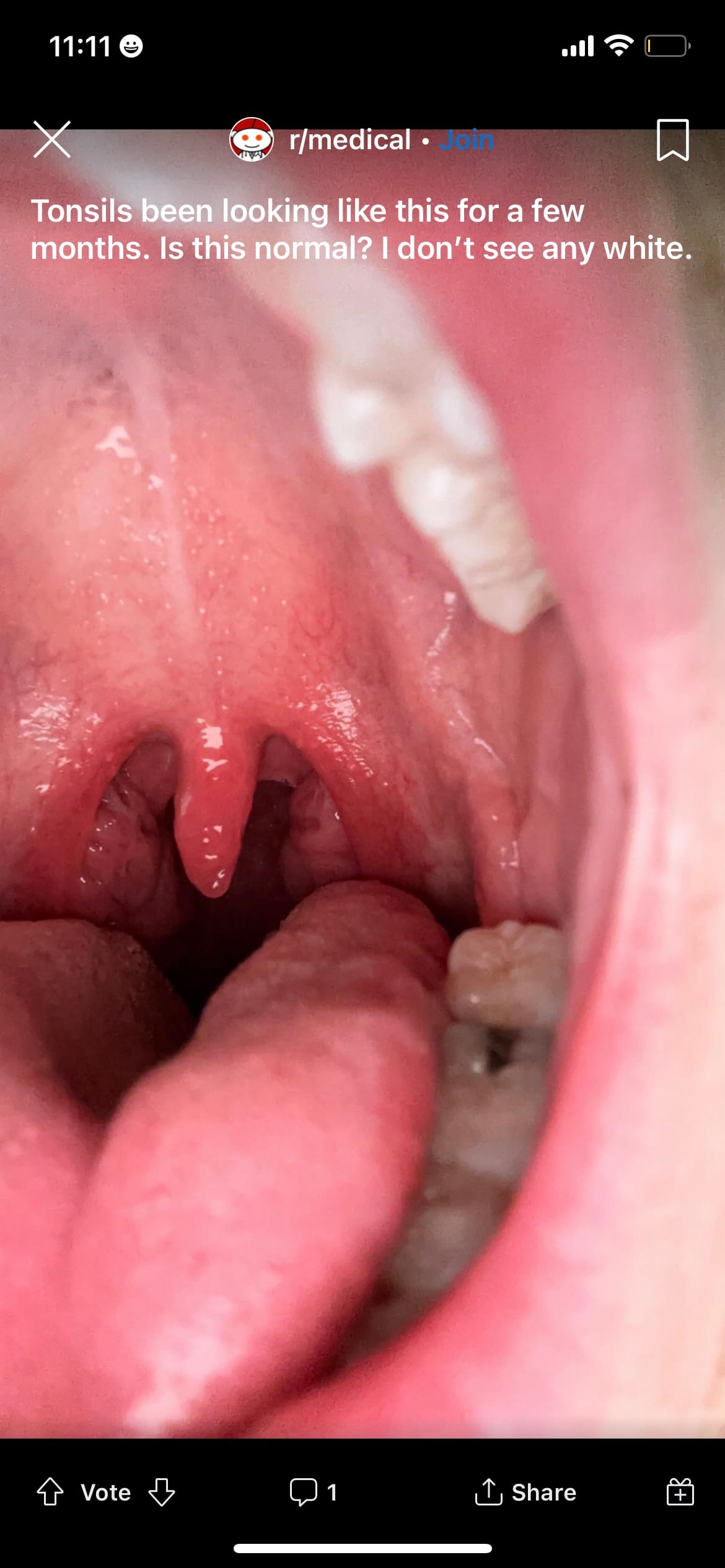
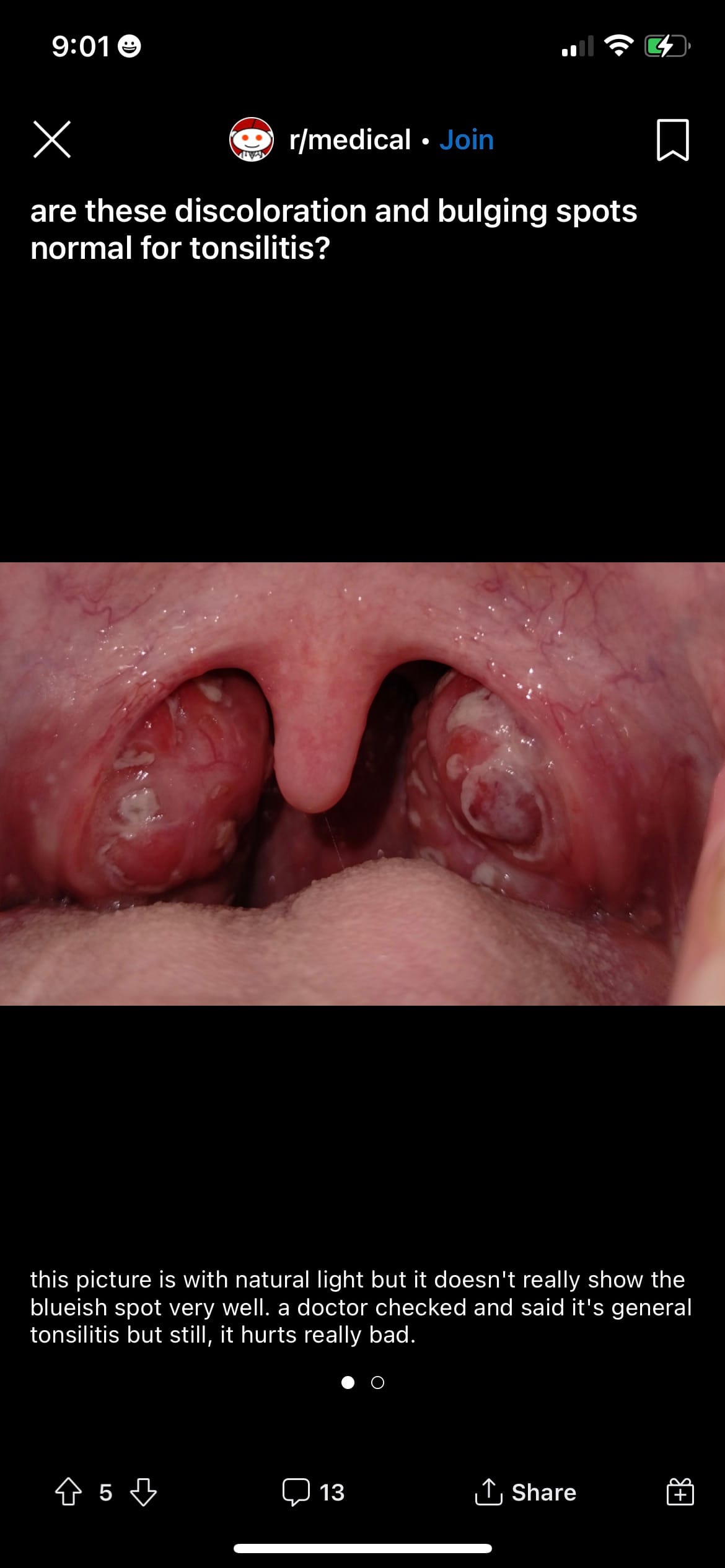
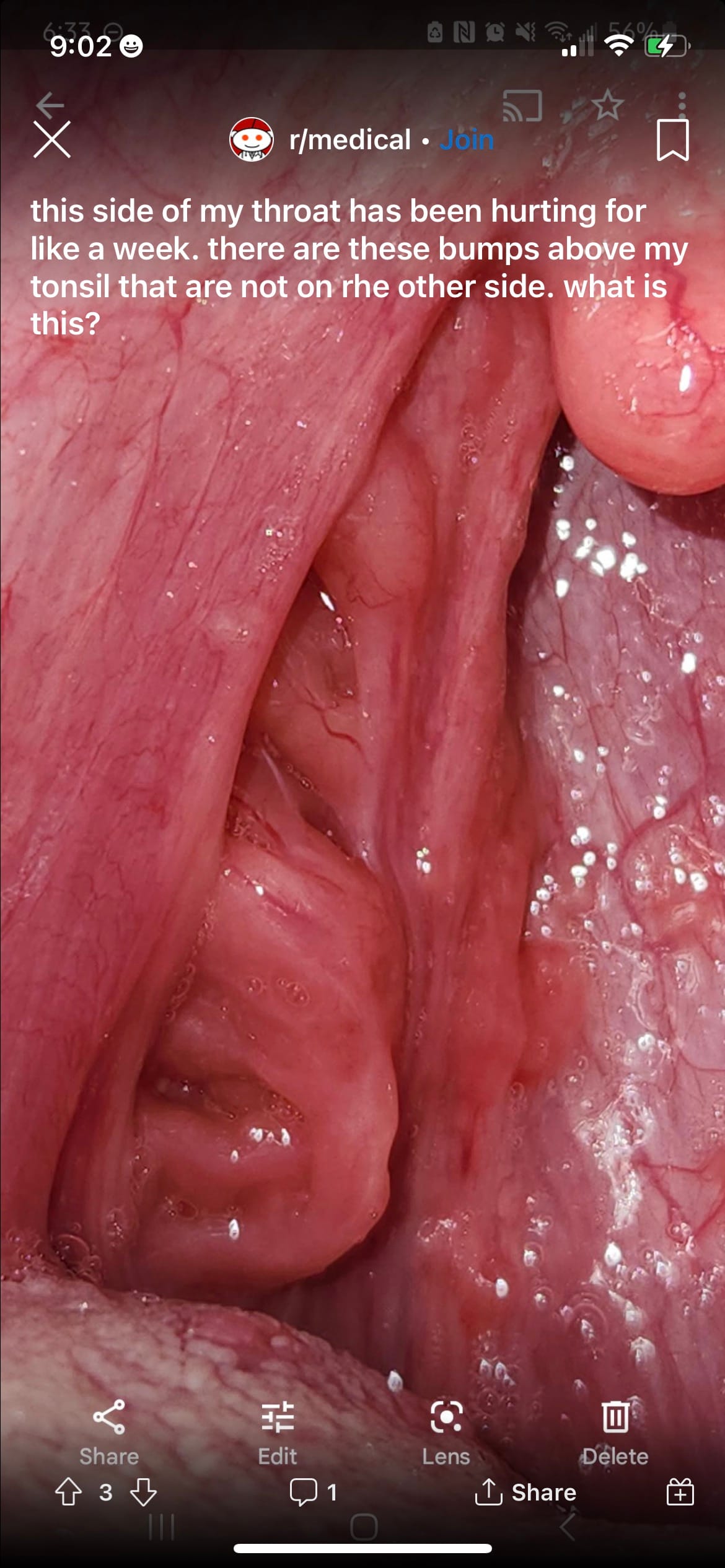
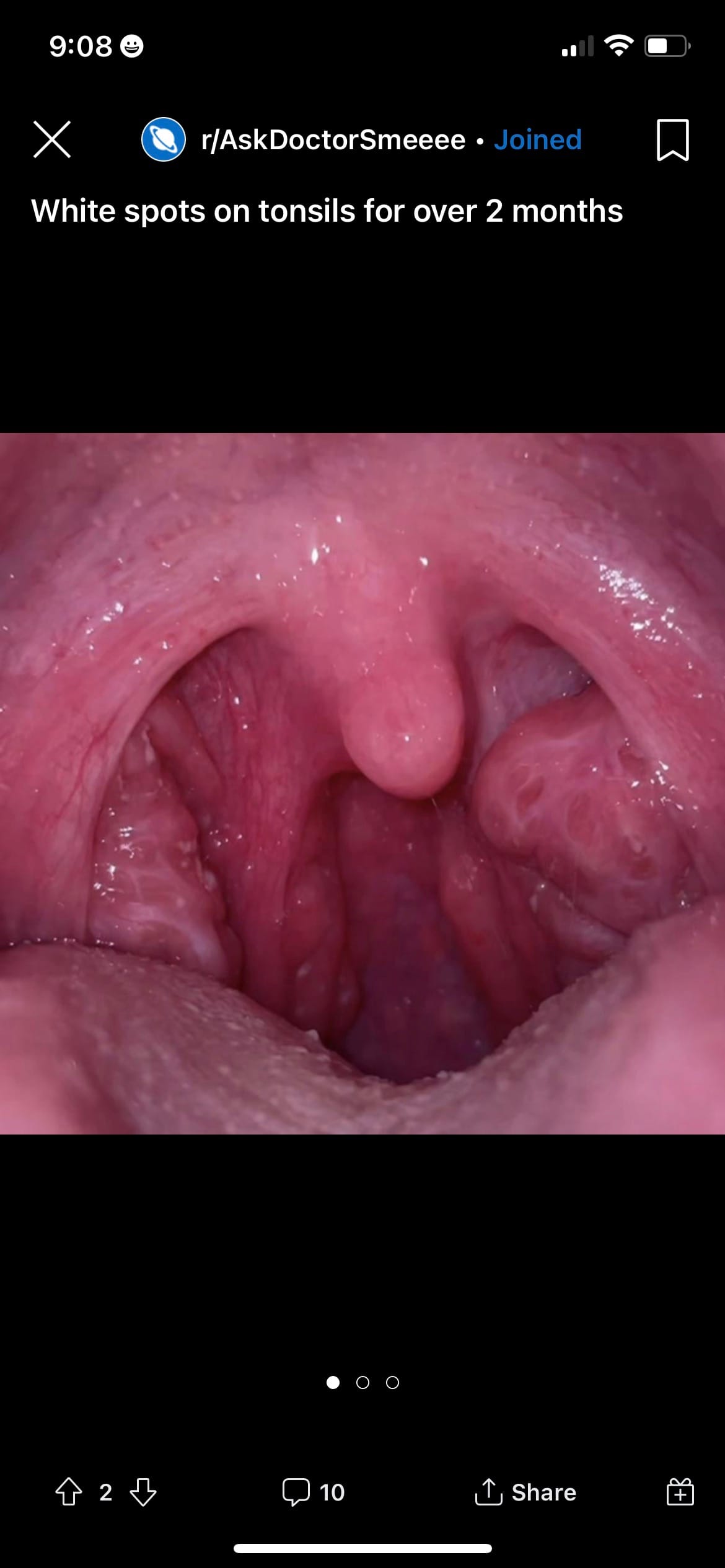
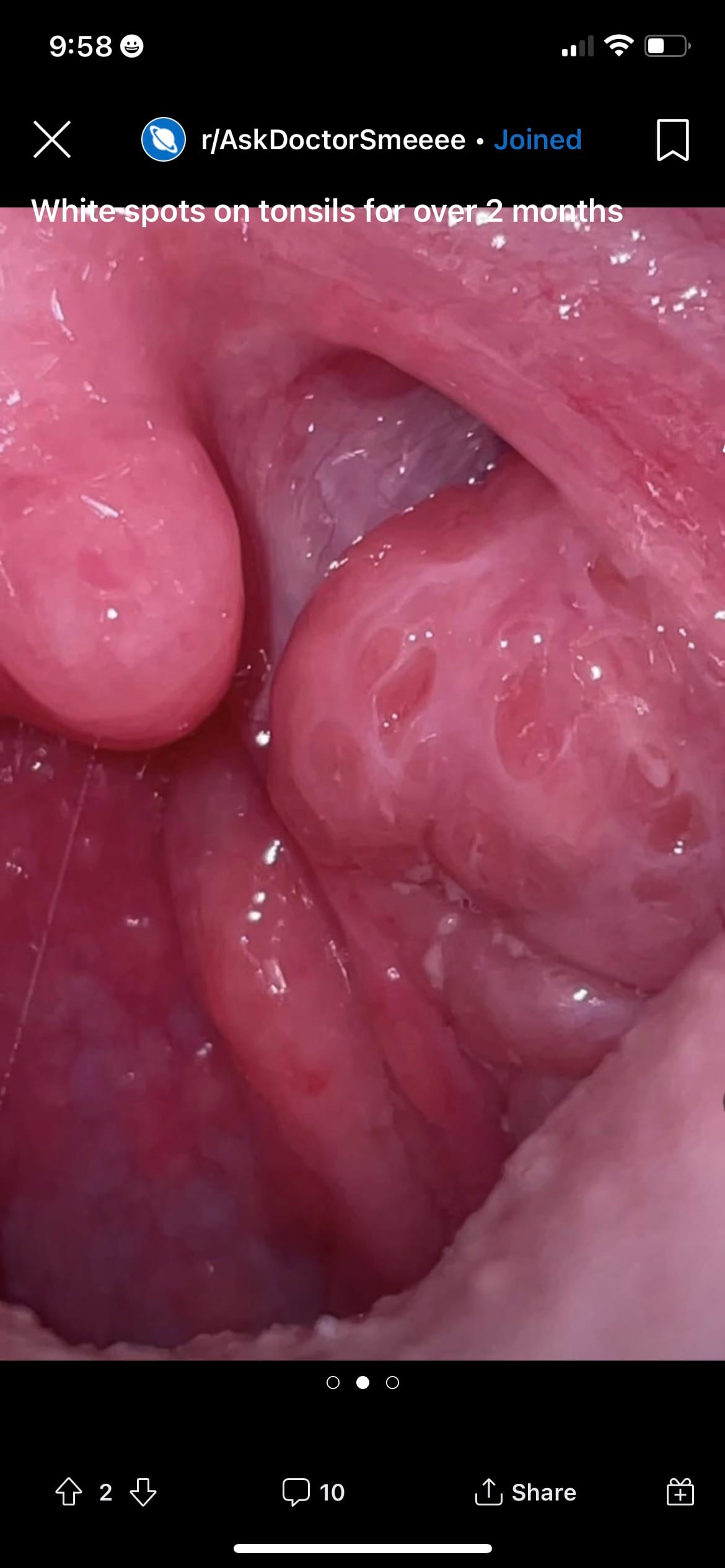
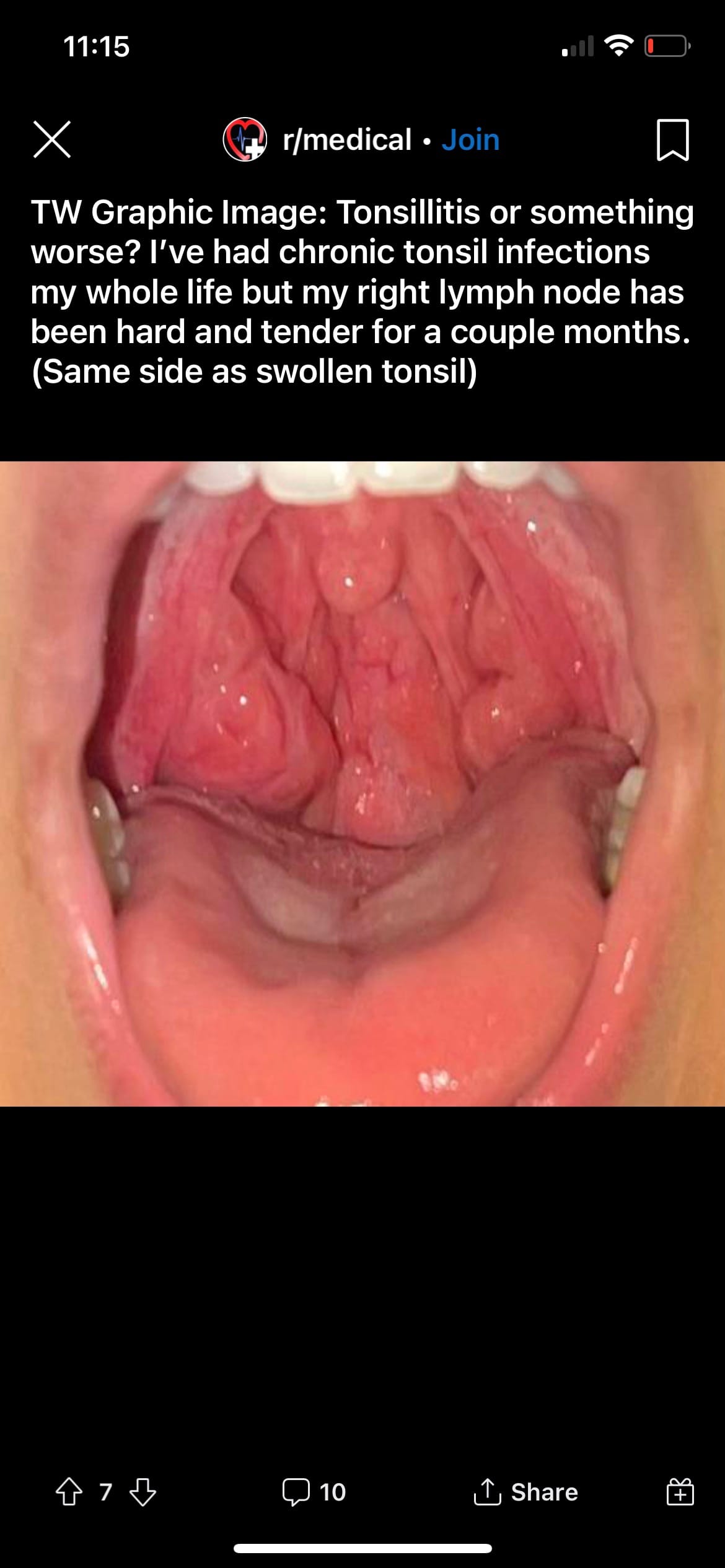
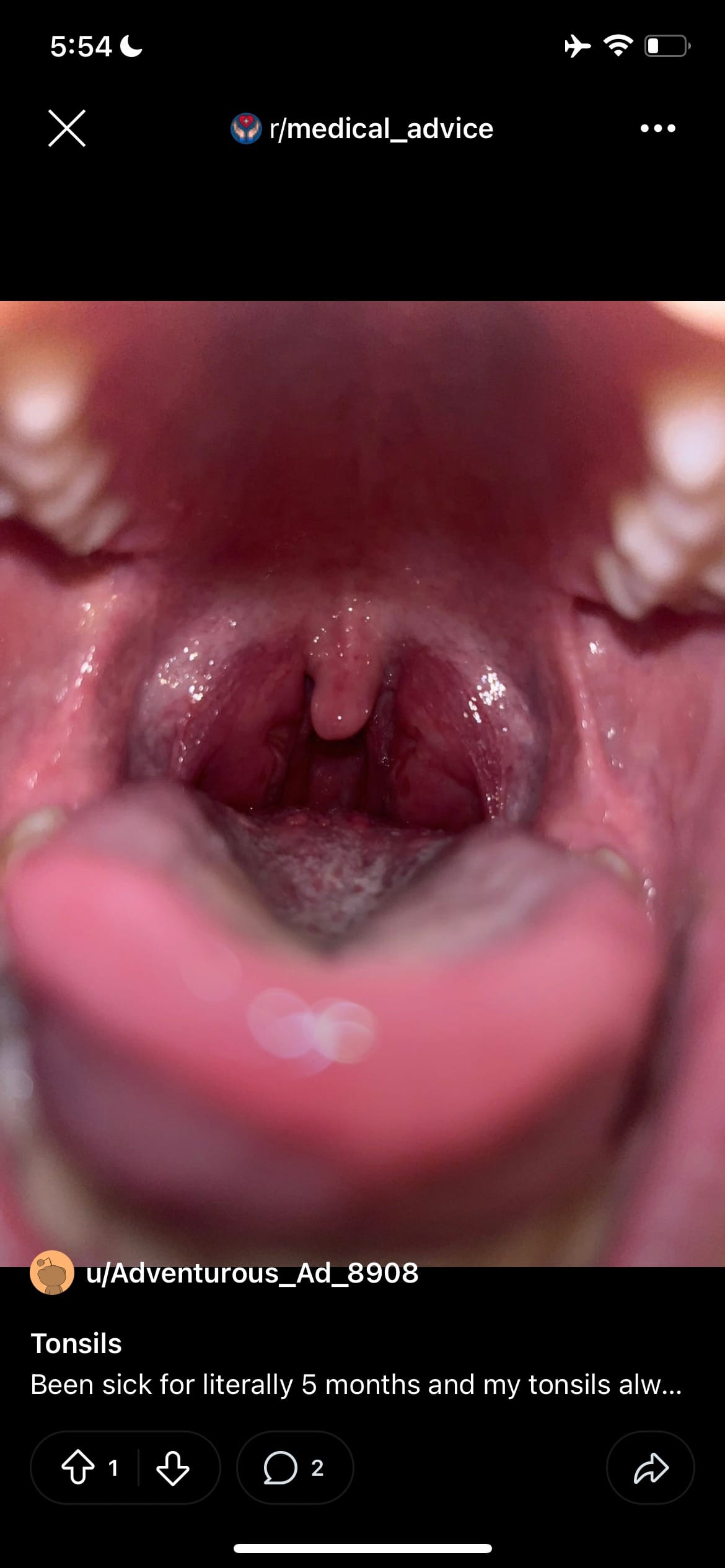
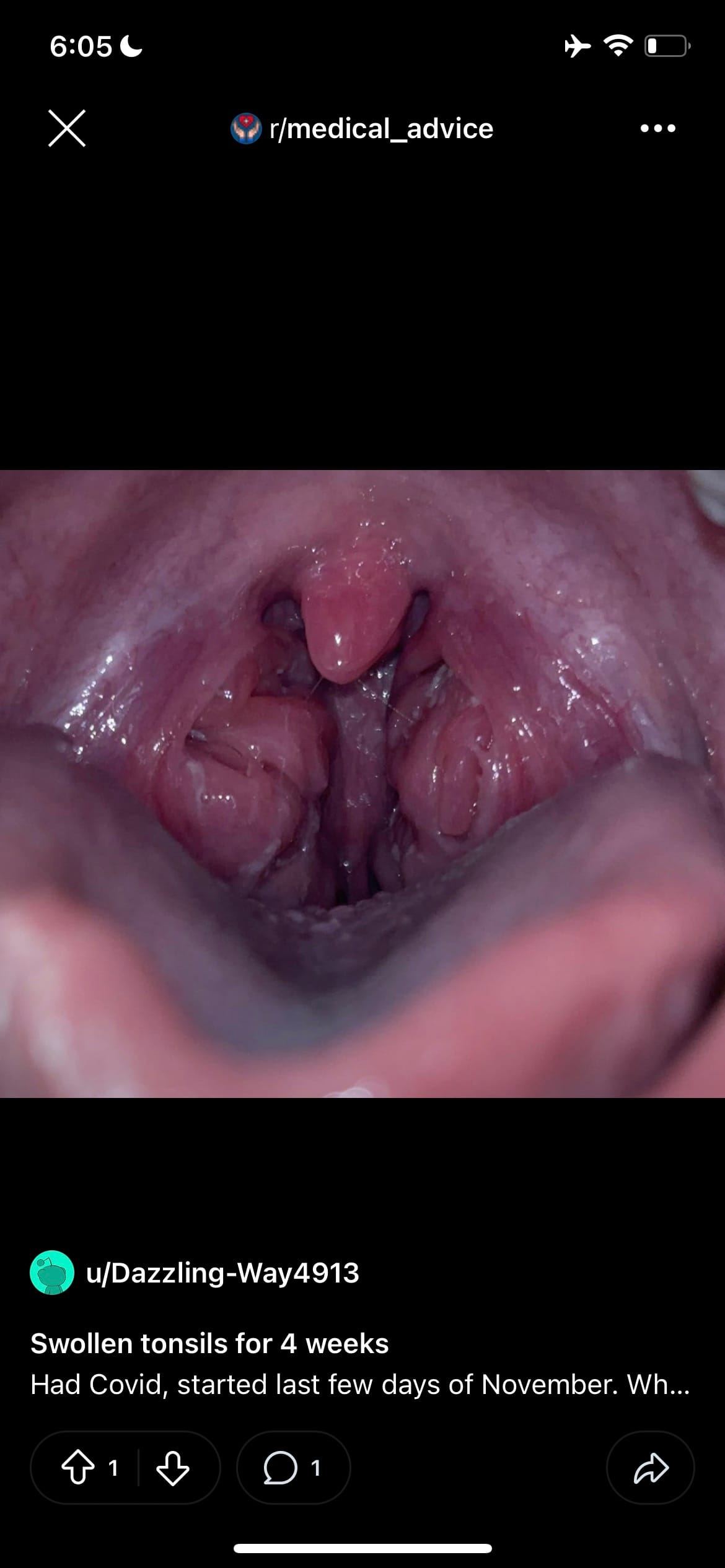

Misfolded proteins are notoriously difficult for the body to break down and may accumulate in the tonsils and lymph nodes, leading to chronic inflammation or abnormal growths.
Misfolded proteins are sticky and prone to aggregation. In paraneoplastic conditions, their accumulation in the tonsils is the body’s attempt to isolate and sequester the potentially harmful substances.
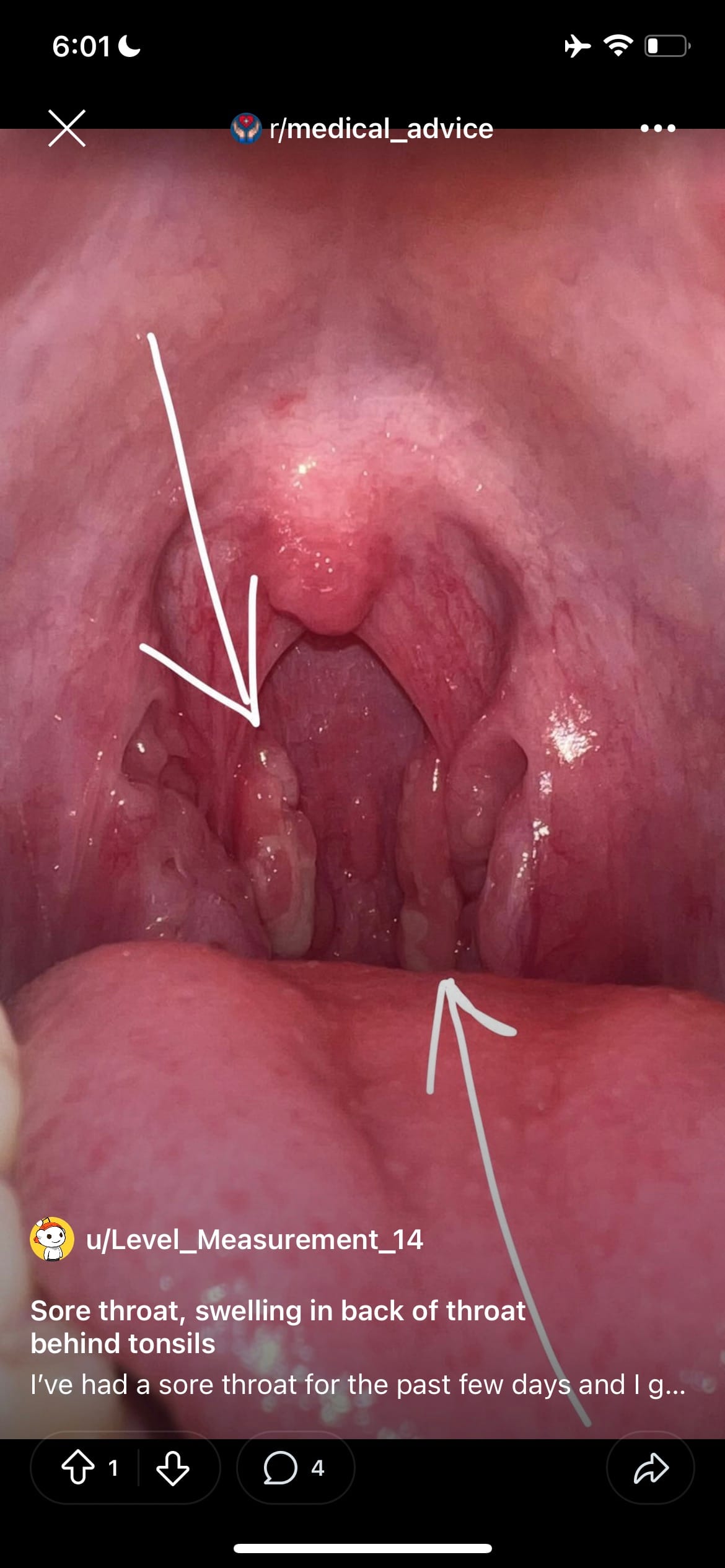
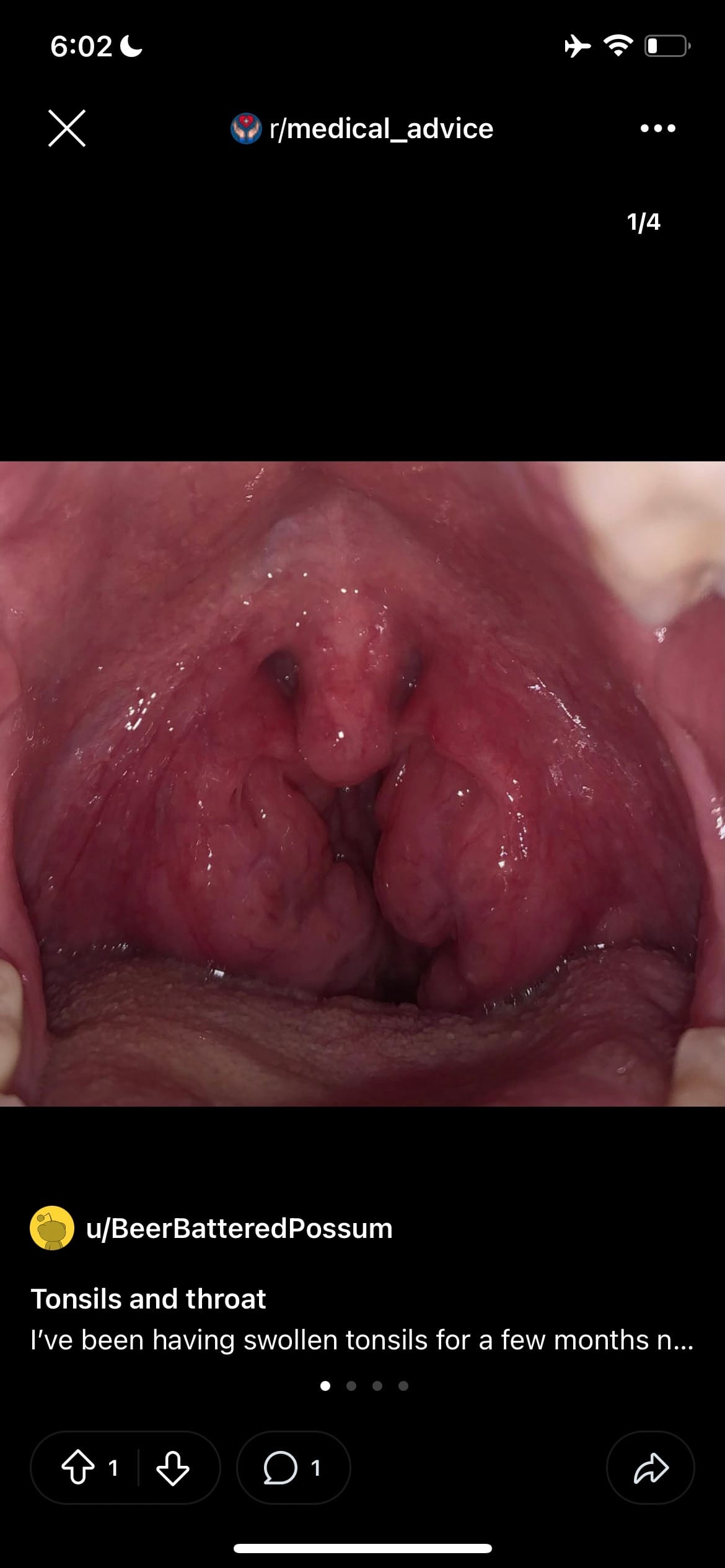


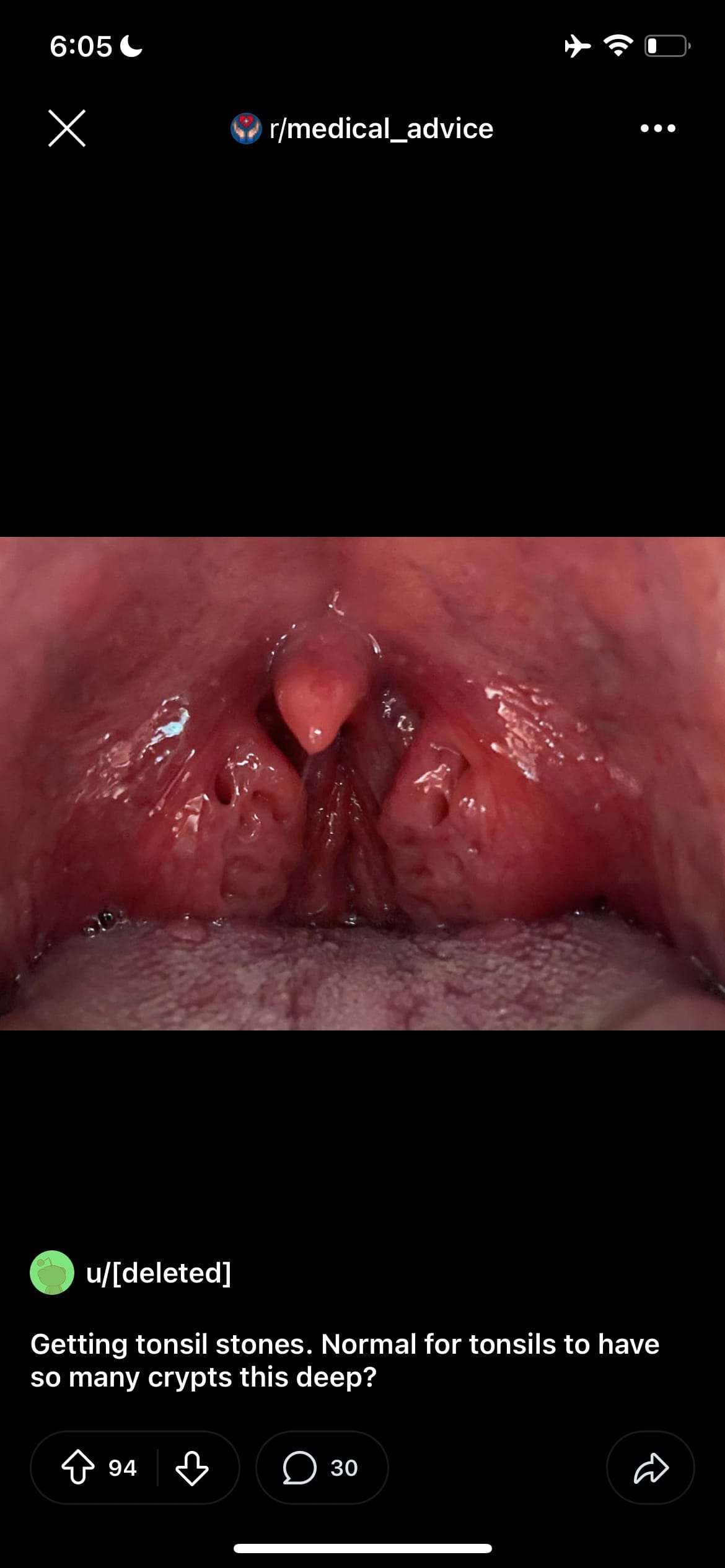
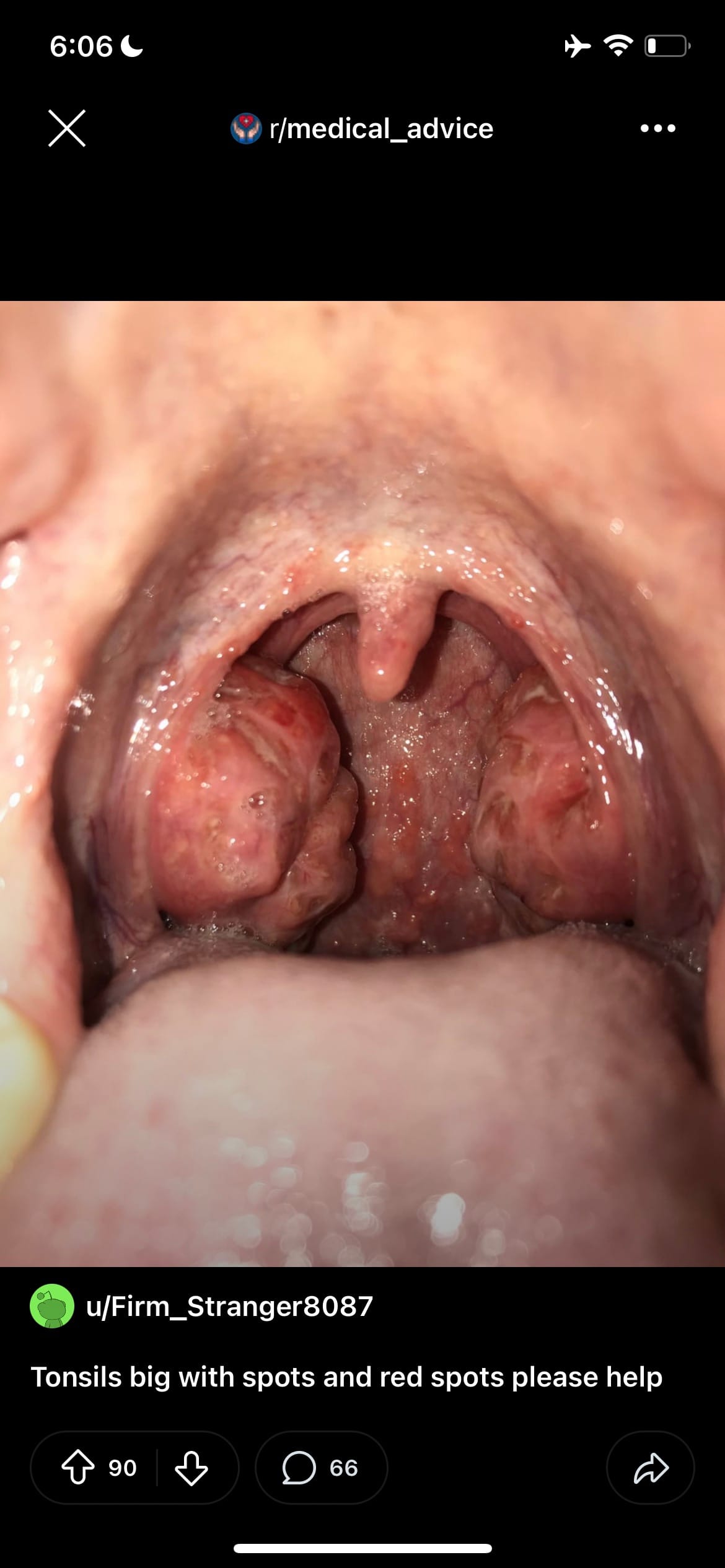
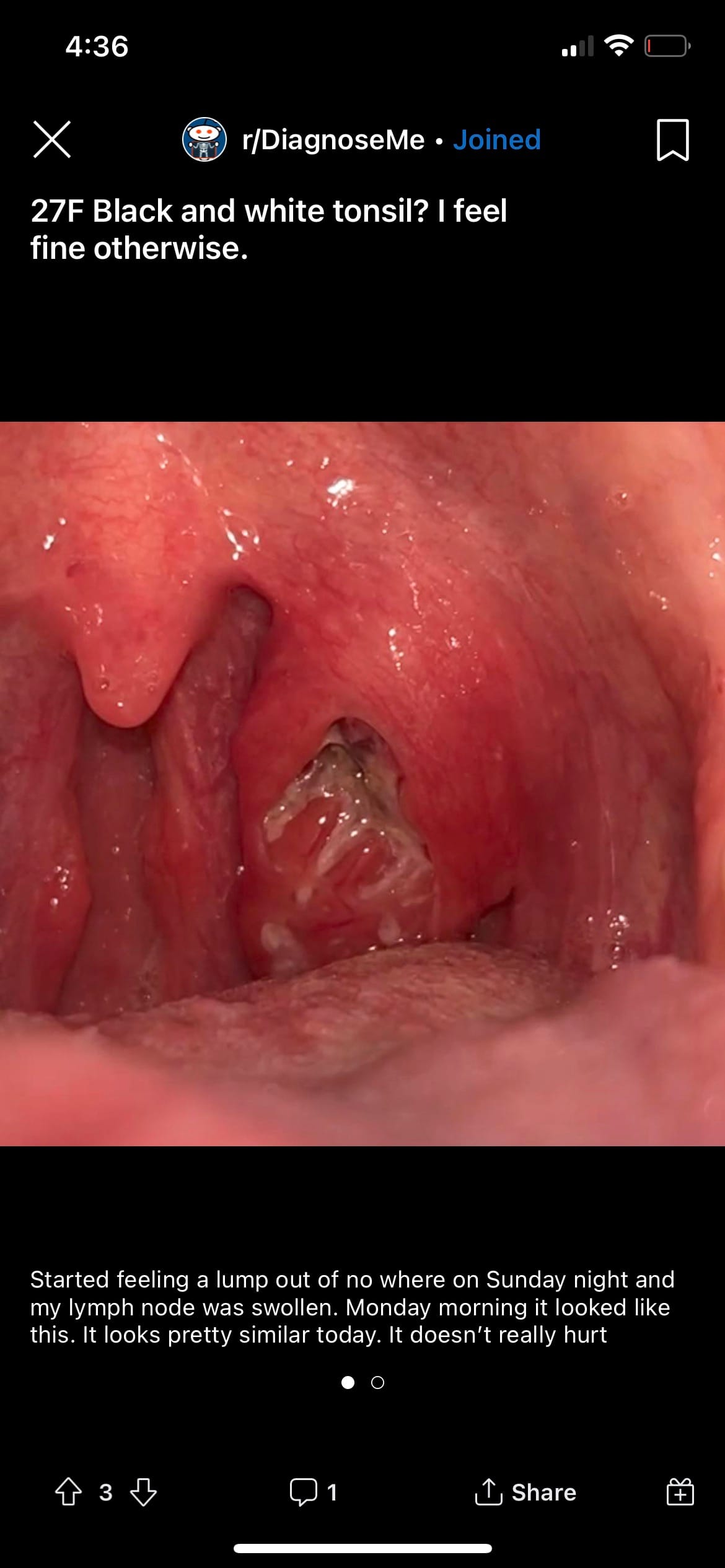

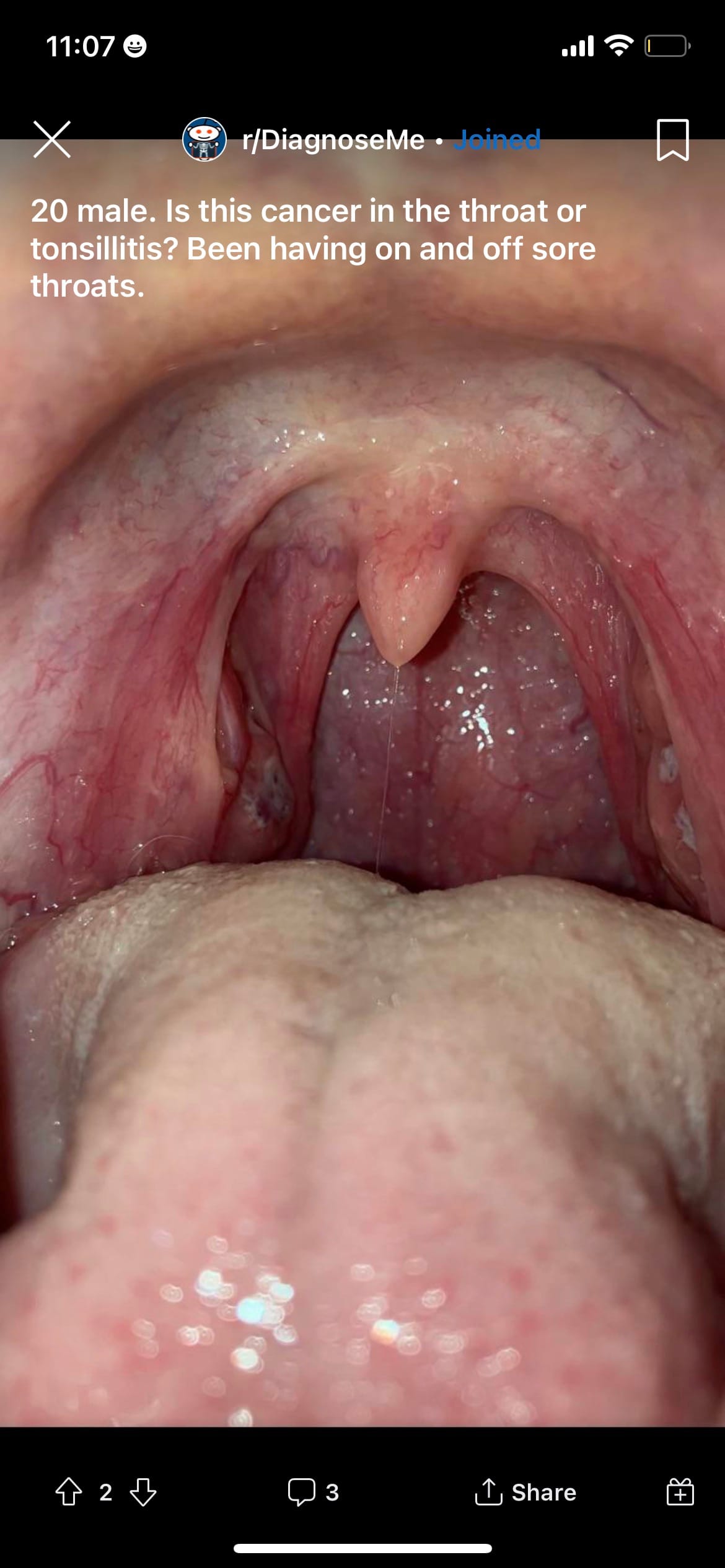

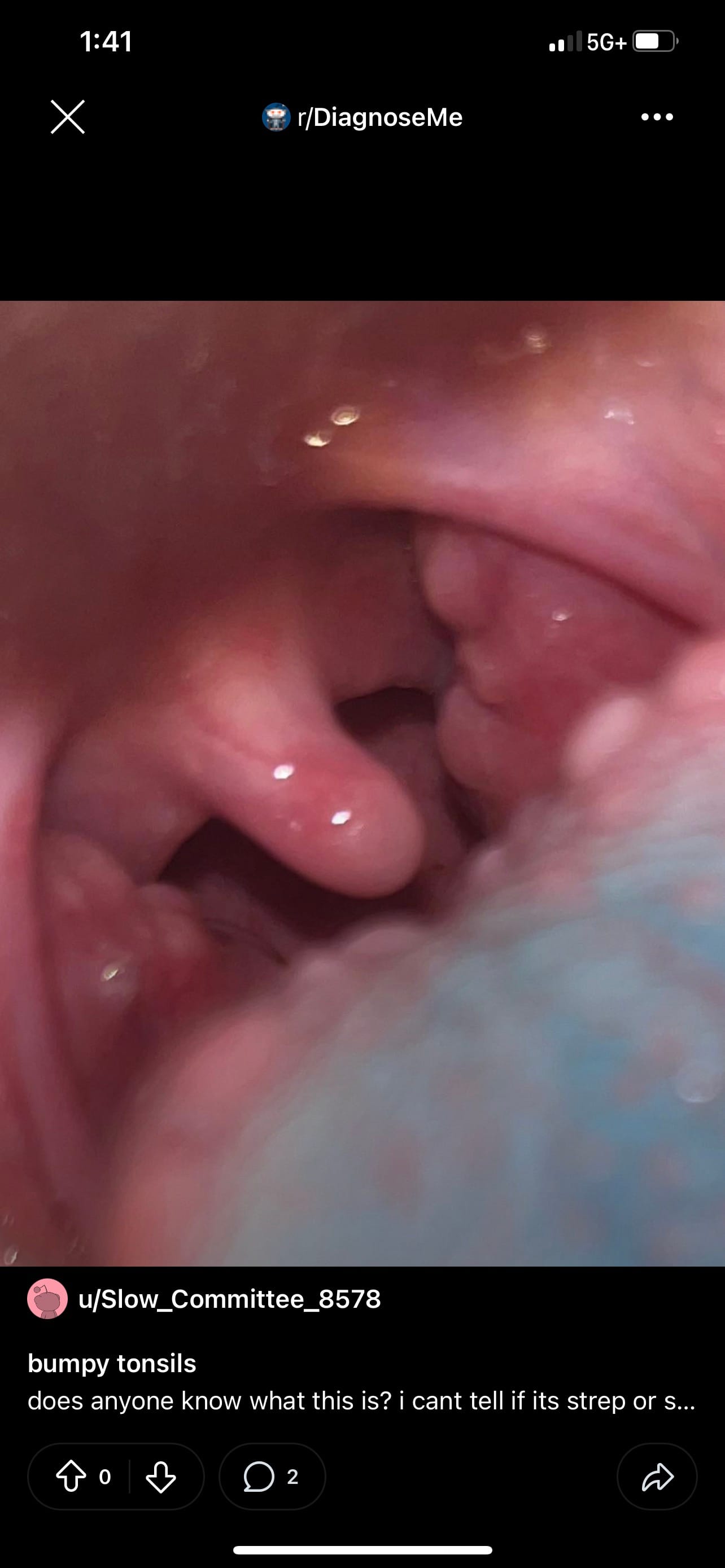

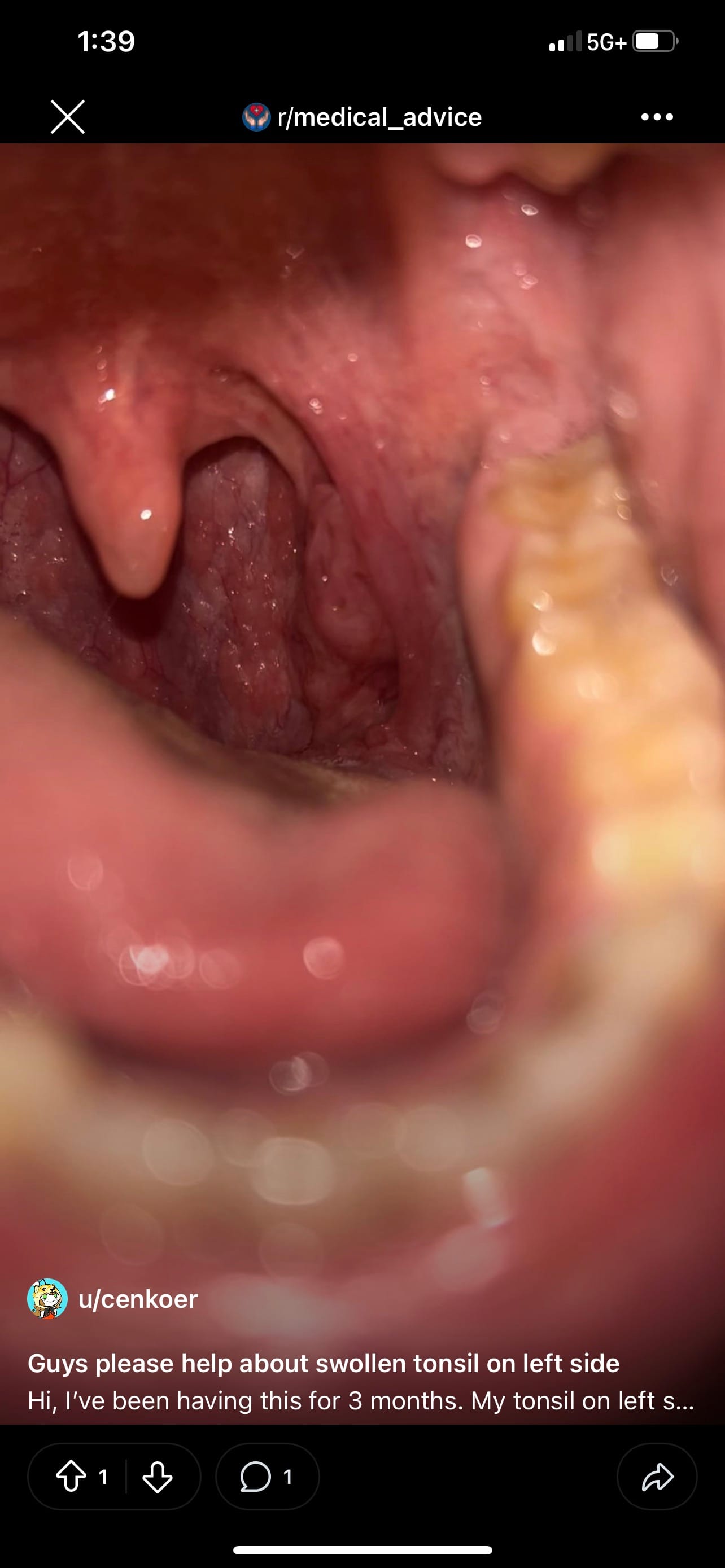
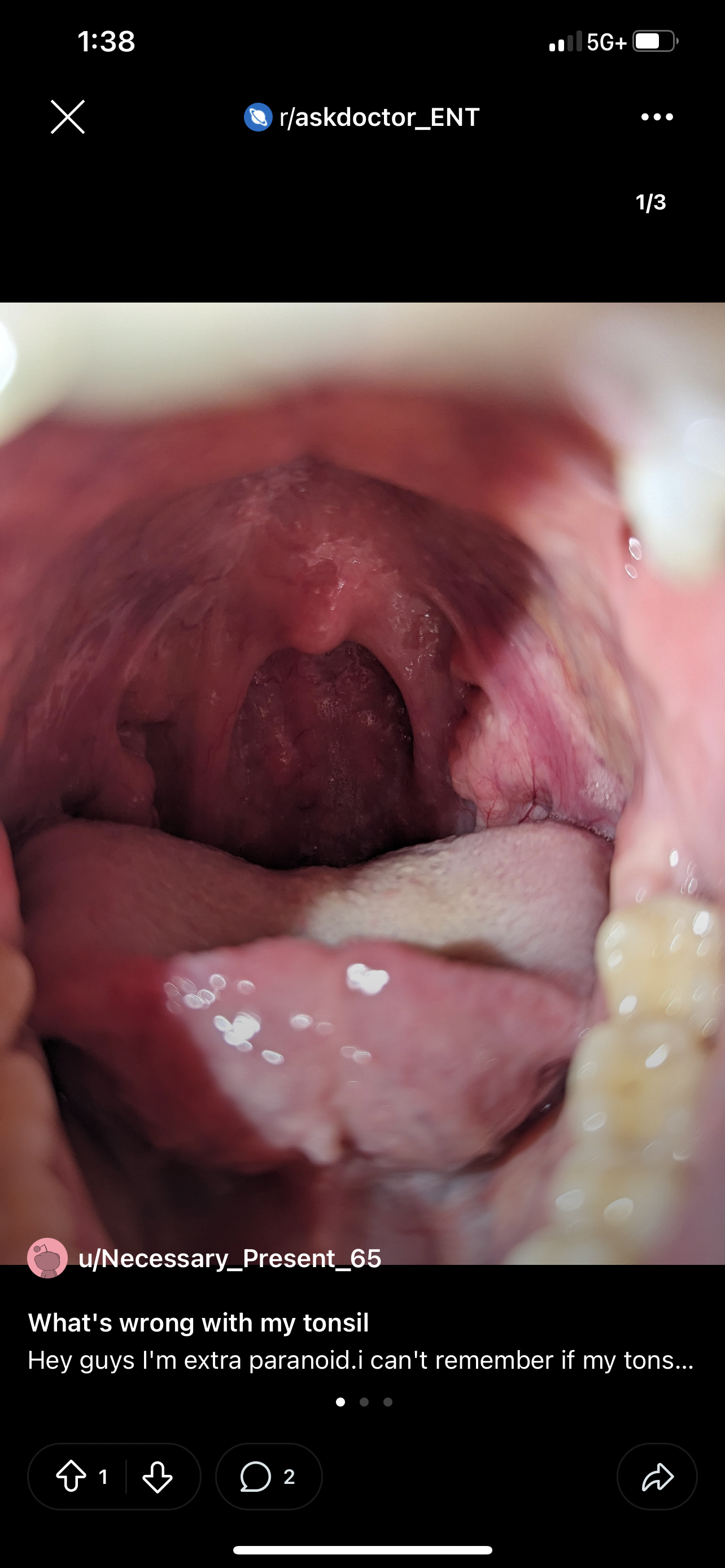
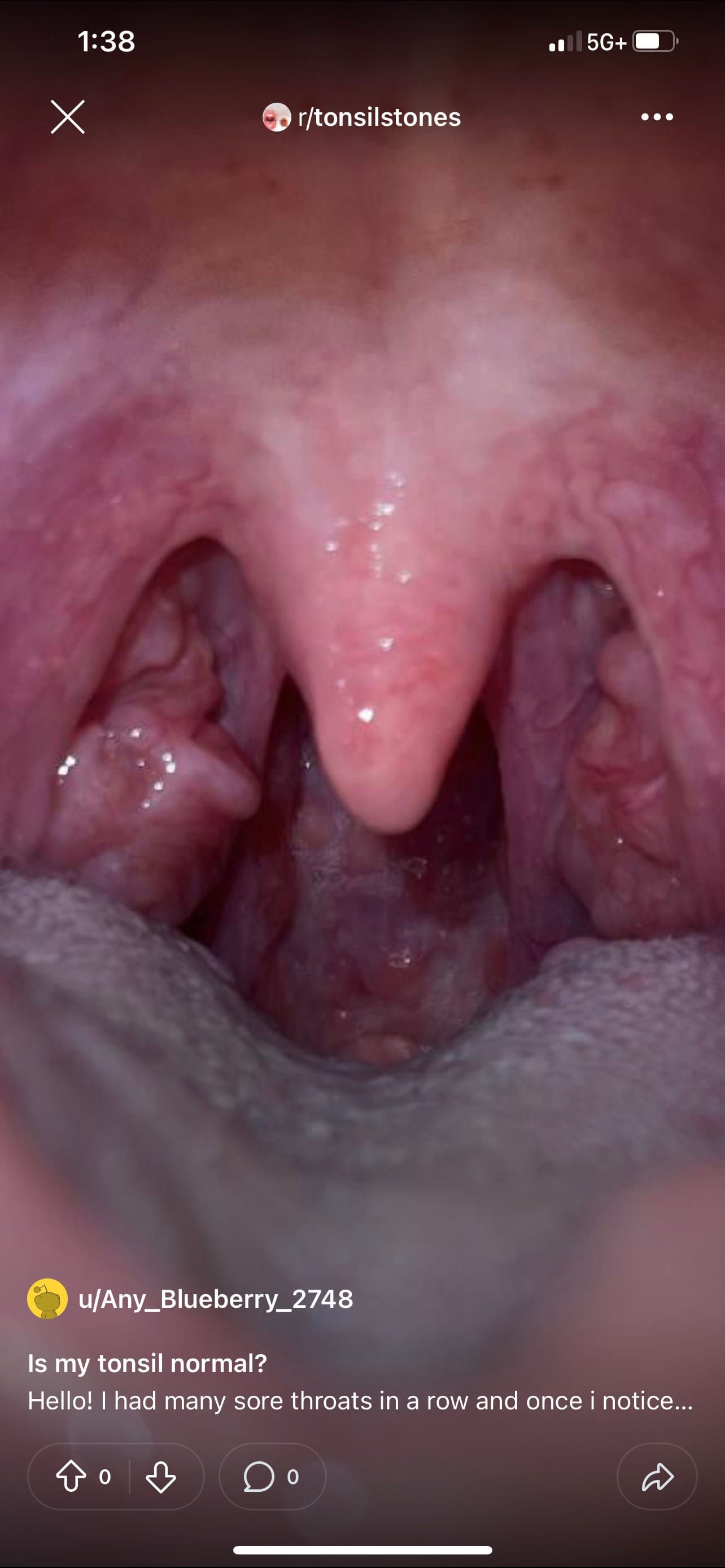
Chronic, Severe Tonsillar Disfiguration Can Indicate Autoimmune or Lymphatic Dysfunction
What's most concerning about these cases is that so many claim very little physical symptoms outside of the discomfort and irritation of chronic tonsil stones, trouble breathing, smell from debris collecting in tonsillar crypts, etc. Some say they experience very little pain but are just seeing tissue grow in ways it should not be. And its not stopping.
In general tonsil inflammation and puss or debris build up should occur as a result of an acute immune reaction. So it should only last during the peak of illness, then immune system should actively fight off the infection until its cleared (using the output of energy produced by the fever to do this). If it fails to do so, the body becomes a passive host, allowing chronic, deep-seated infections to spread unchecked.
If the tonsils are extremely swollen, irregularly shaped, or covered in infection-like tissue without pain, it could signal immune system dysfunction rather than a typical infection:
- Autoimmune conditions can cause tissue remodeling, leading to tonsillar hypertrophy and fibrosis
- If tonsils are disfigured but not painful, it could mean lymphatic backup, where the body is unable to clear toxins, waste, or immune debris effectively, indicating long-term immune activation and chronic dysfunction
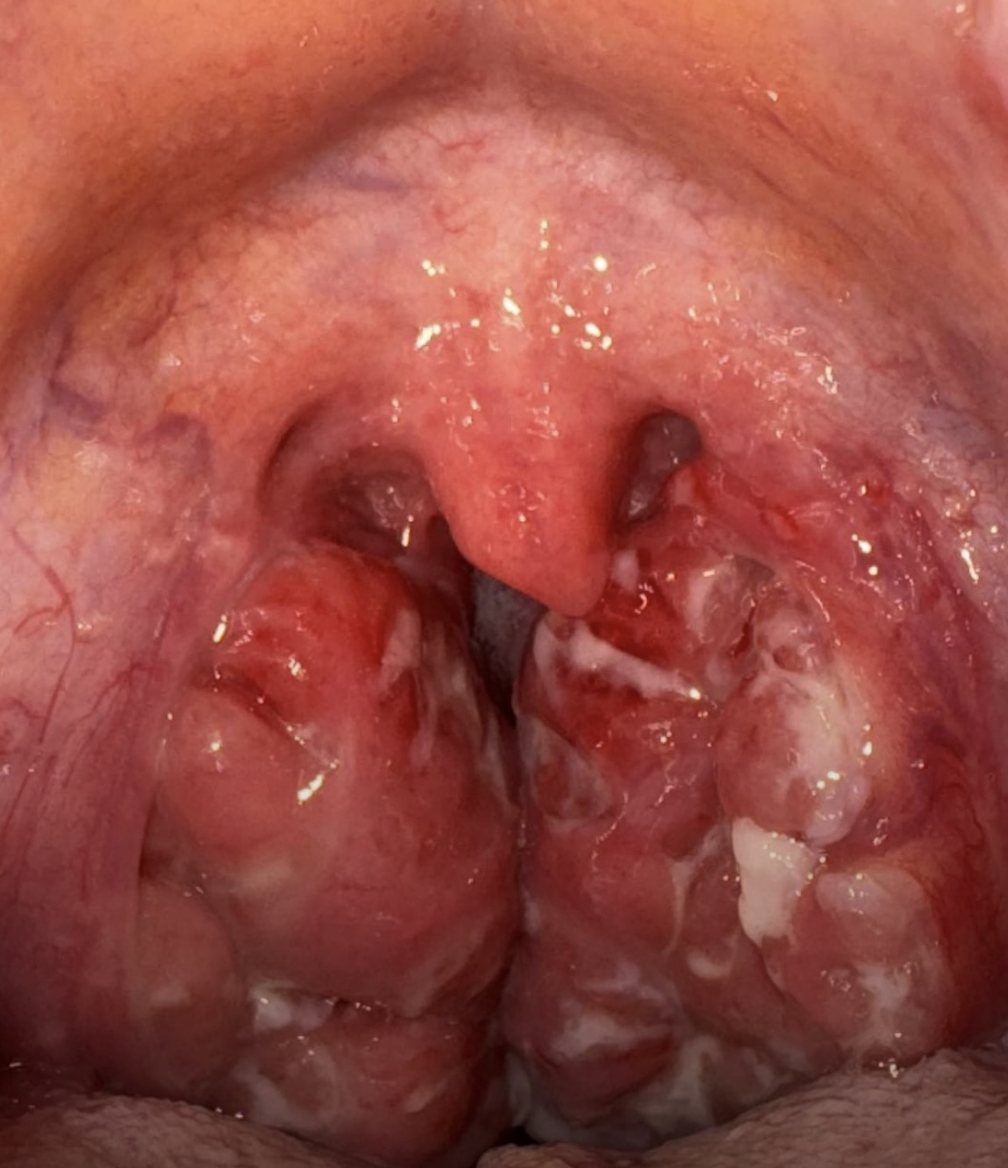
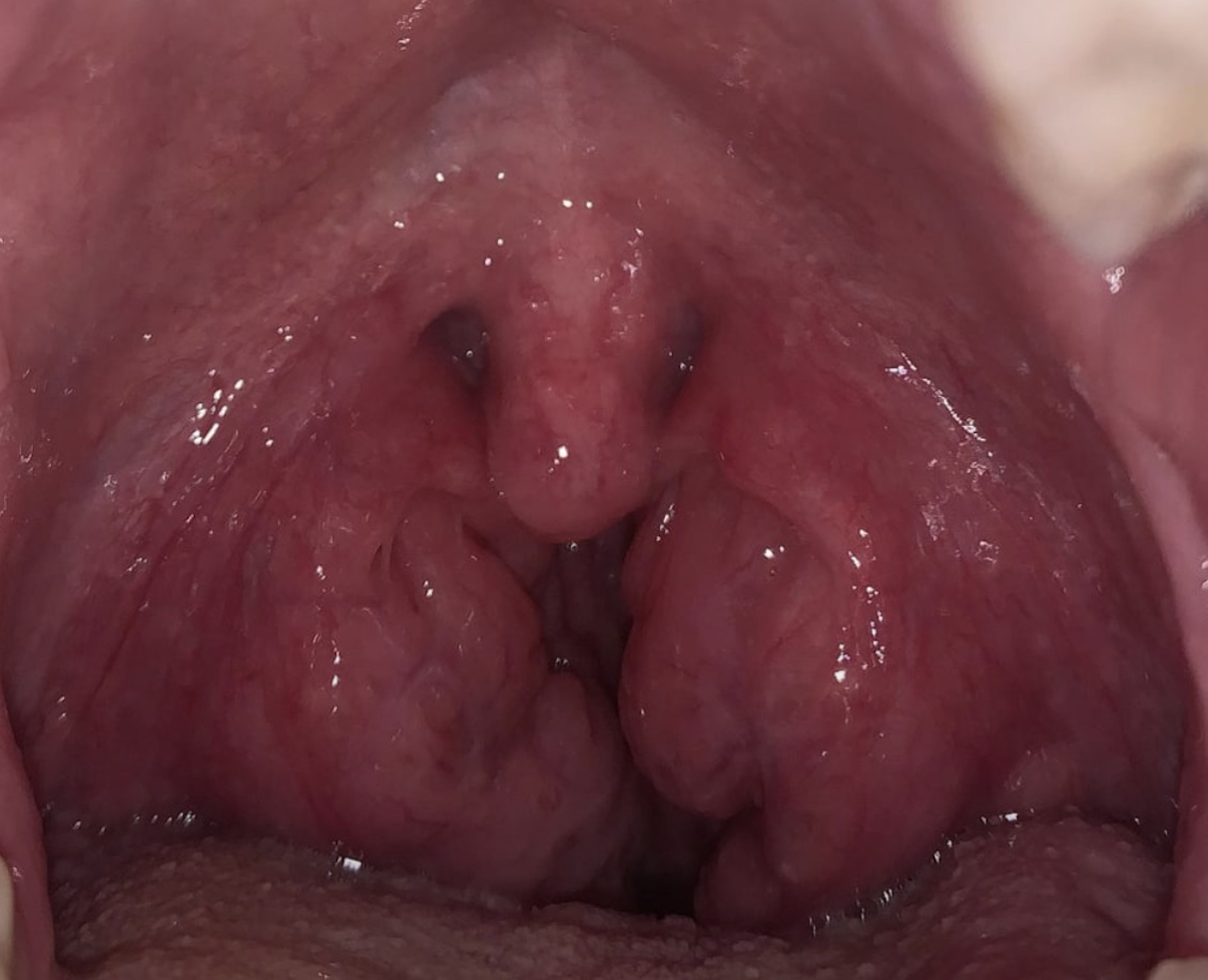

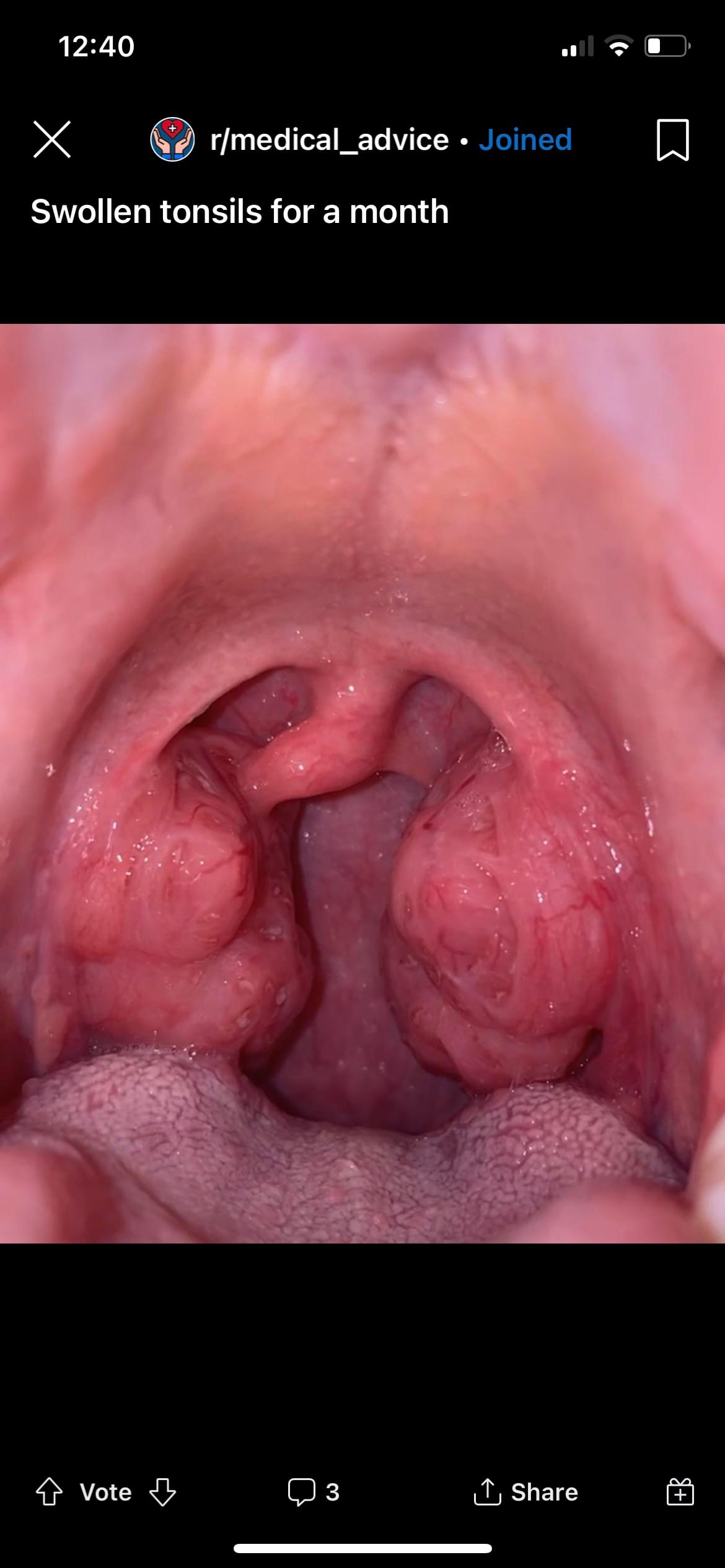


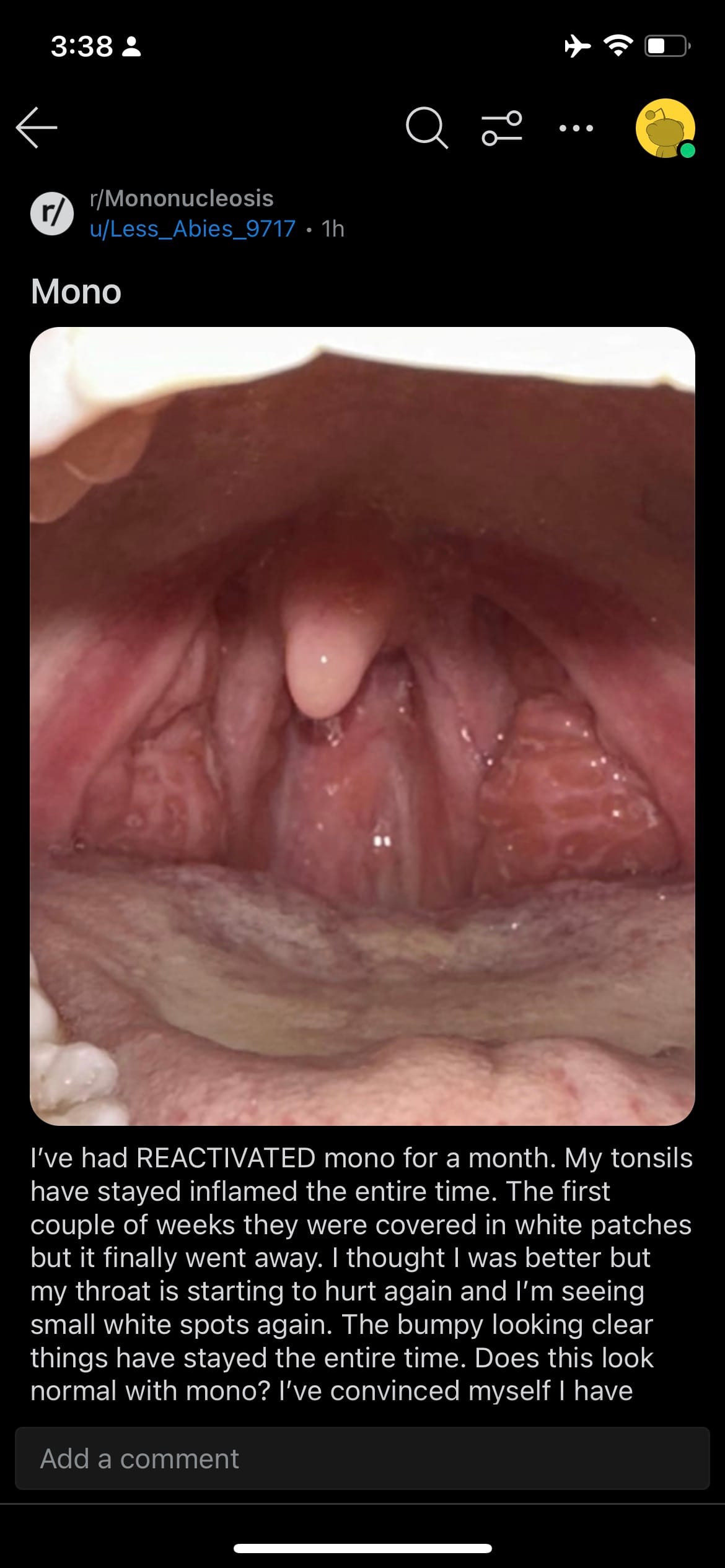
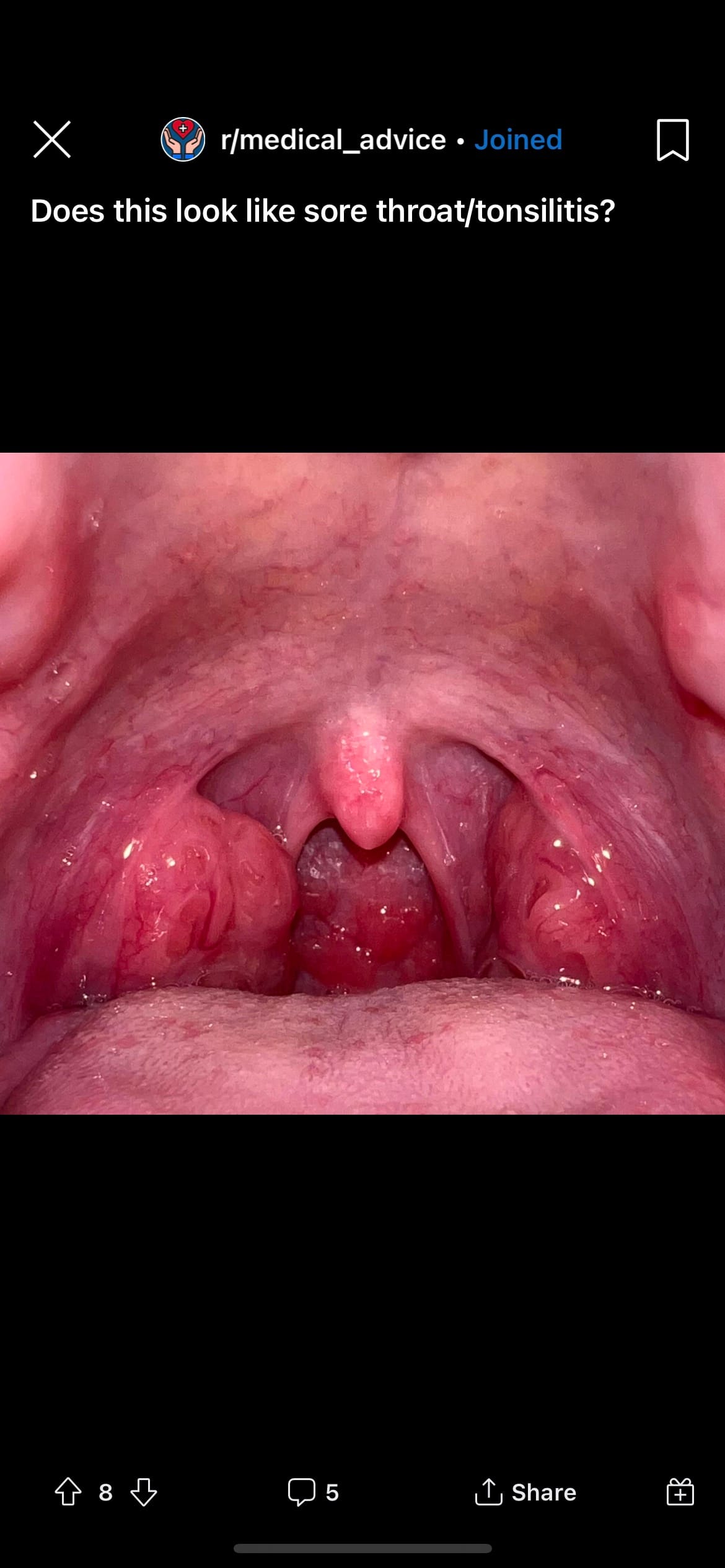

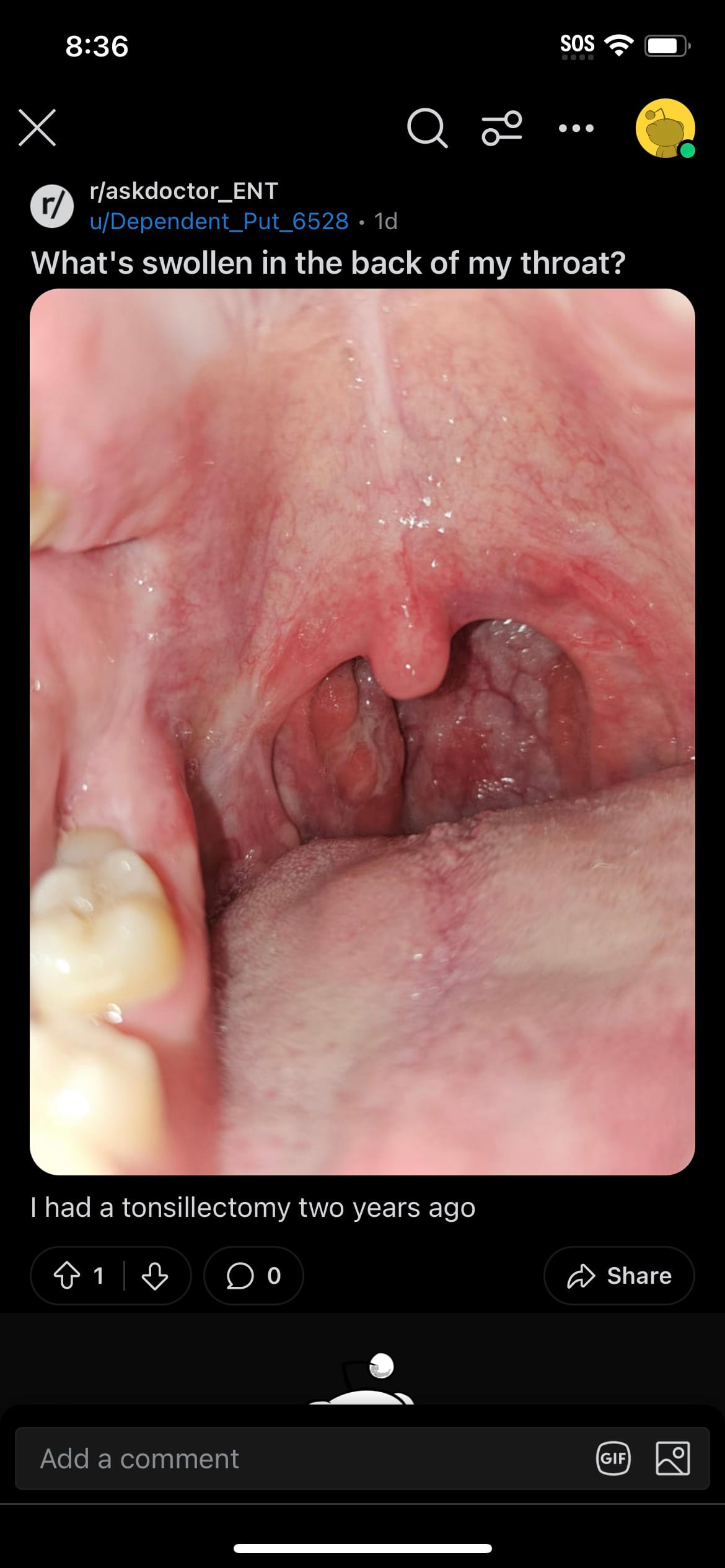
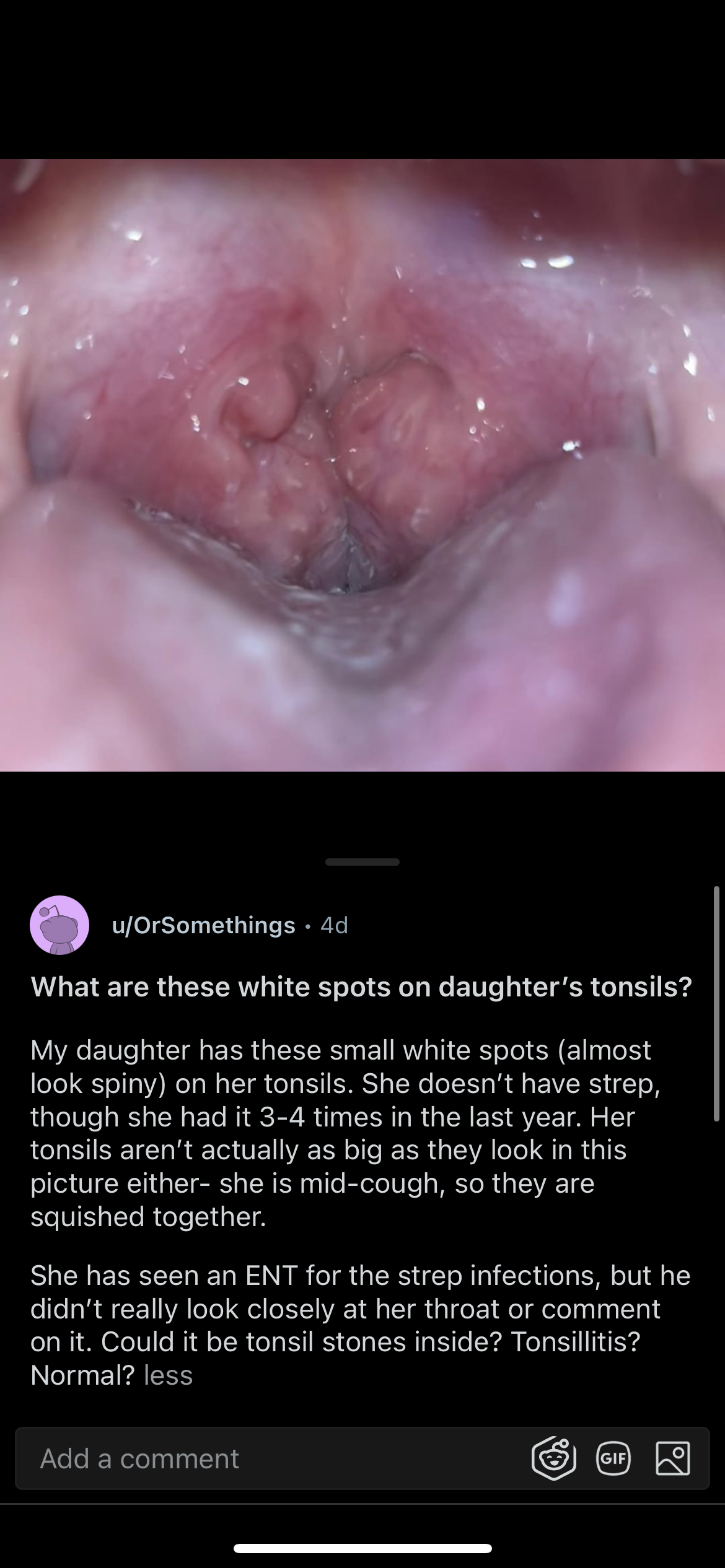



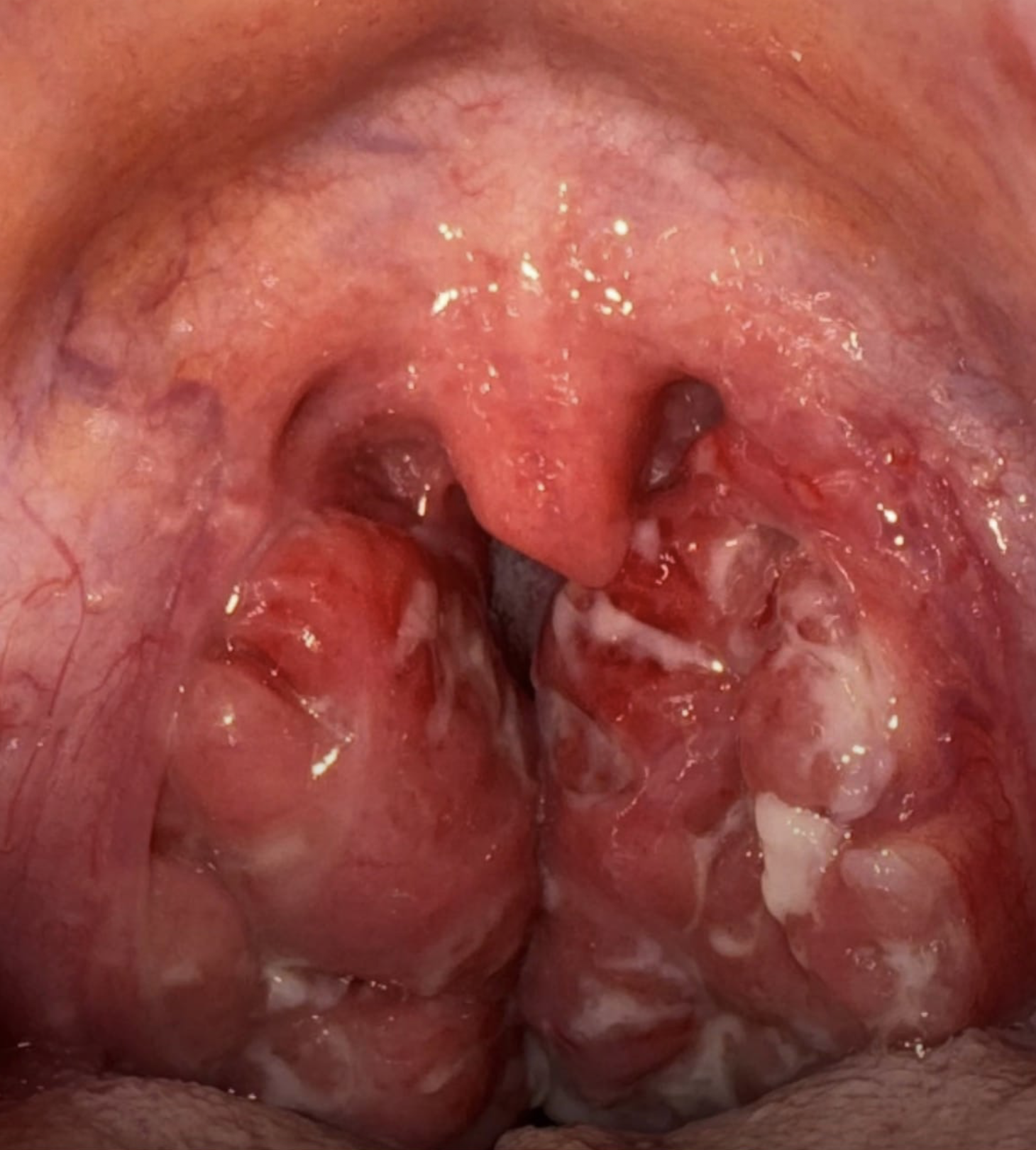



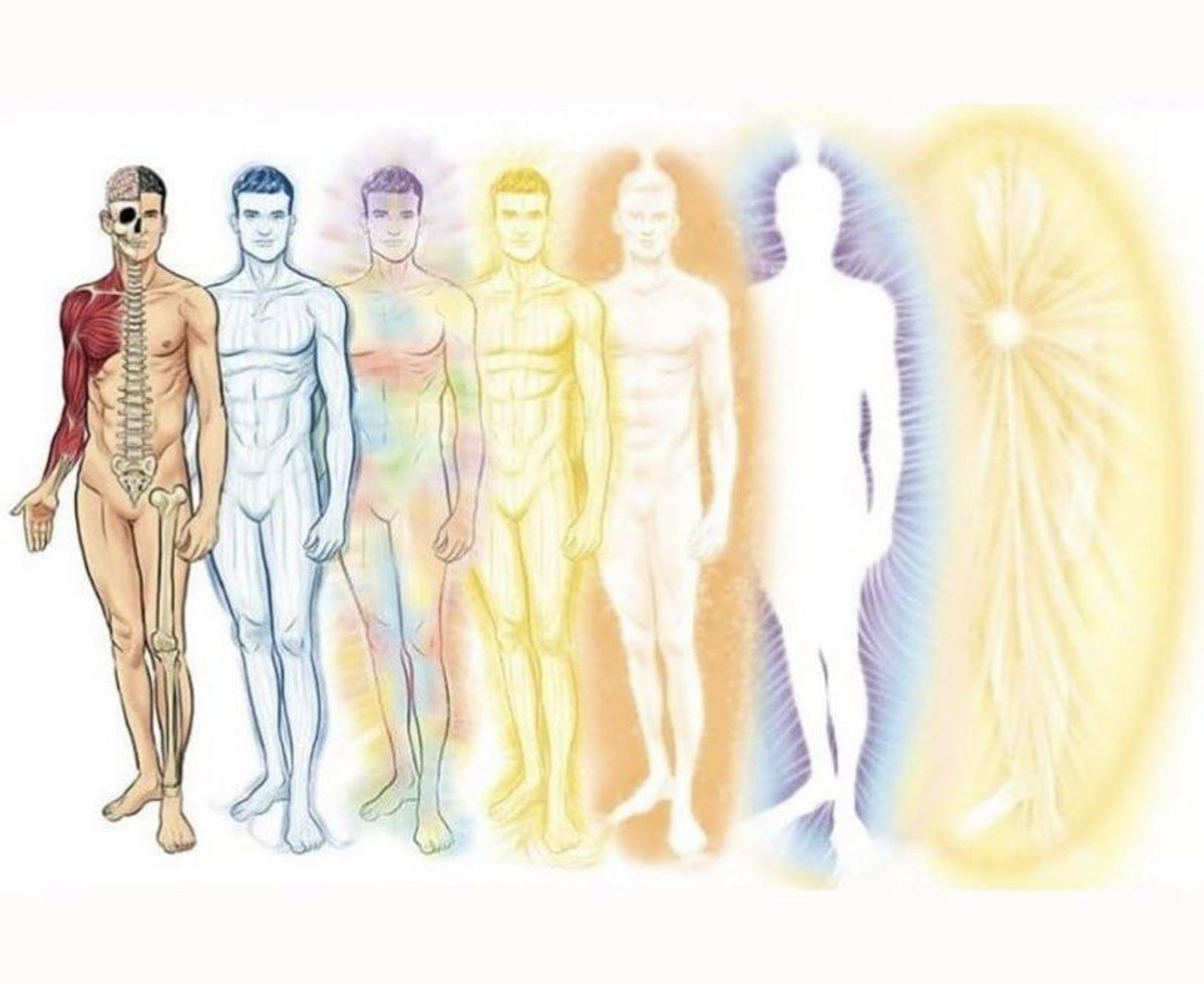



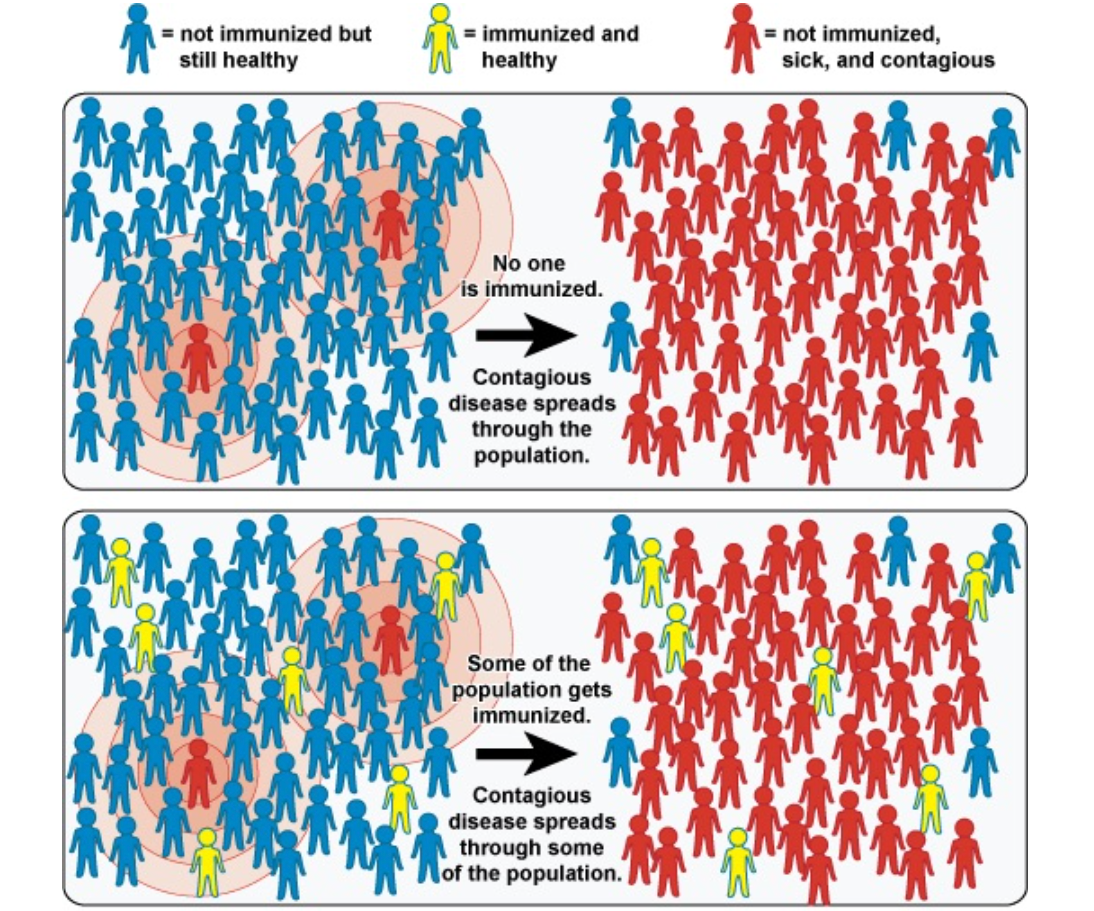
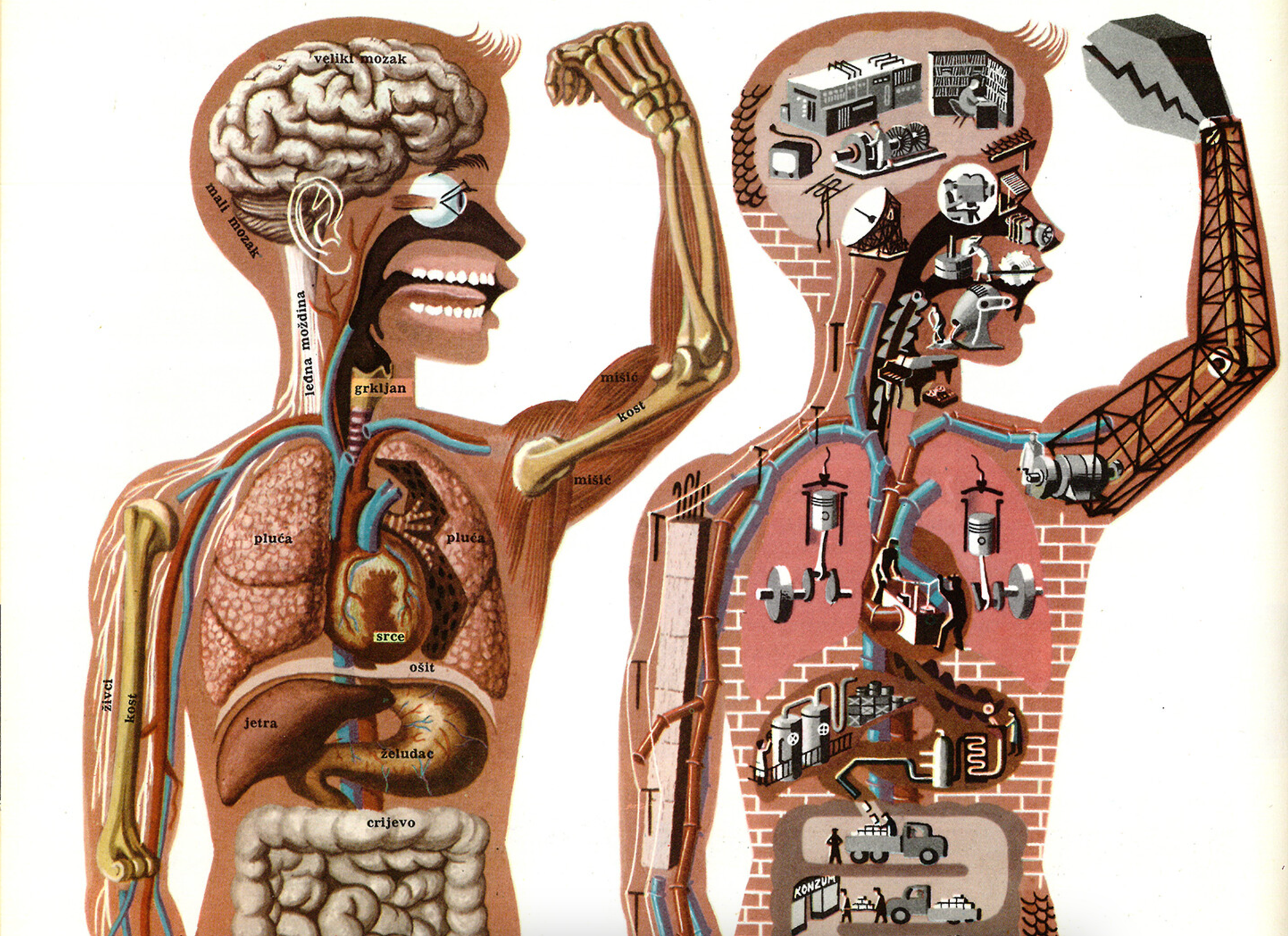

Discussion